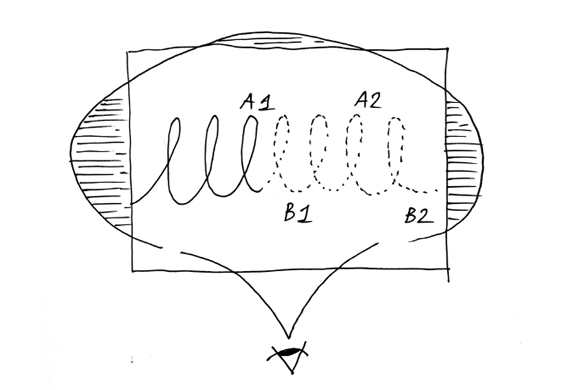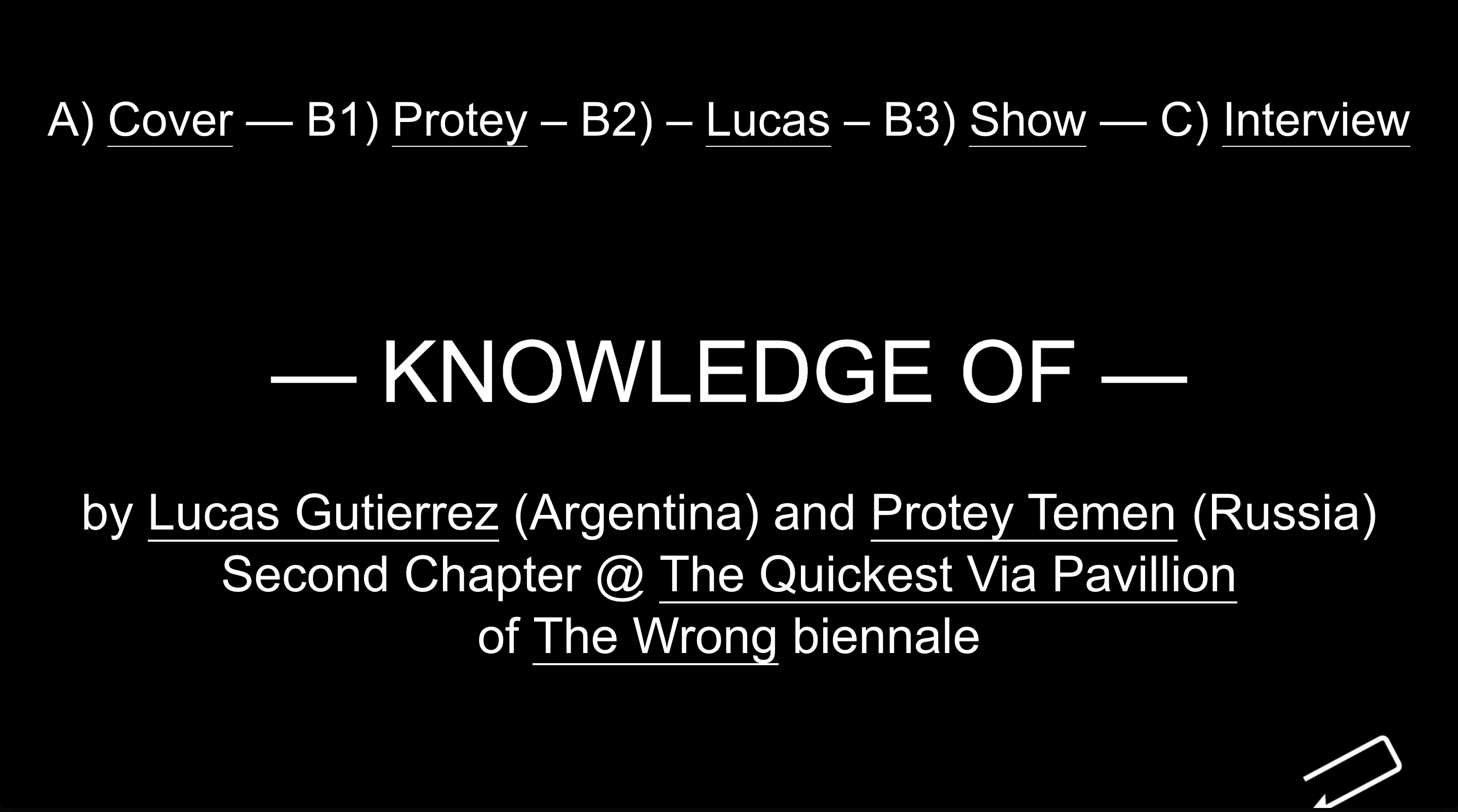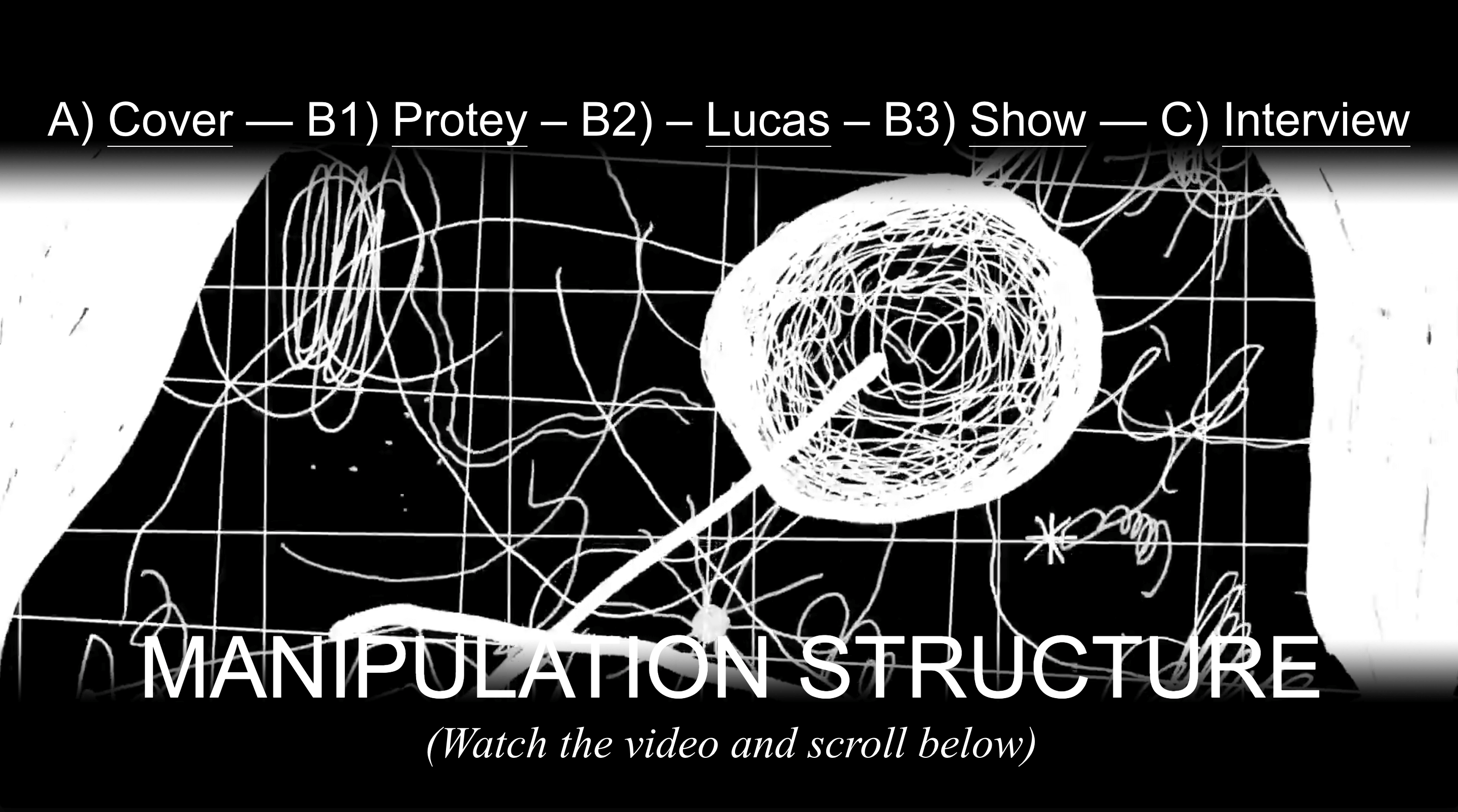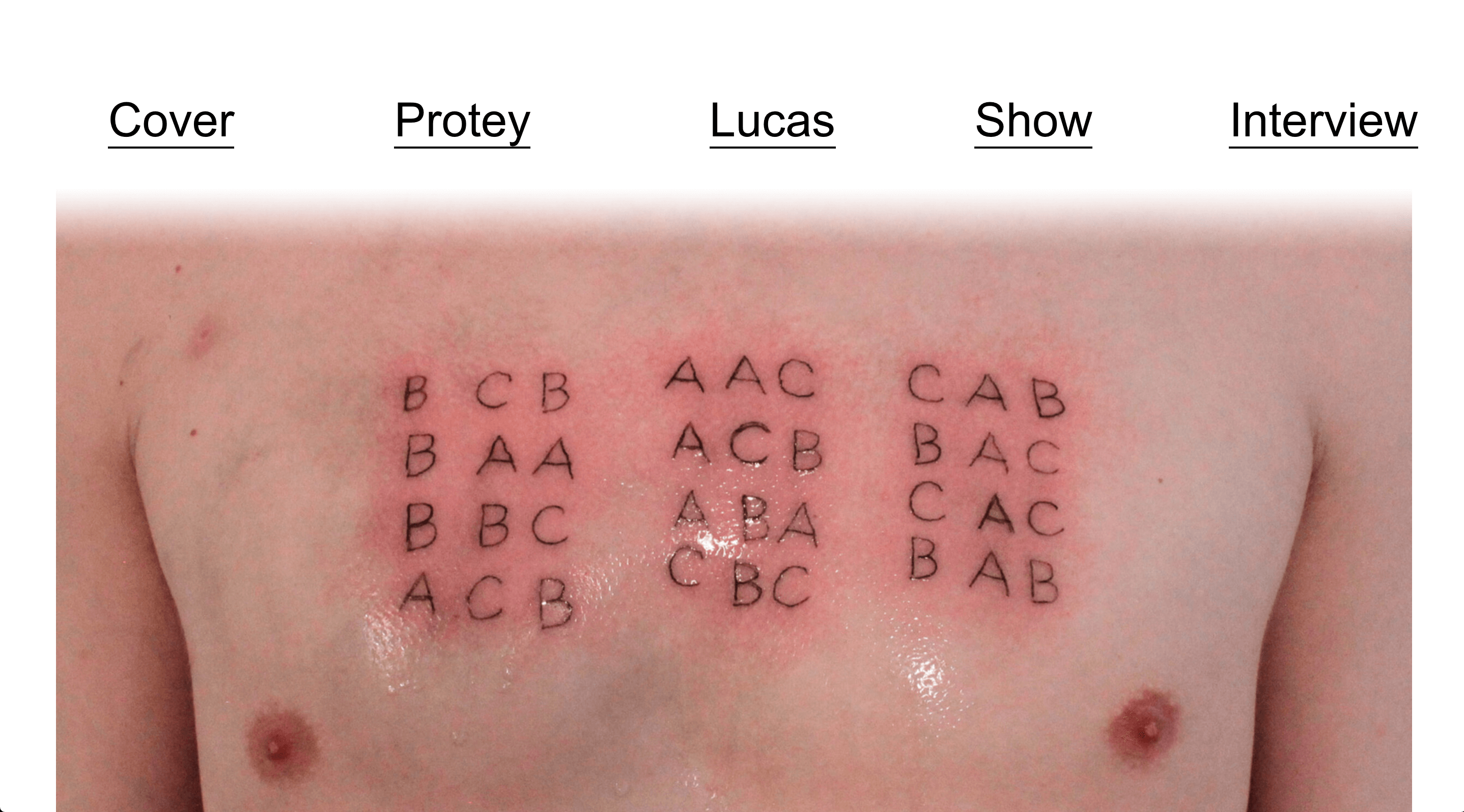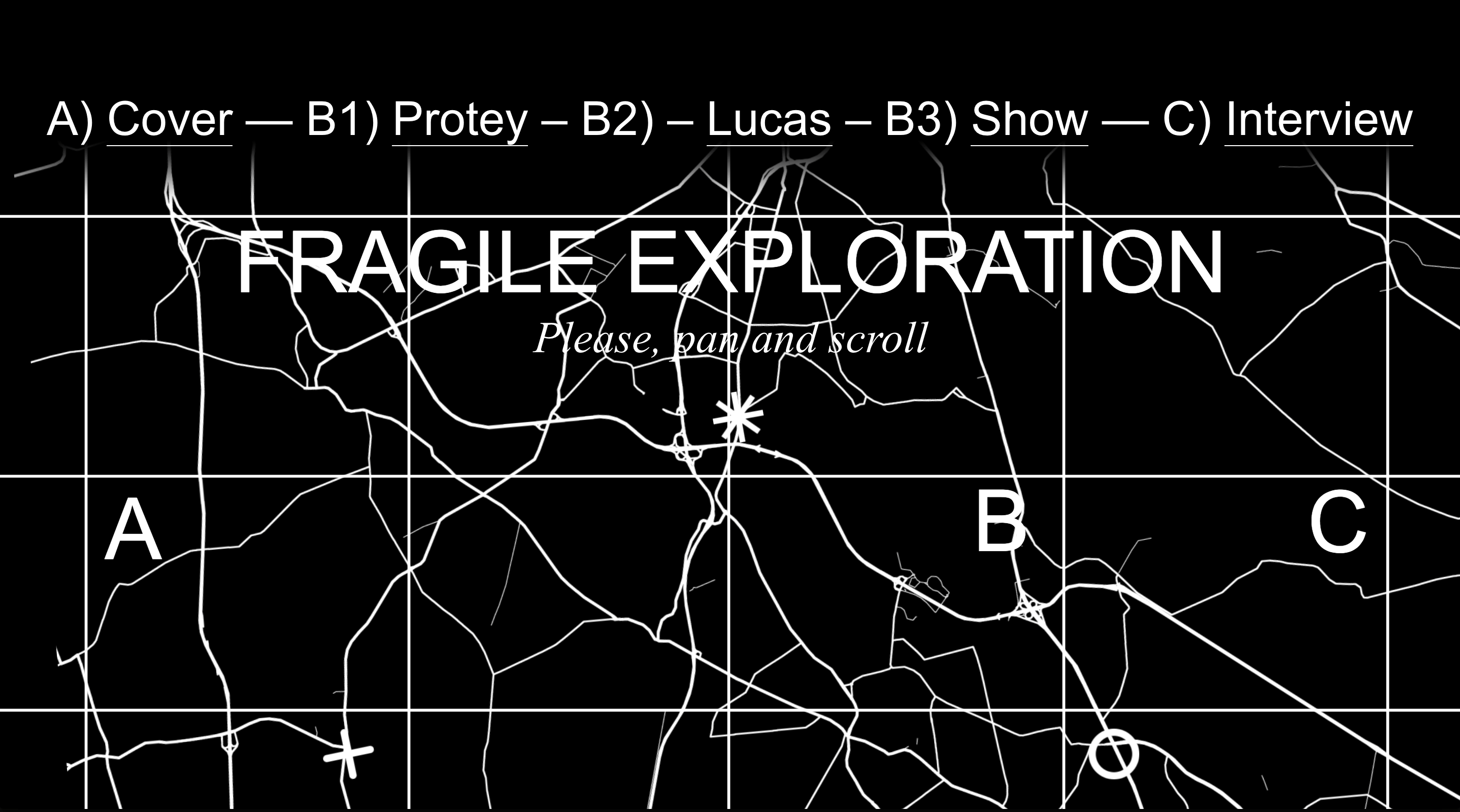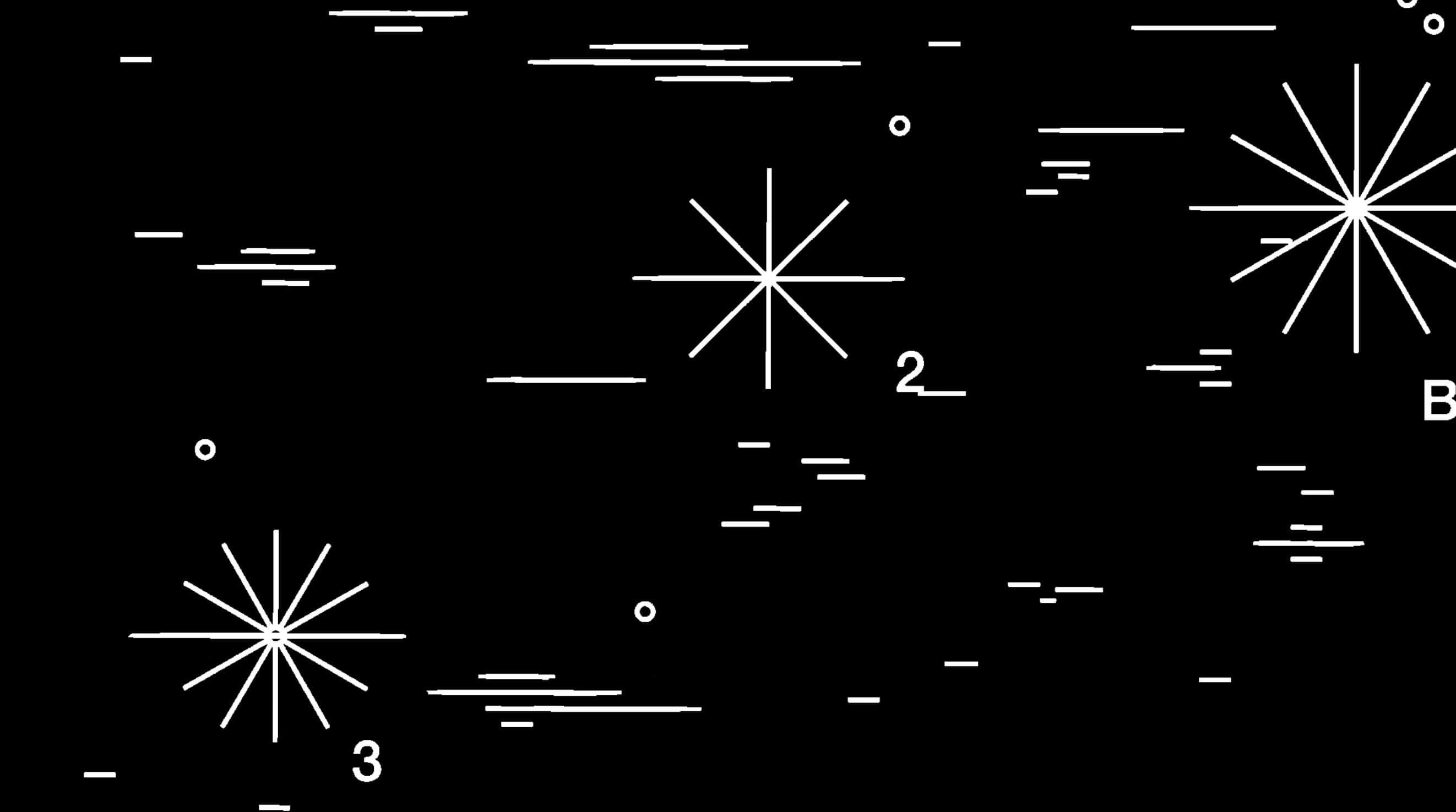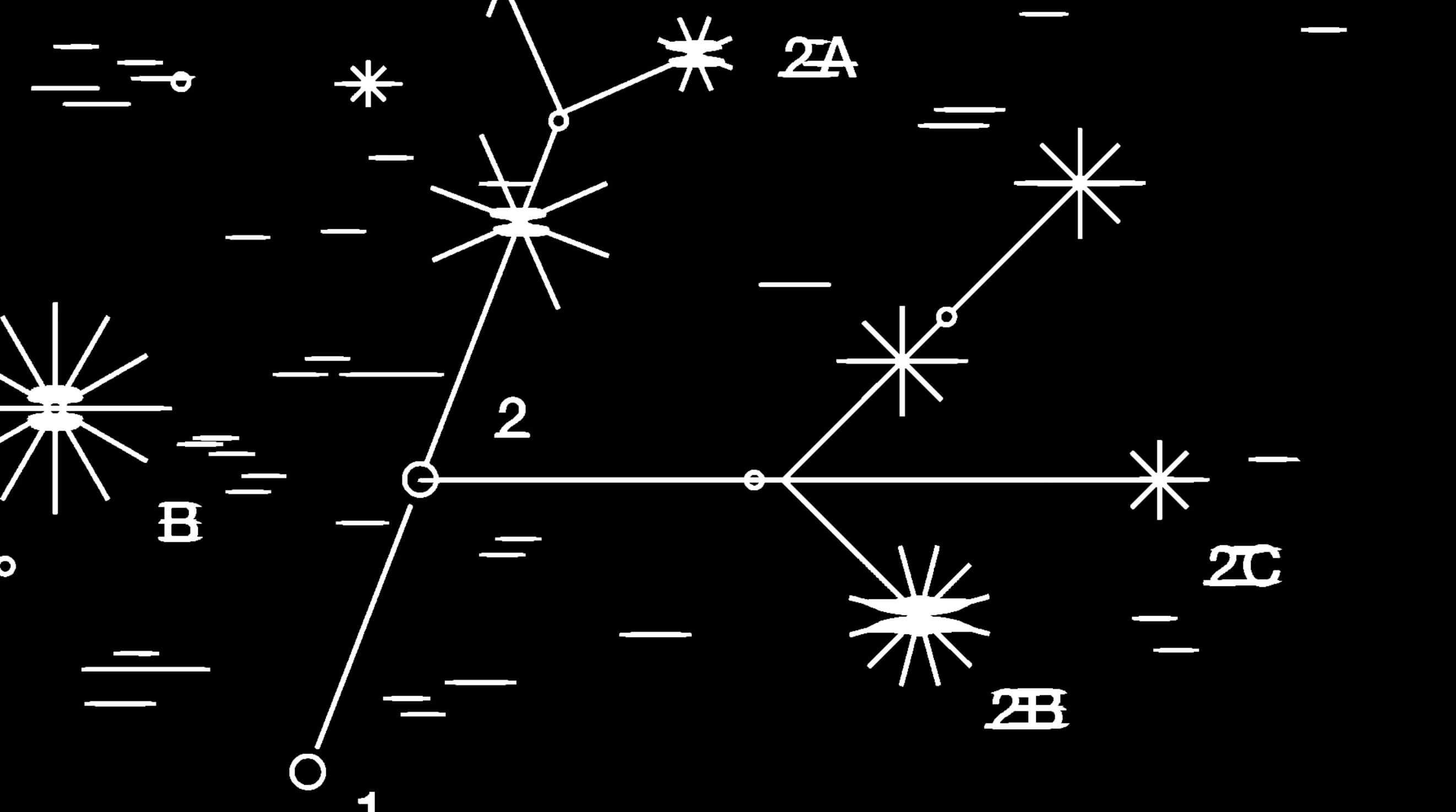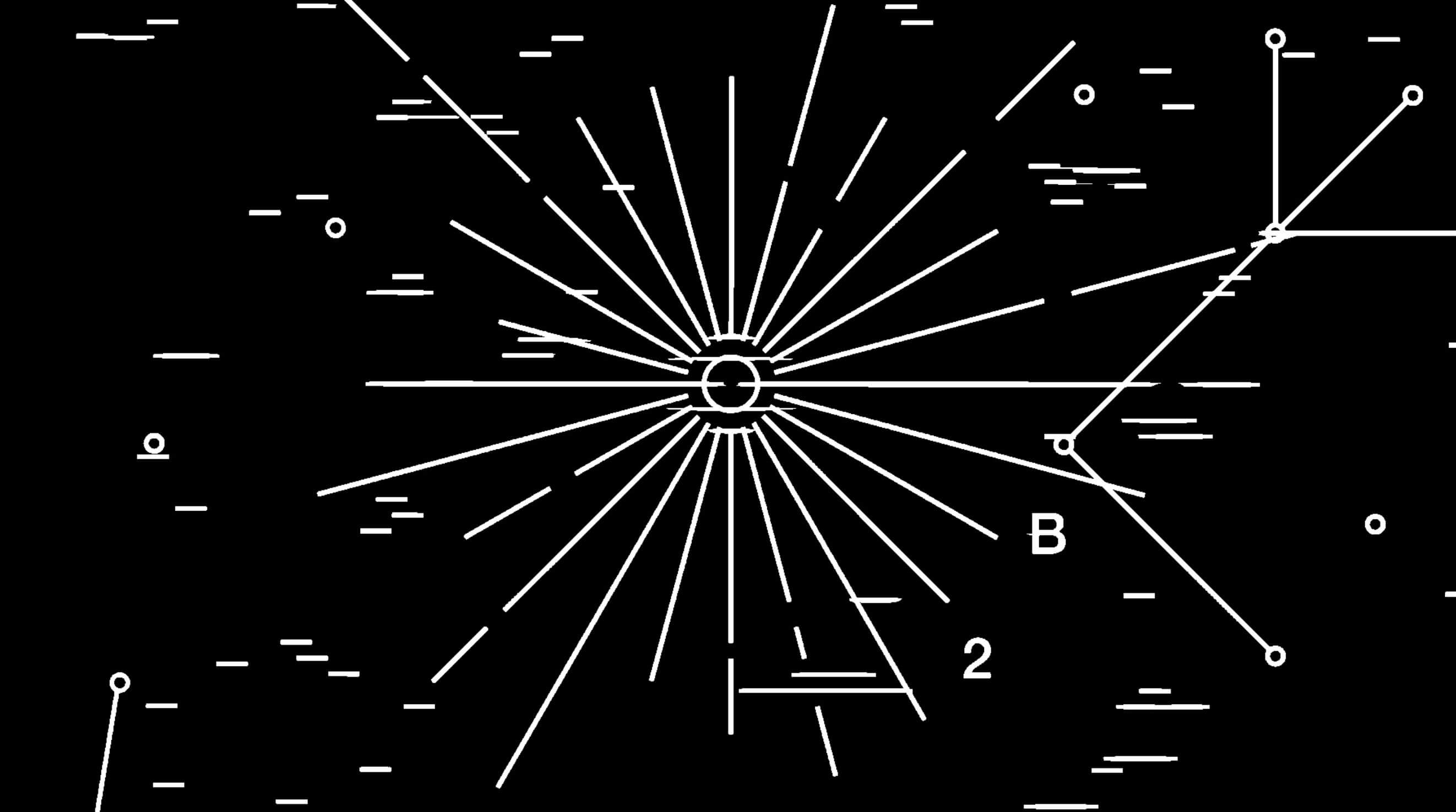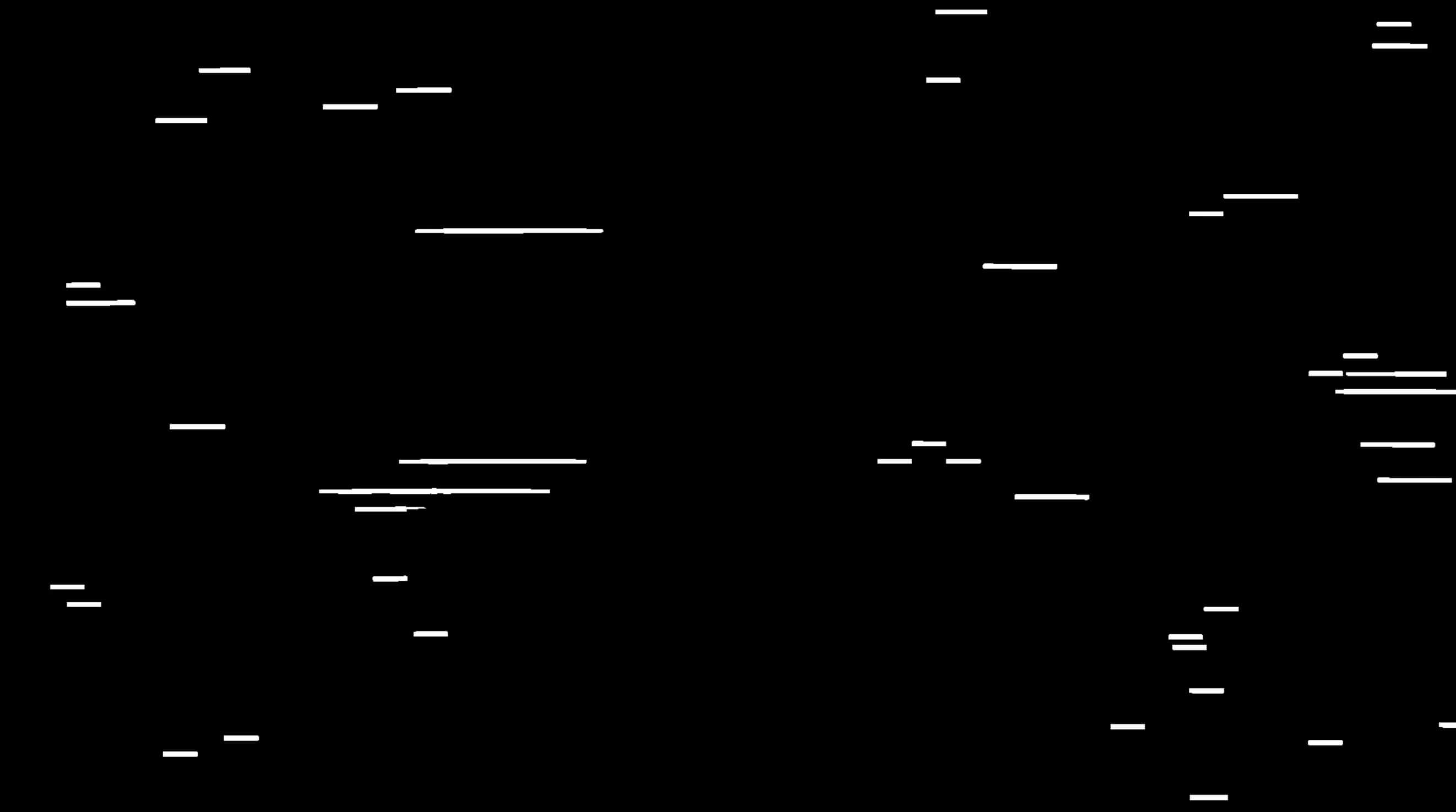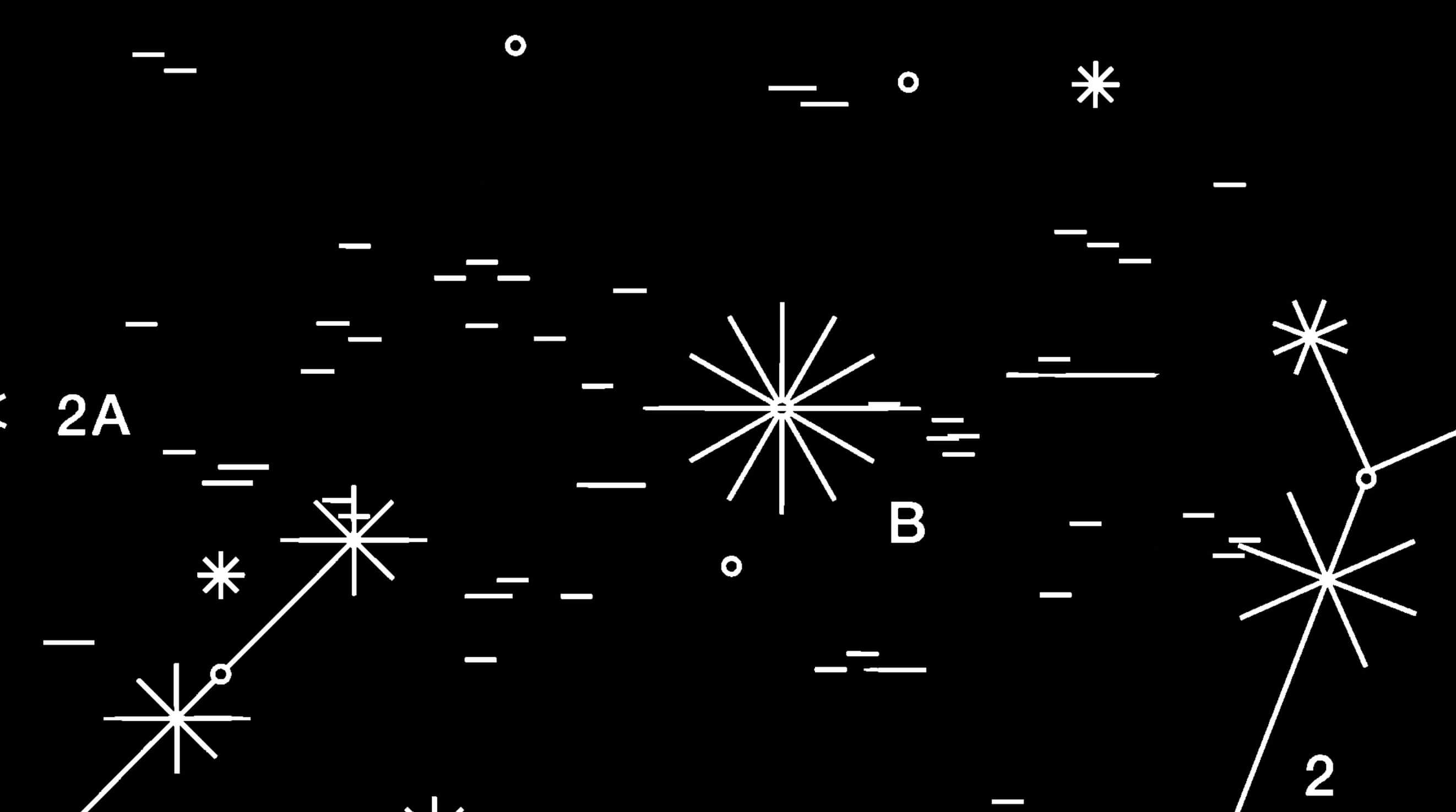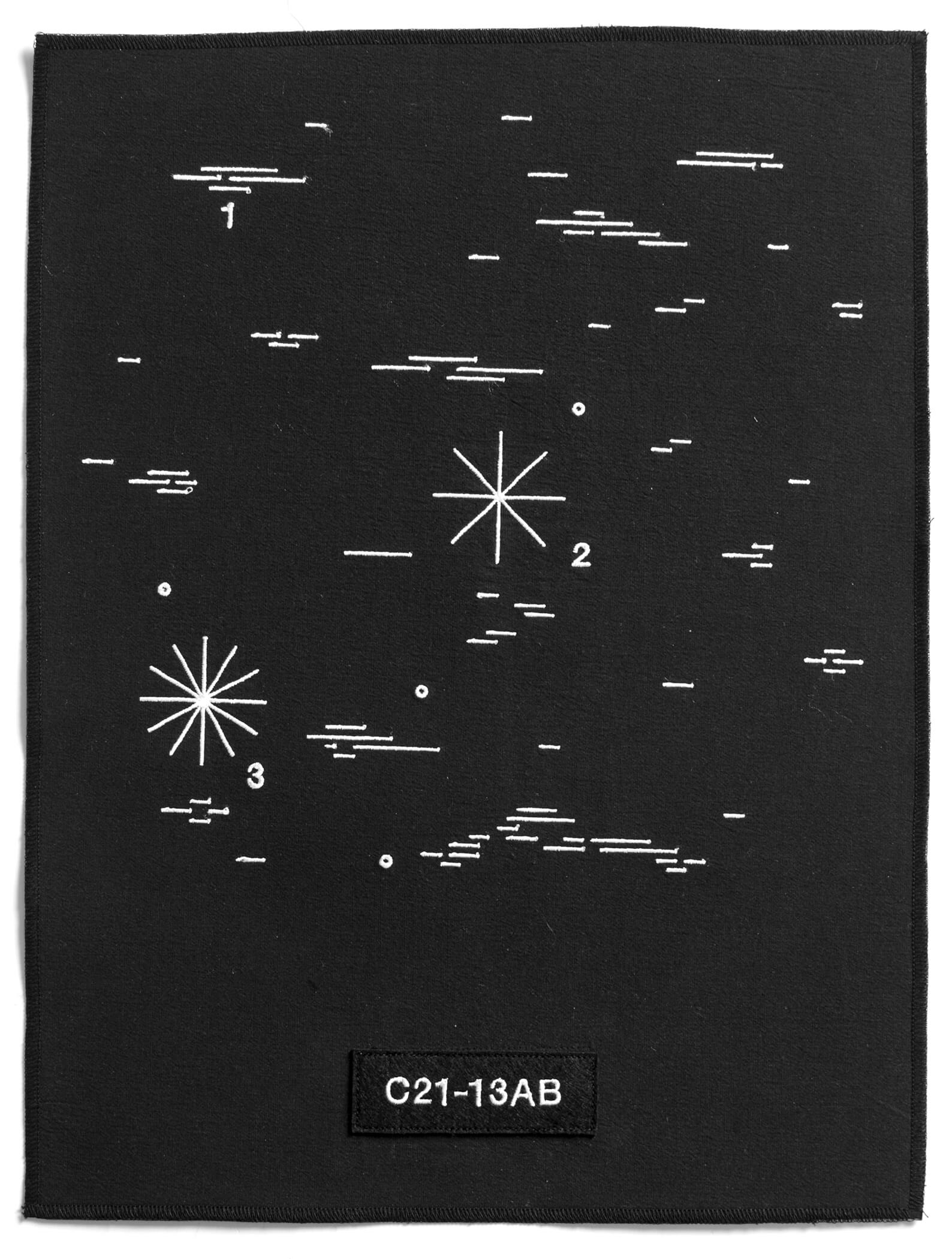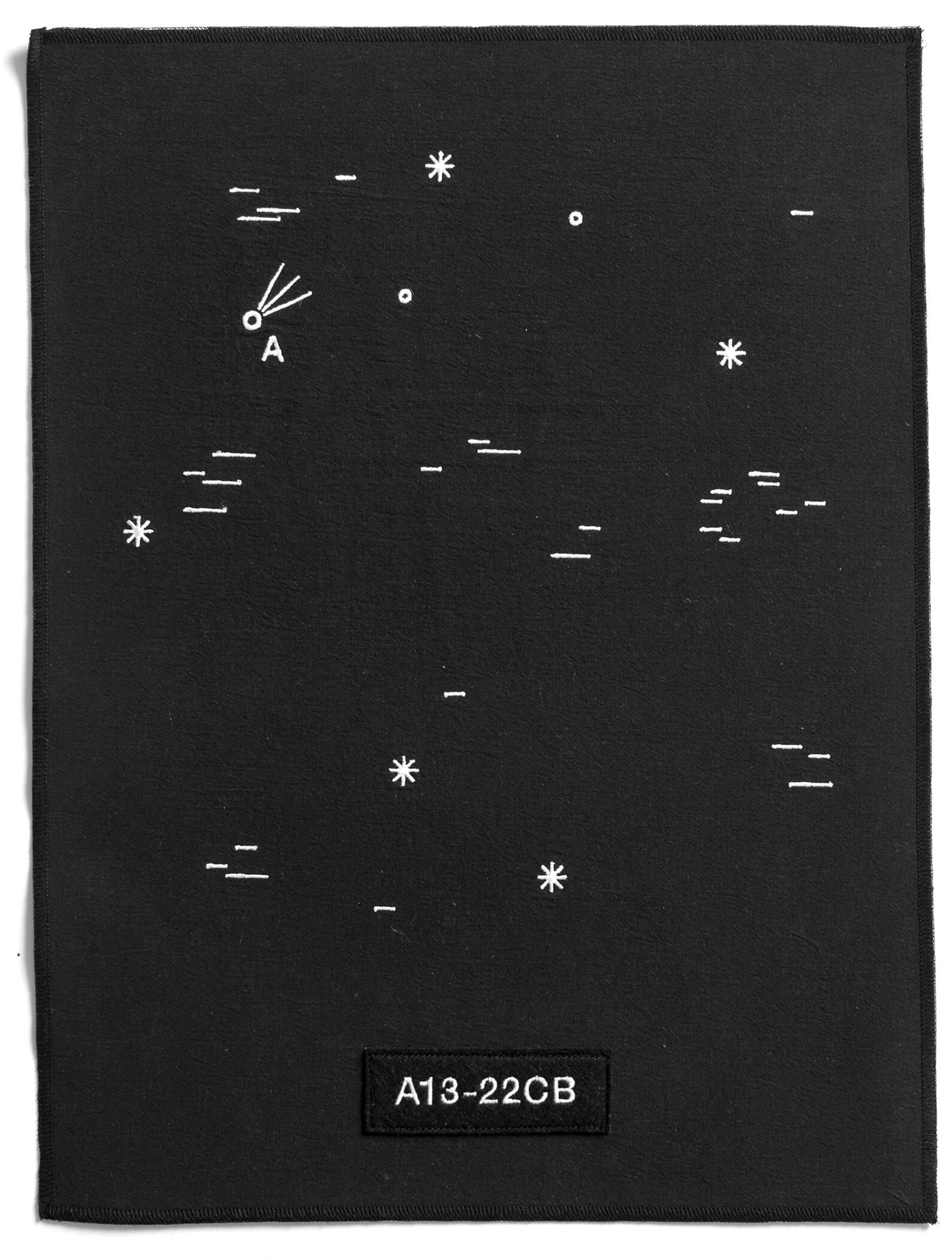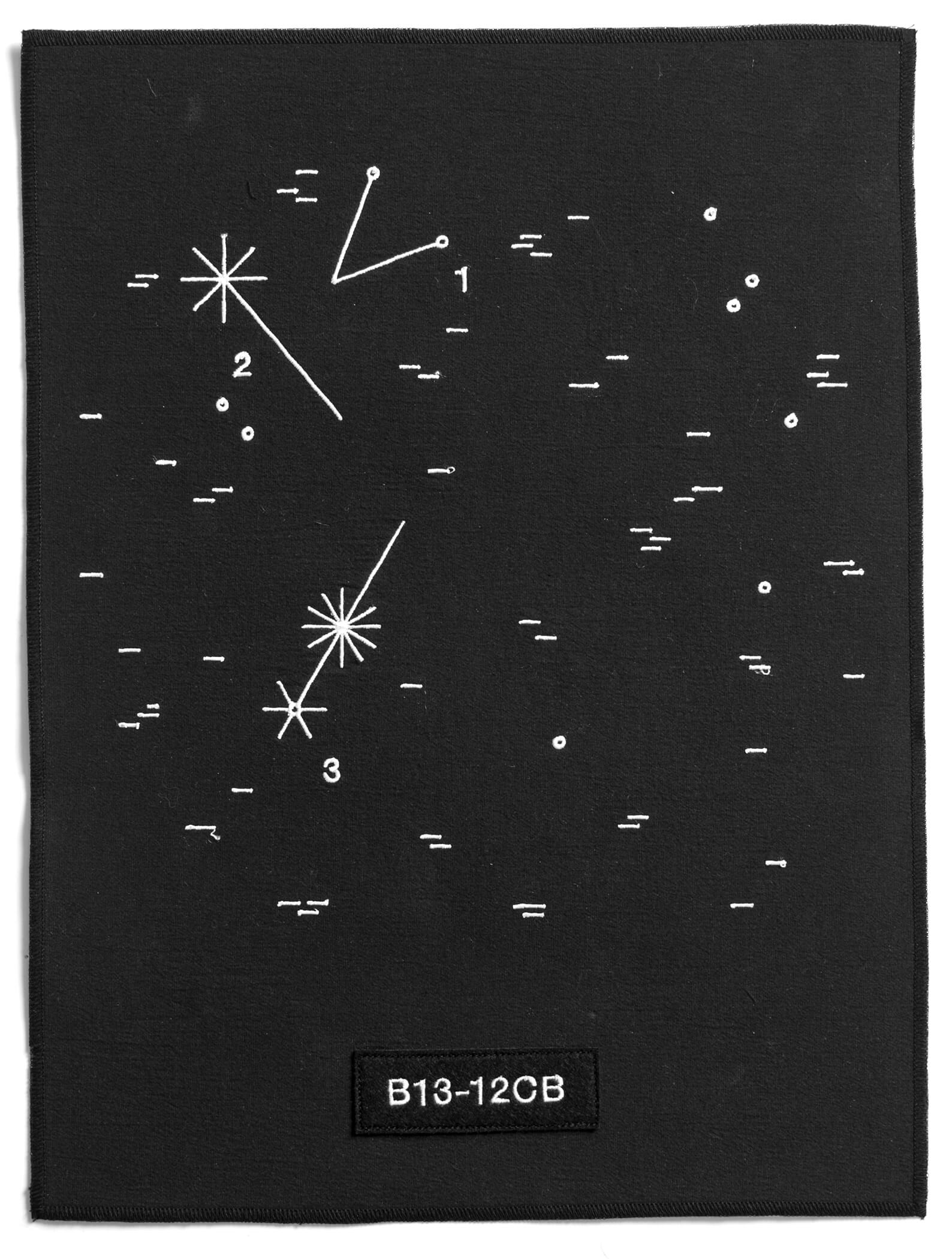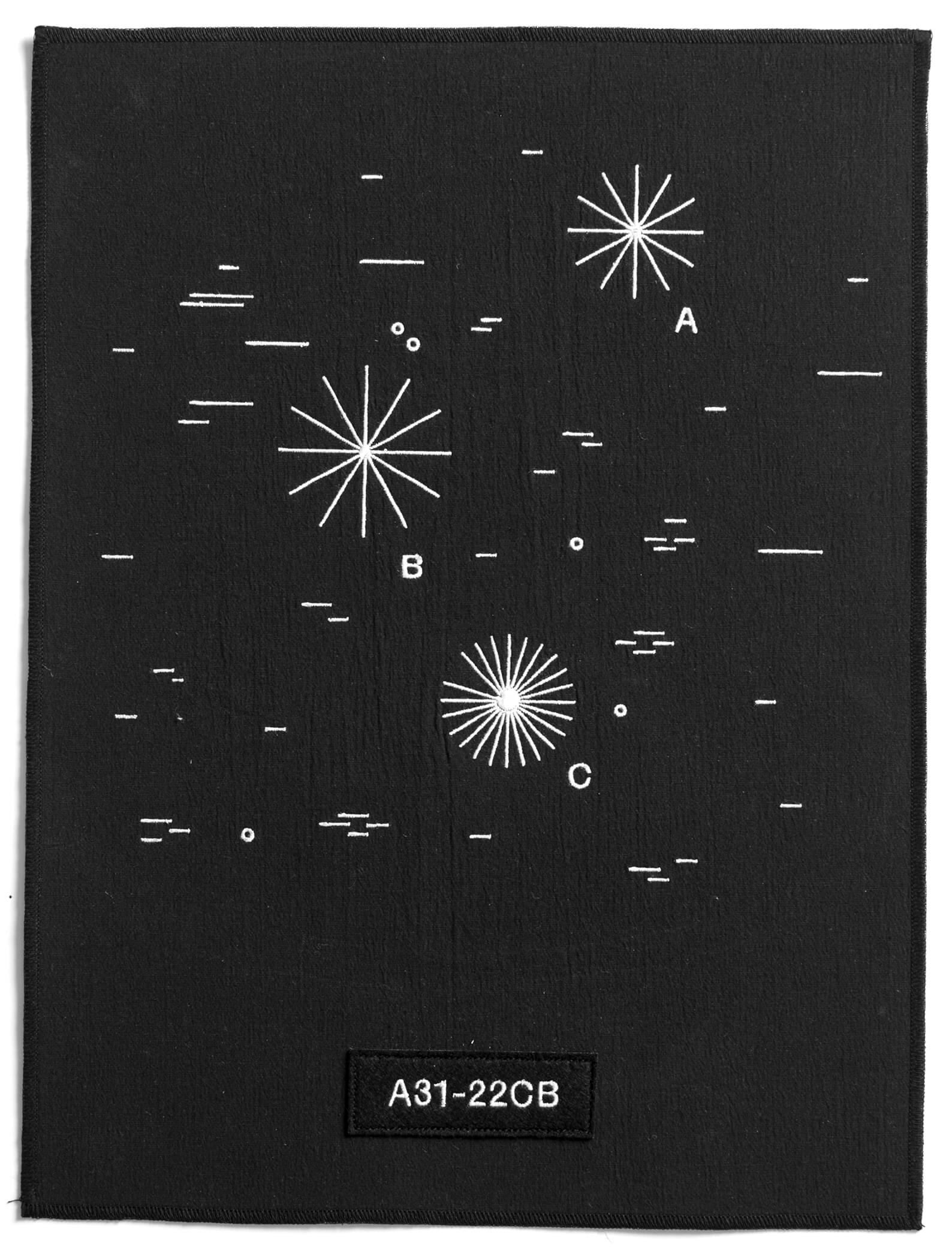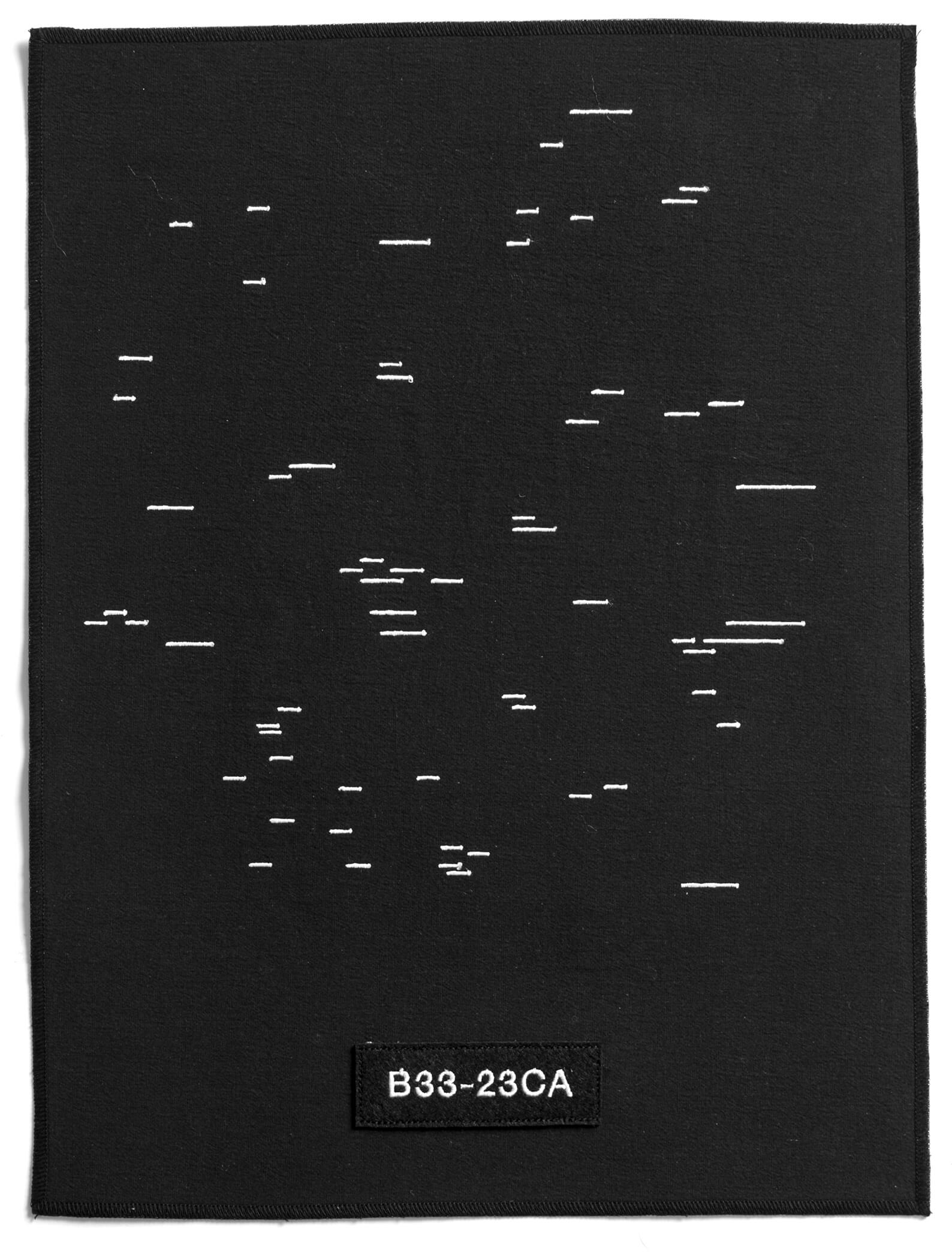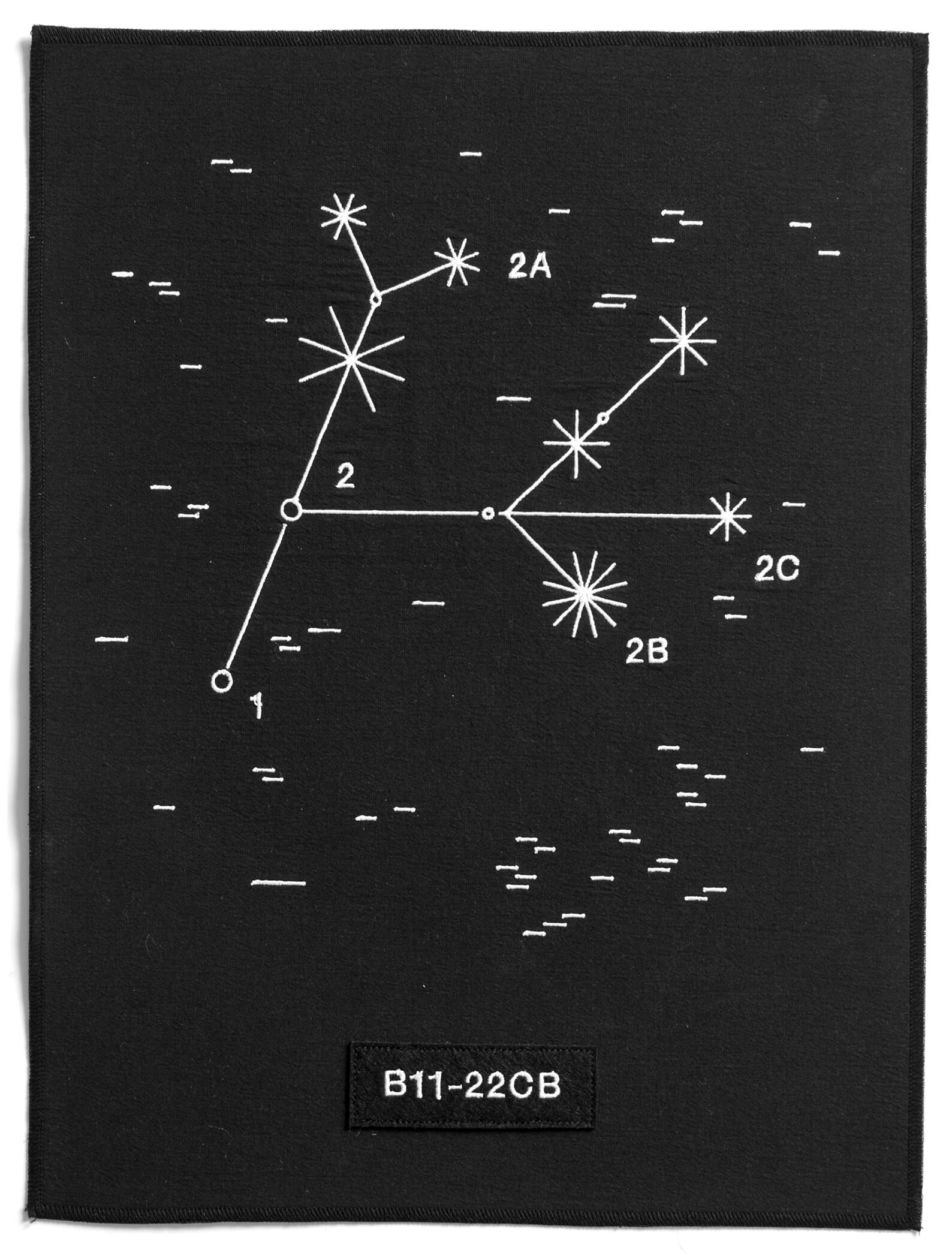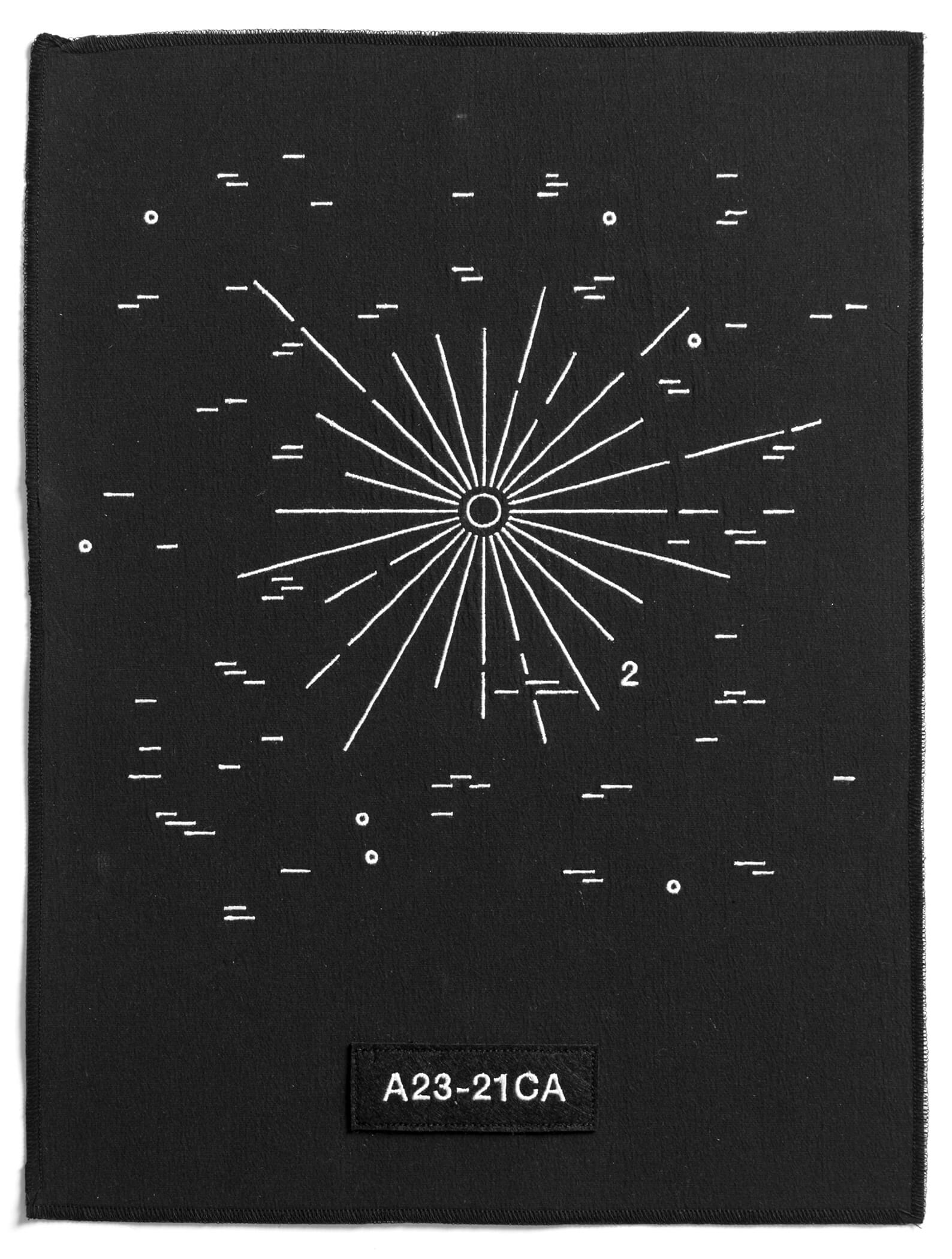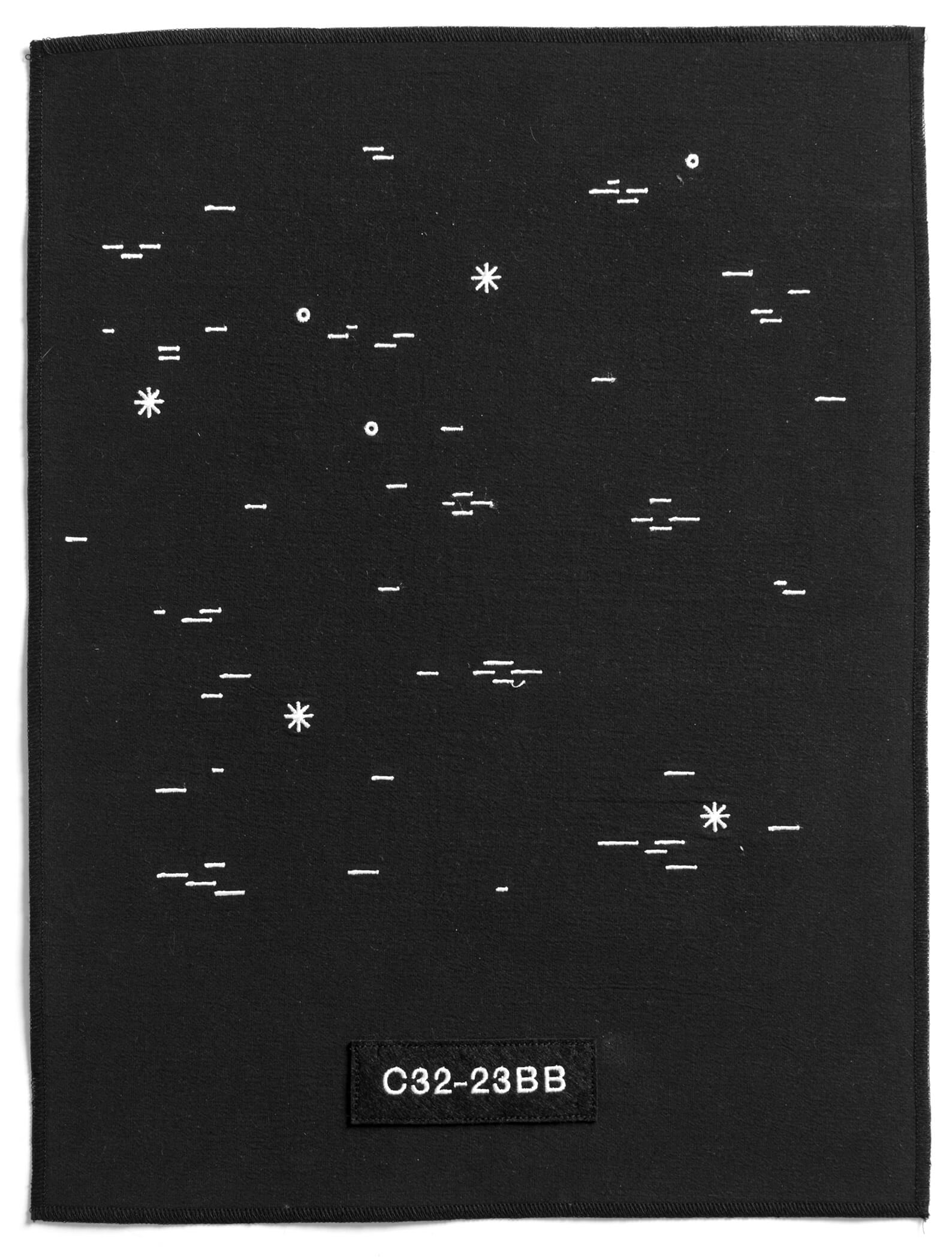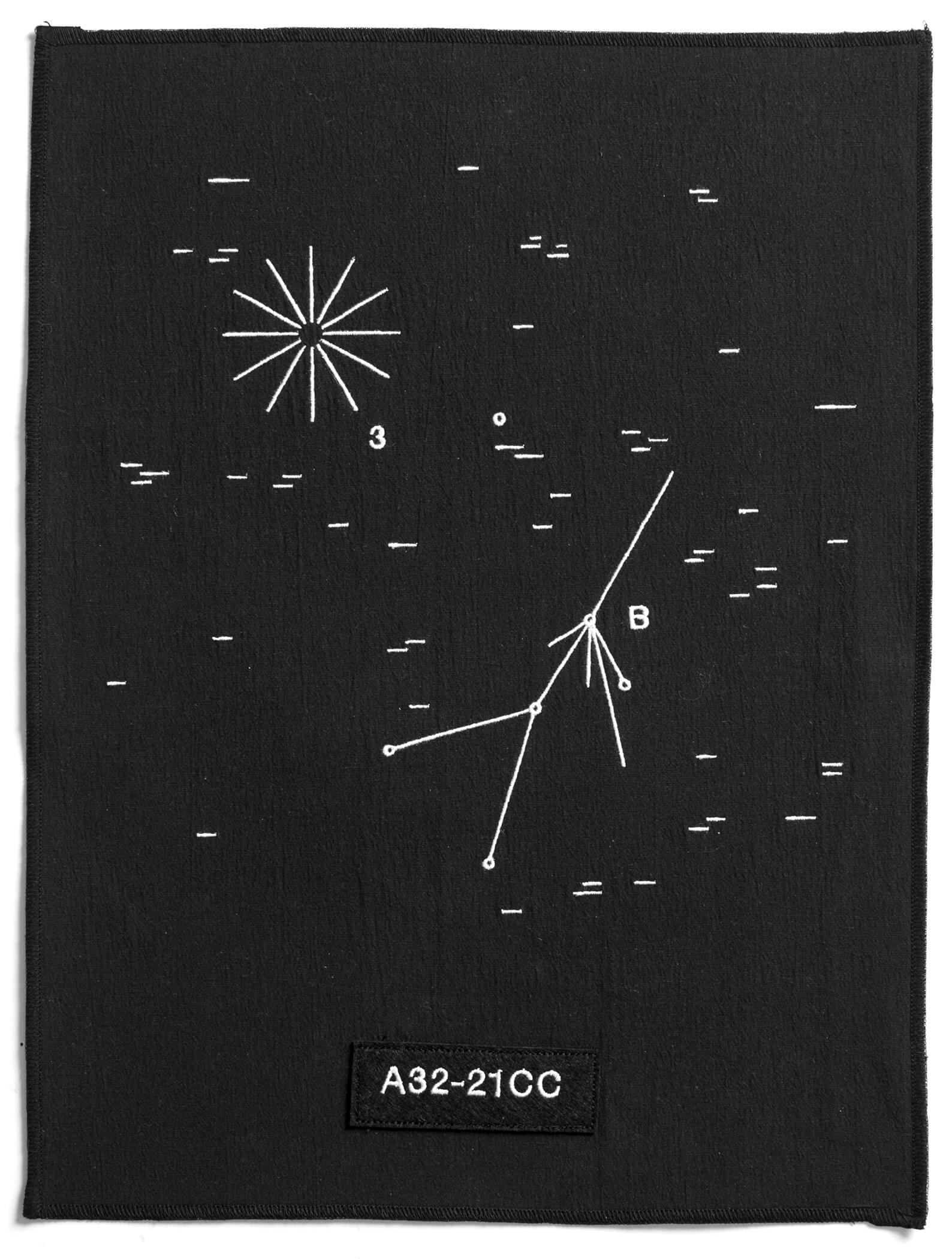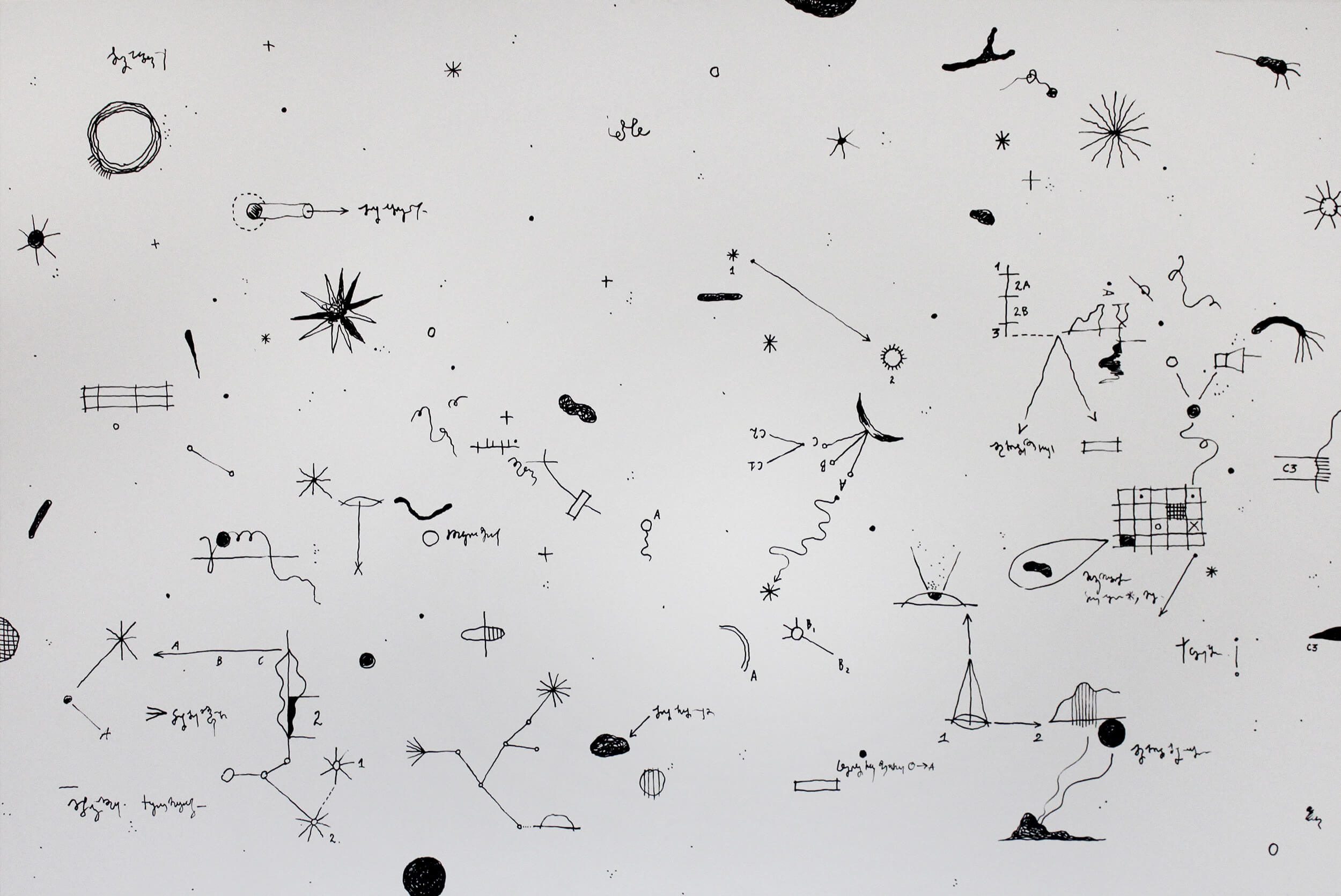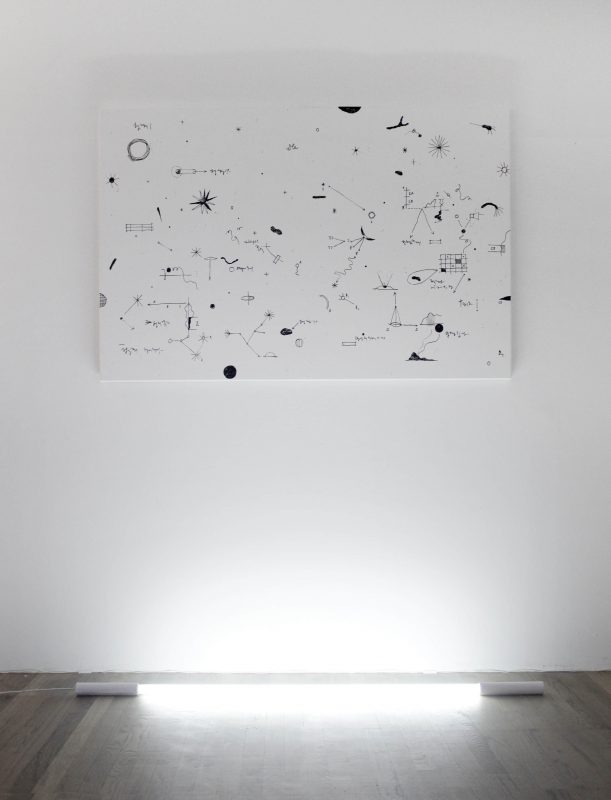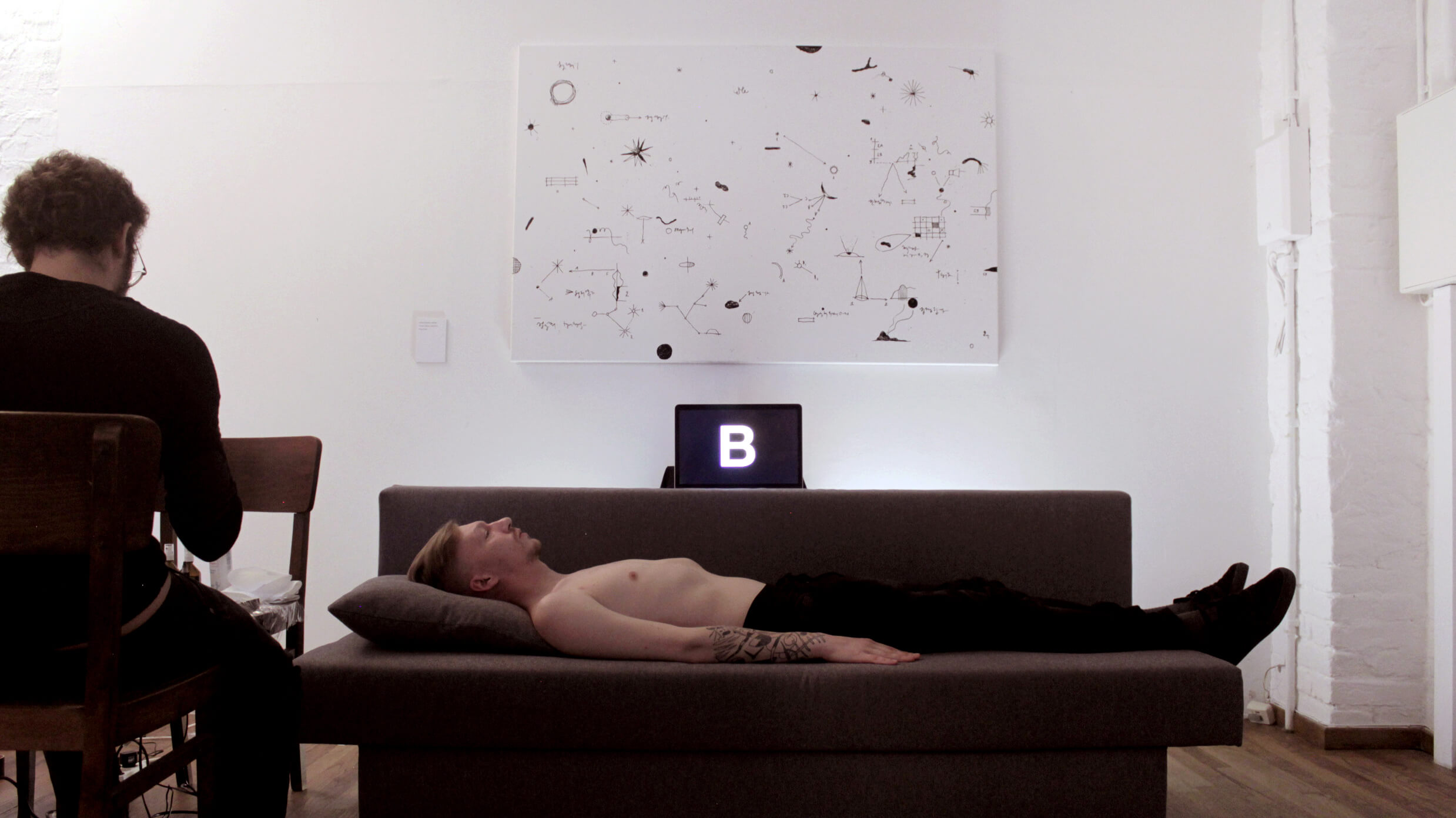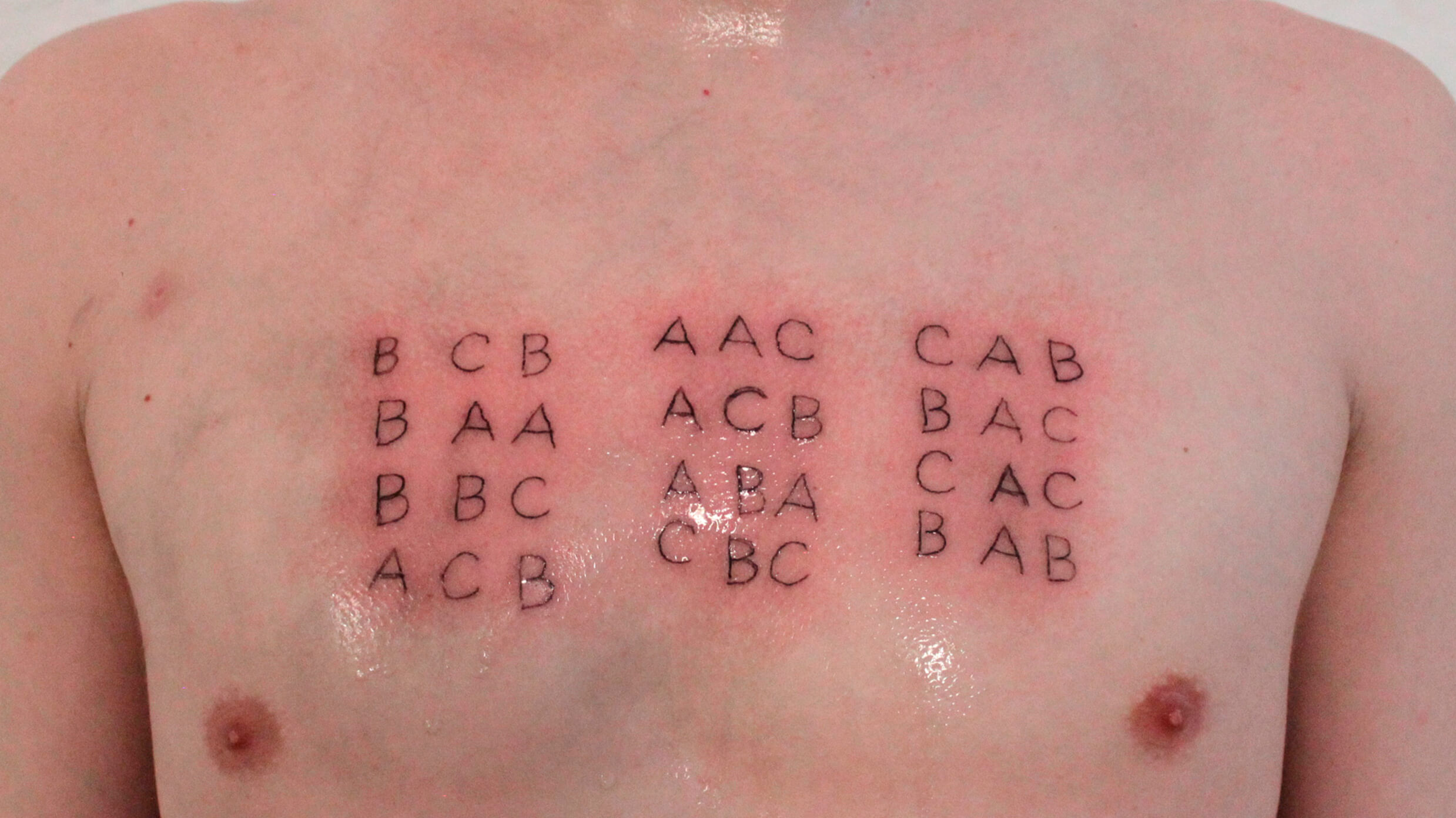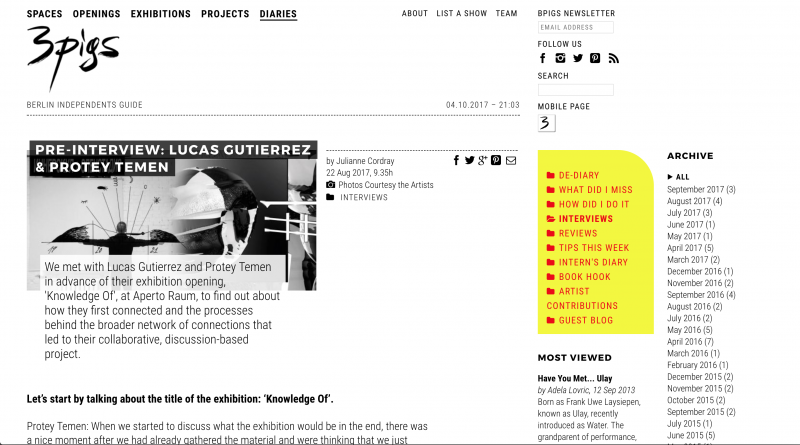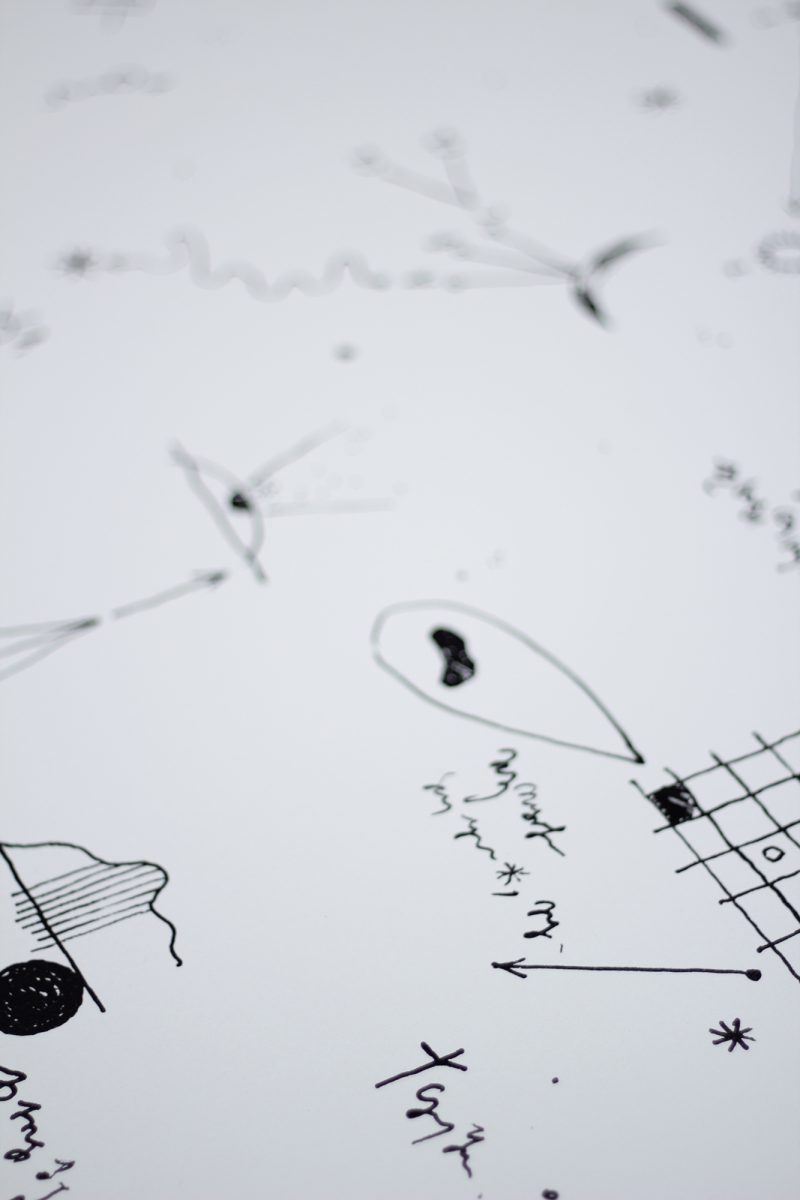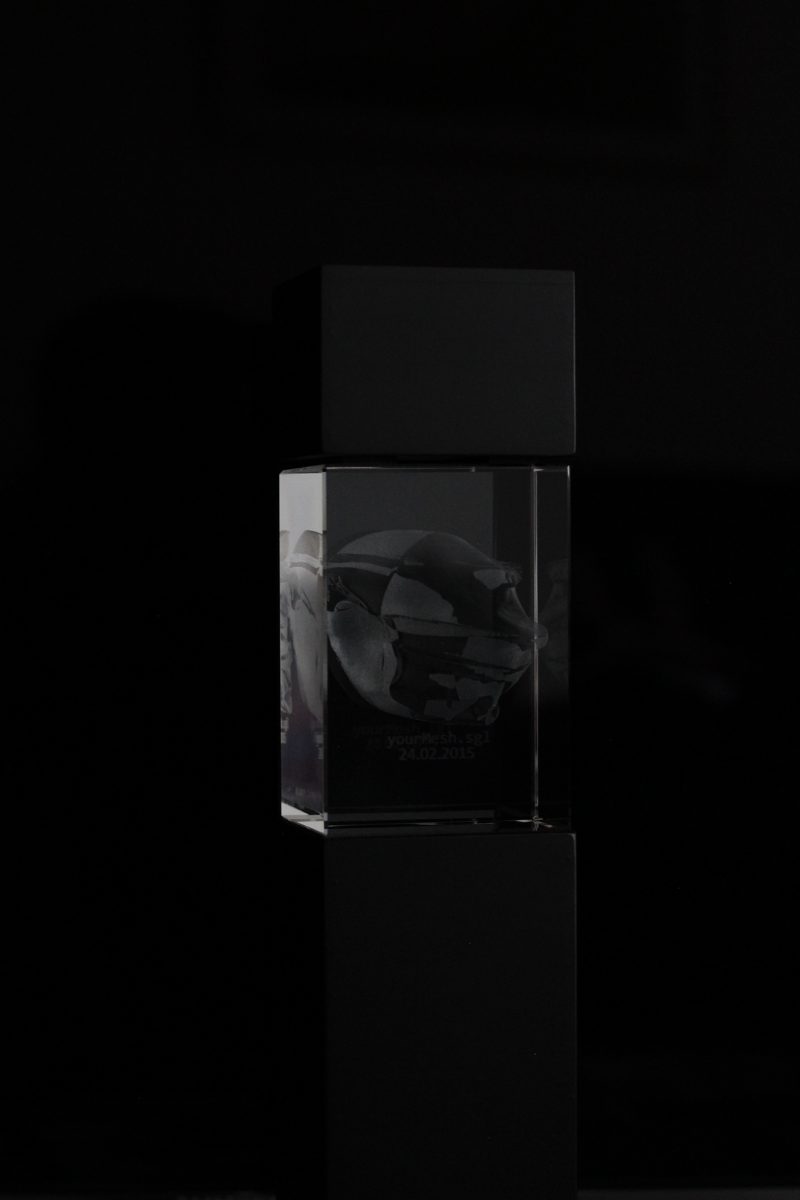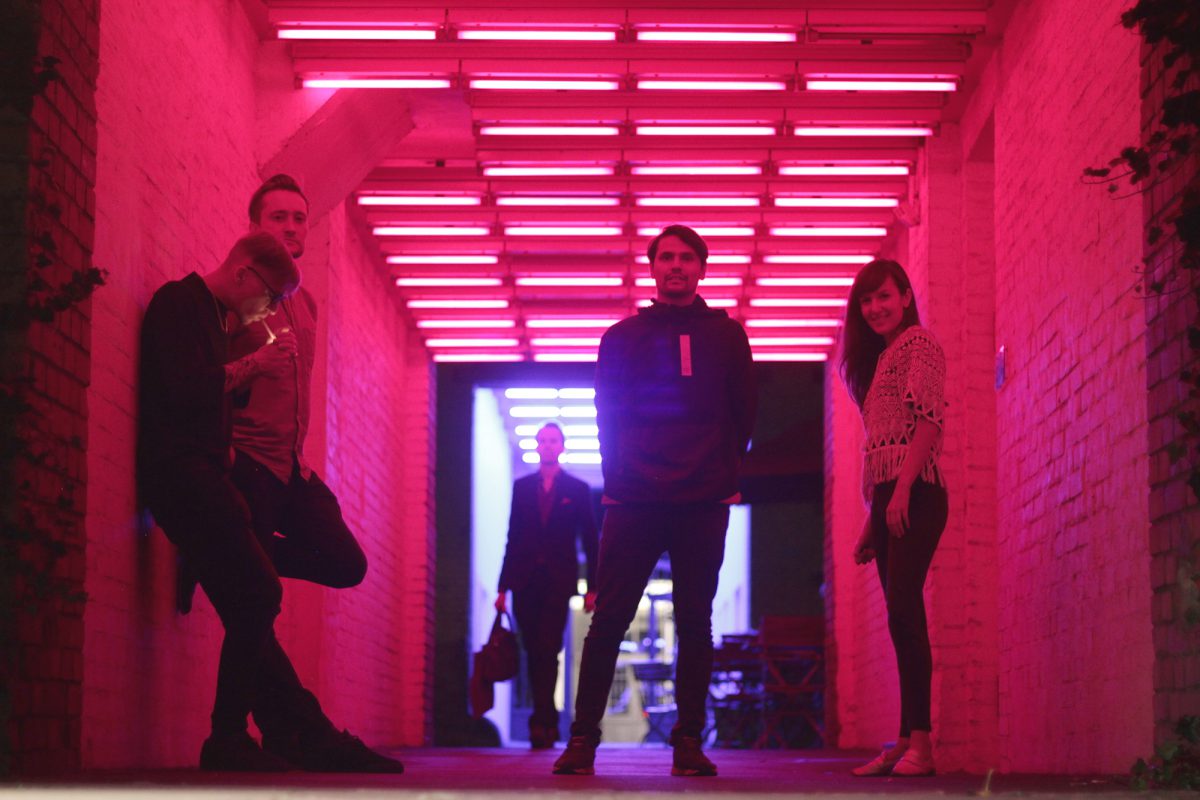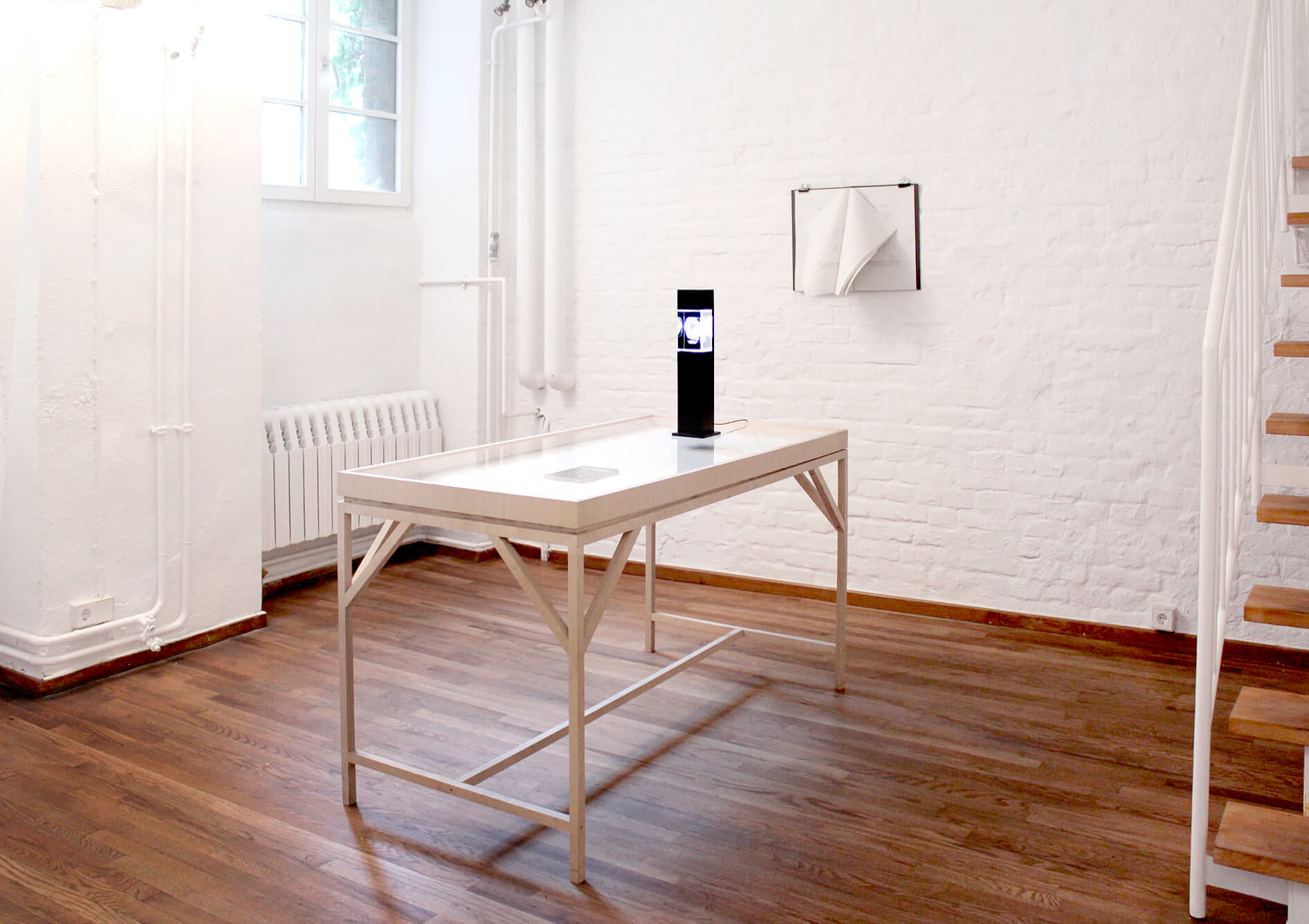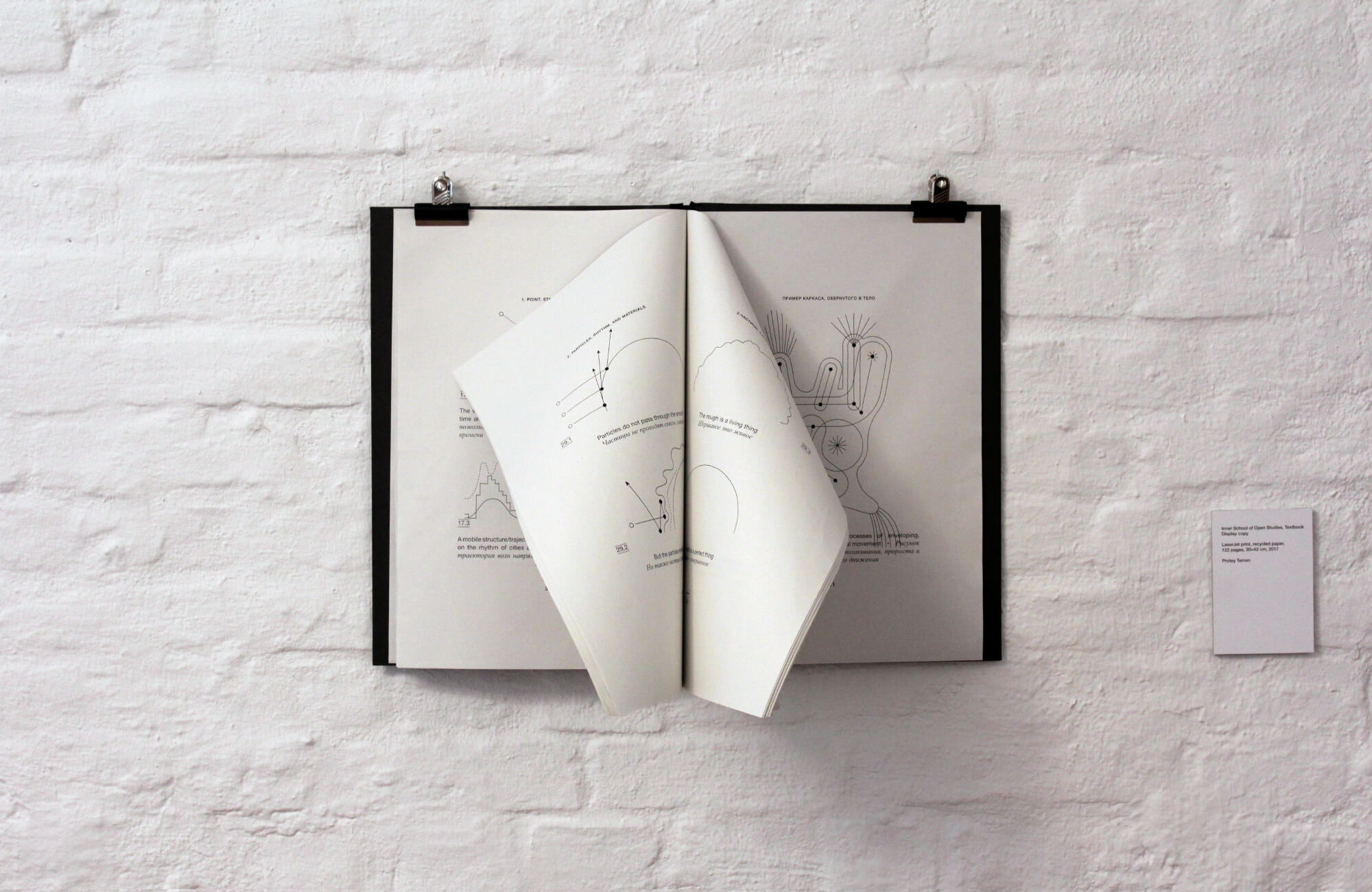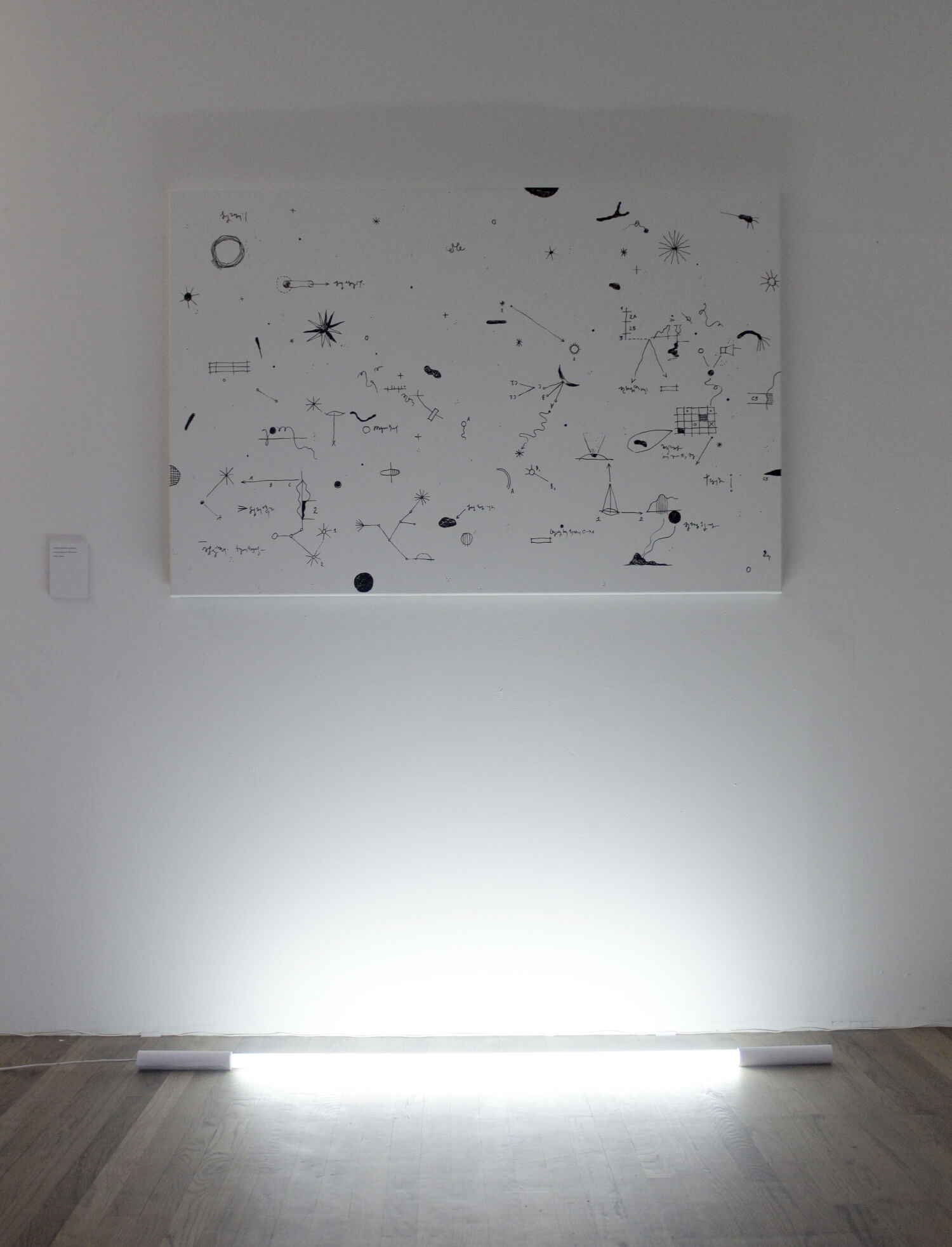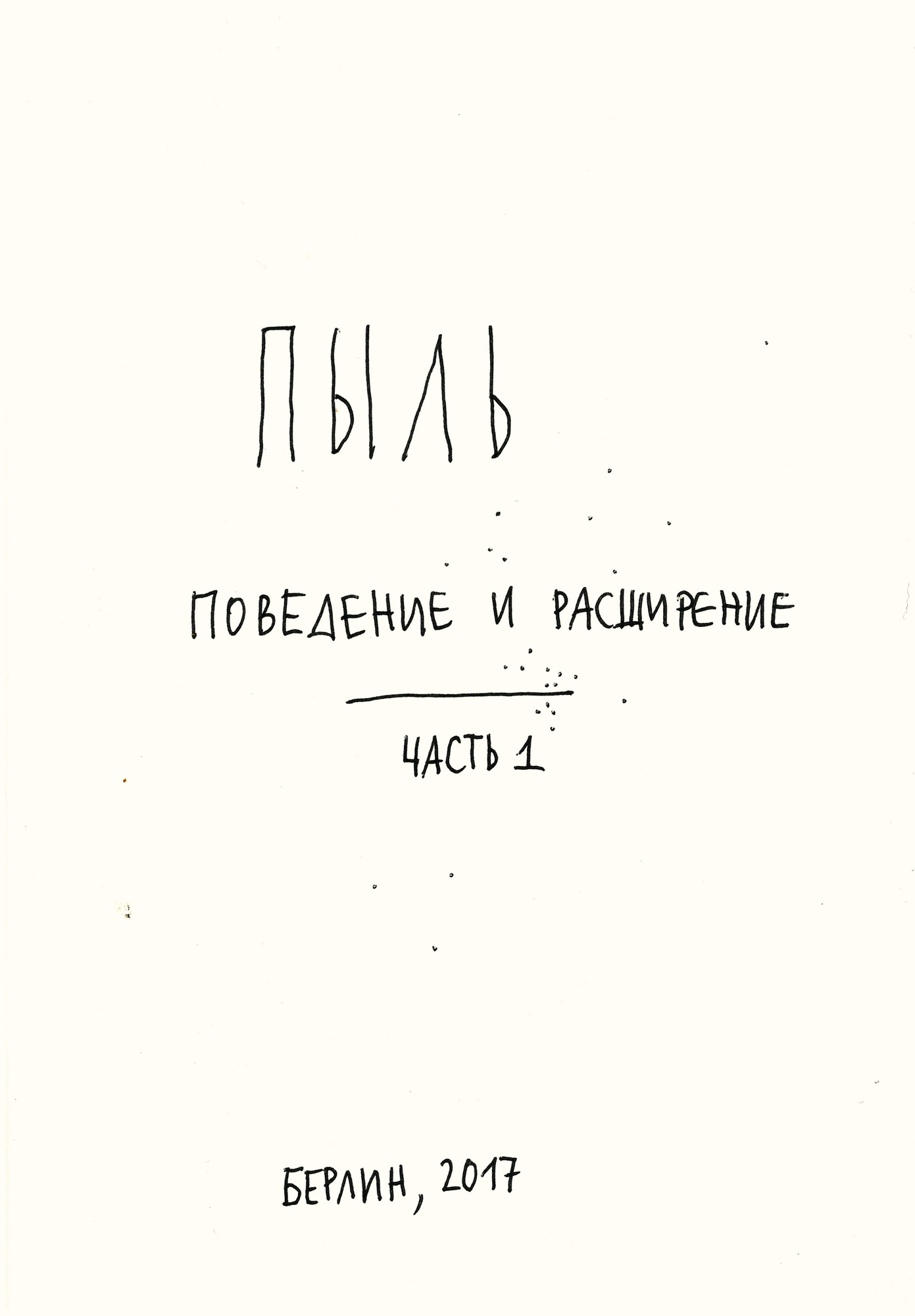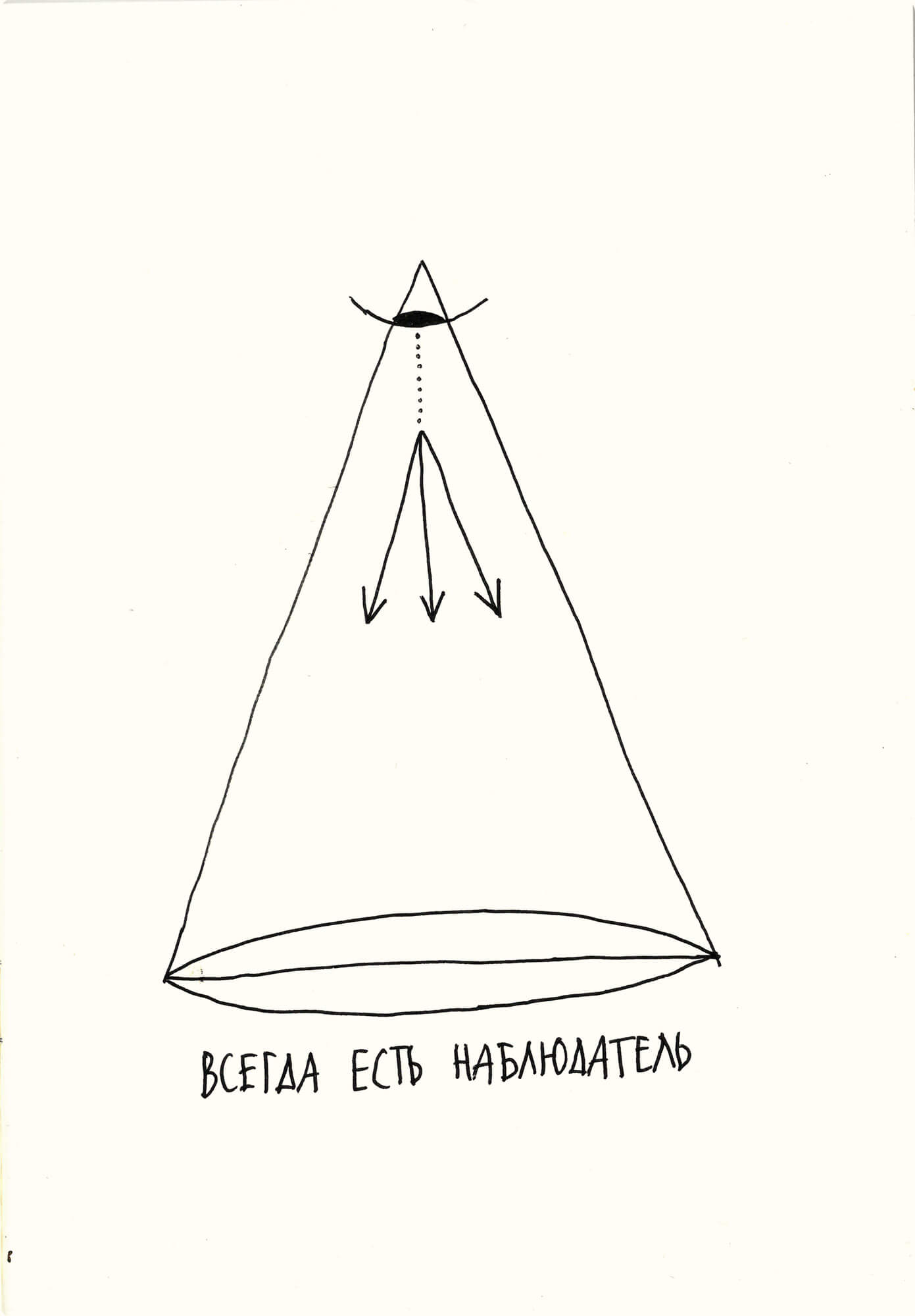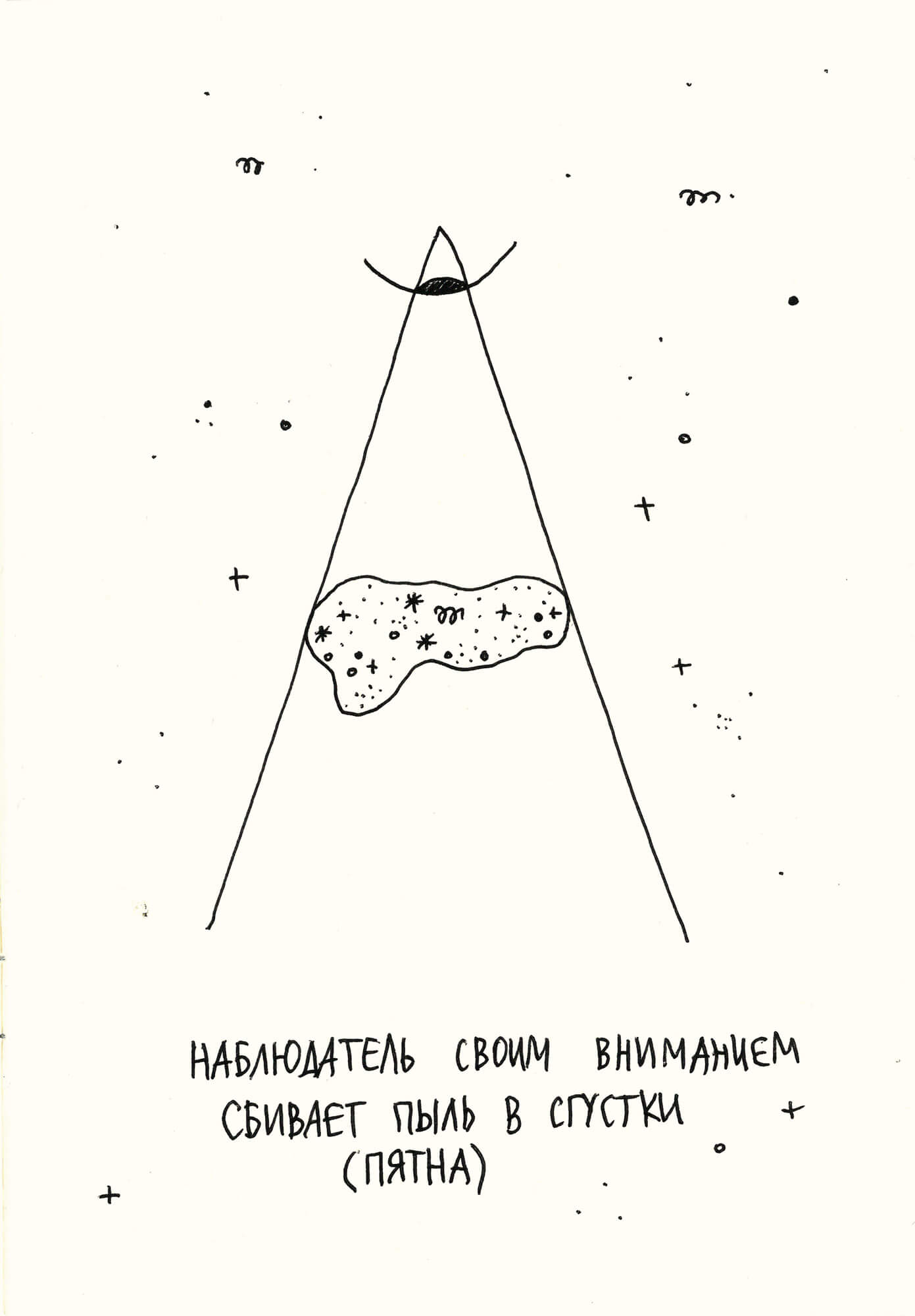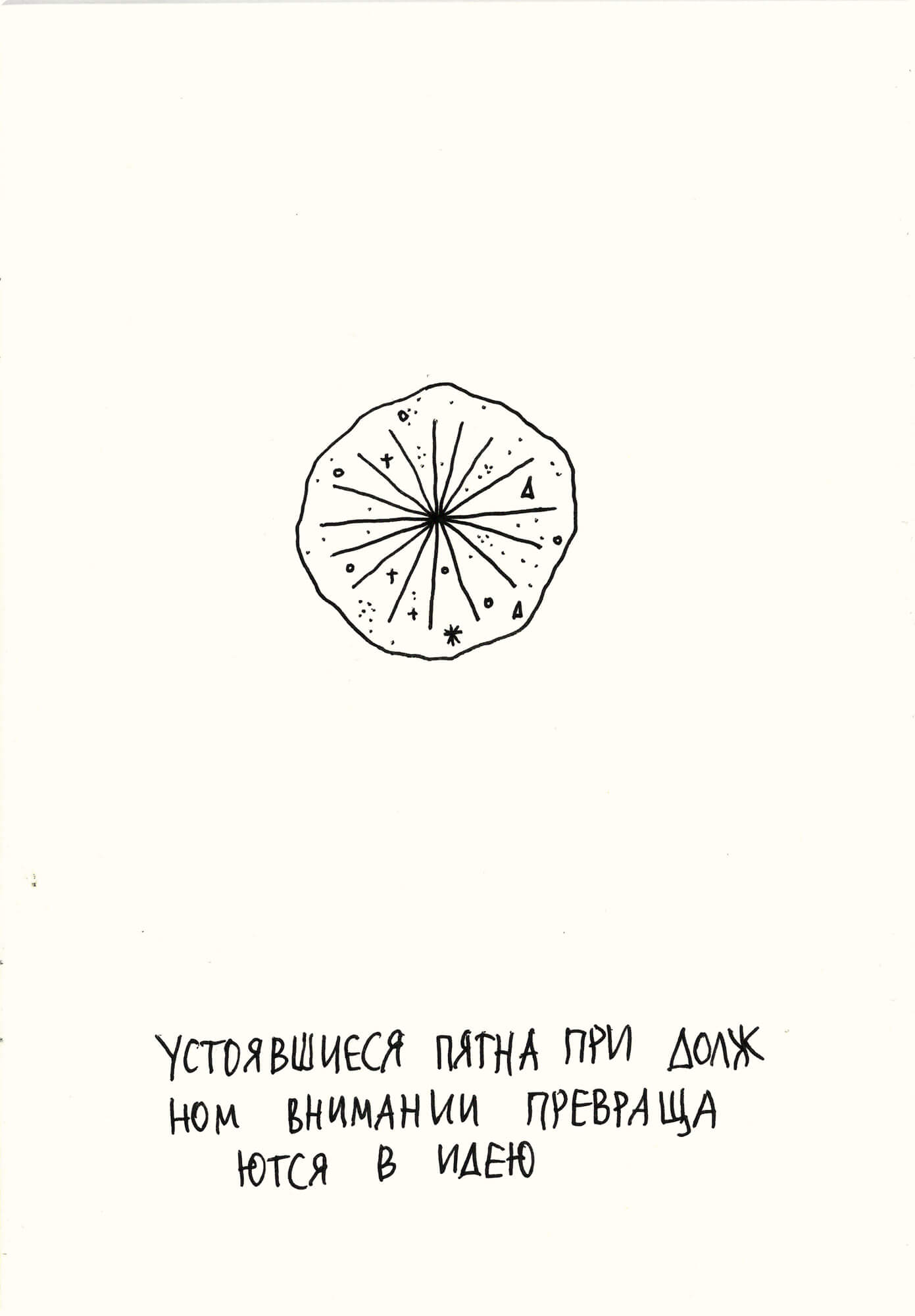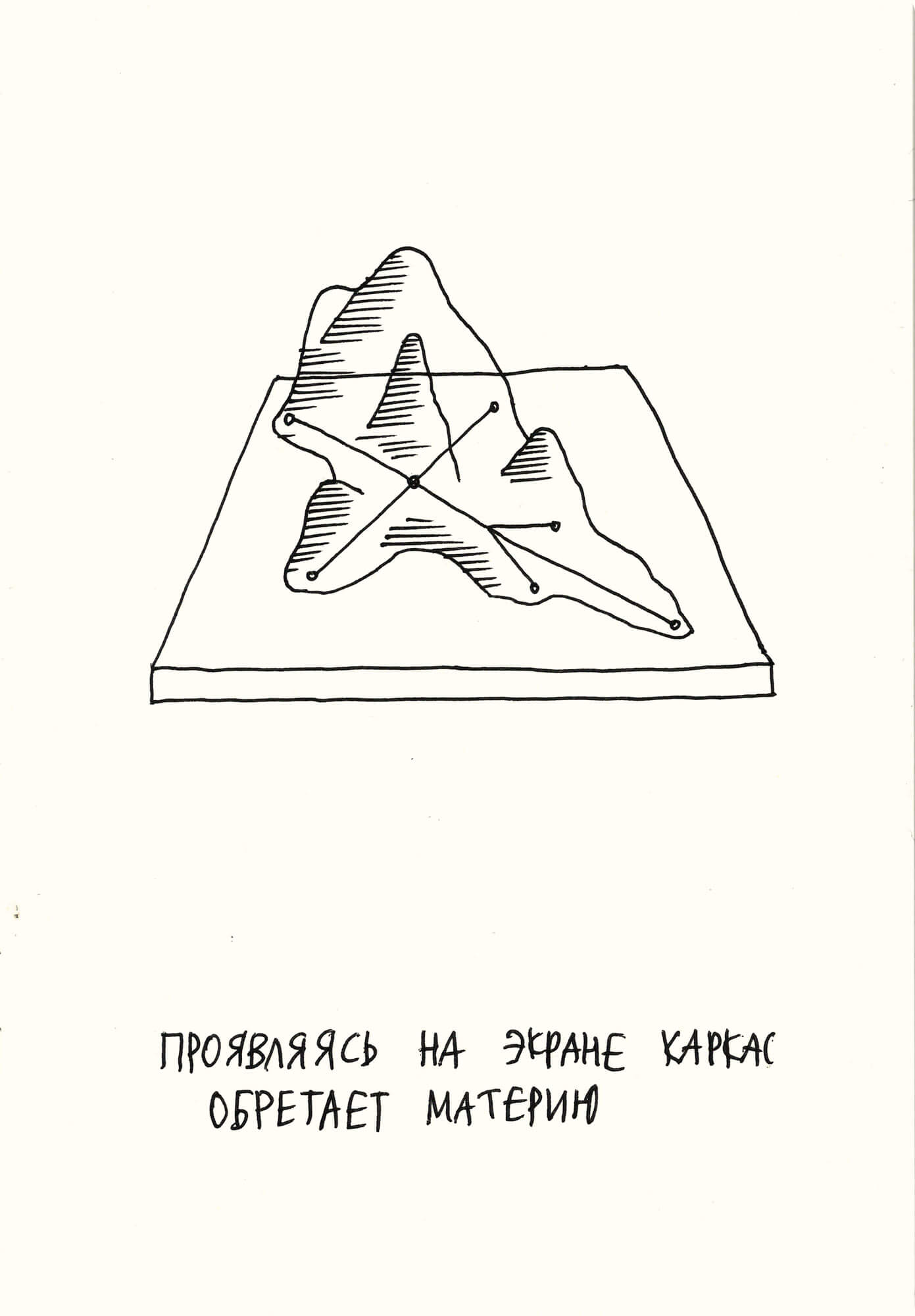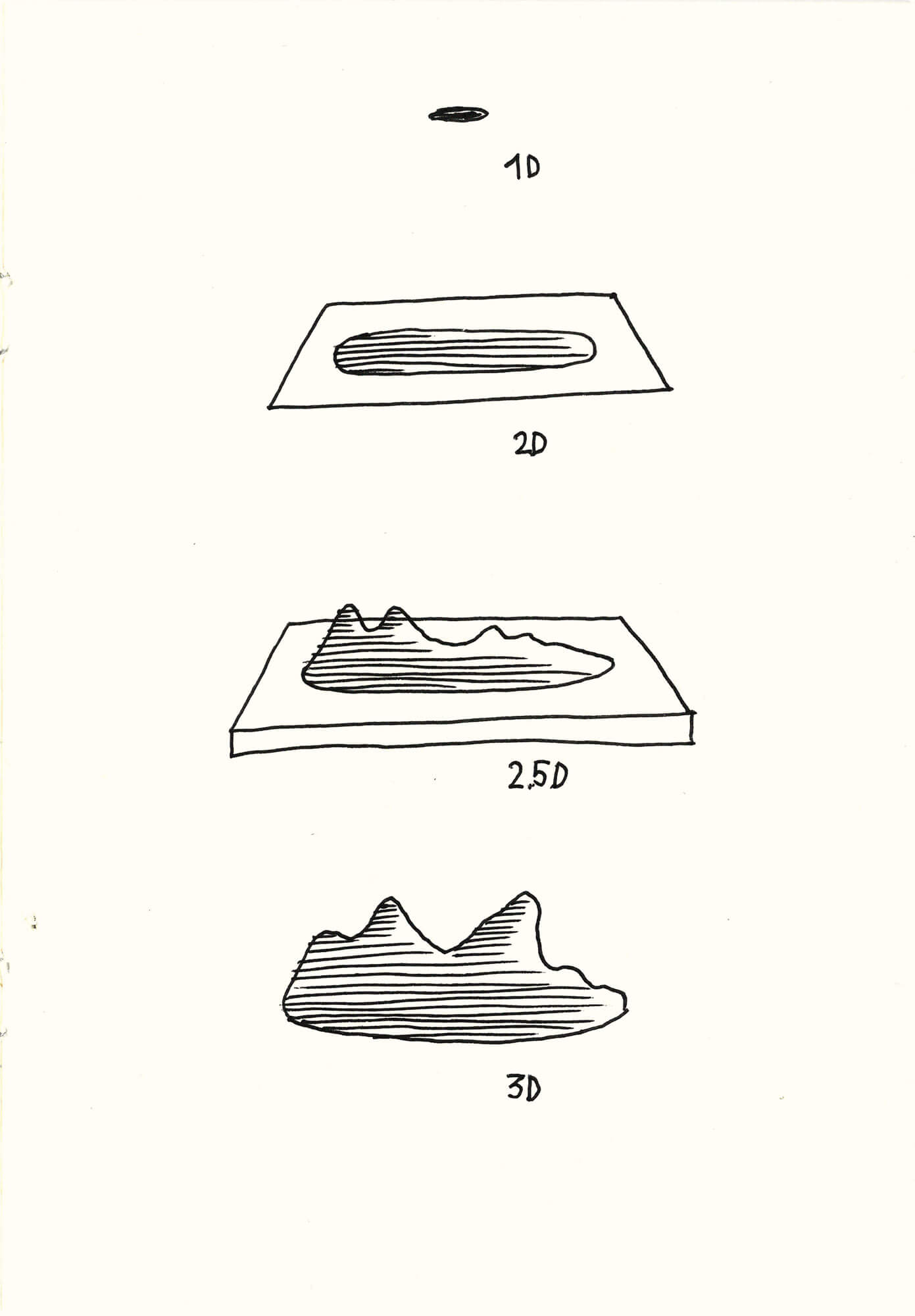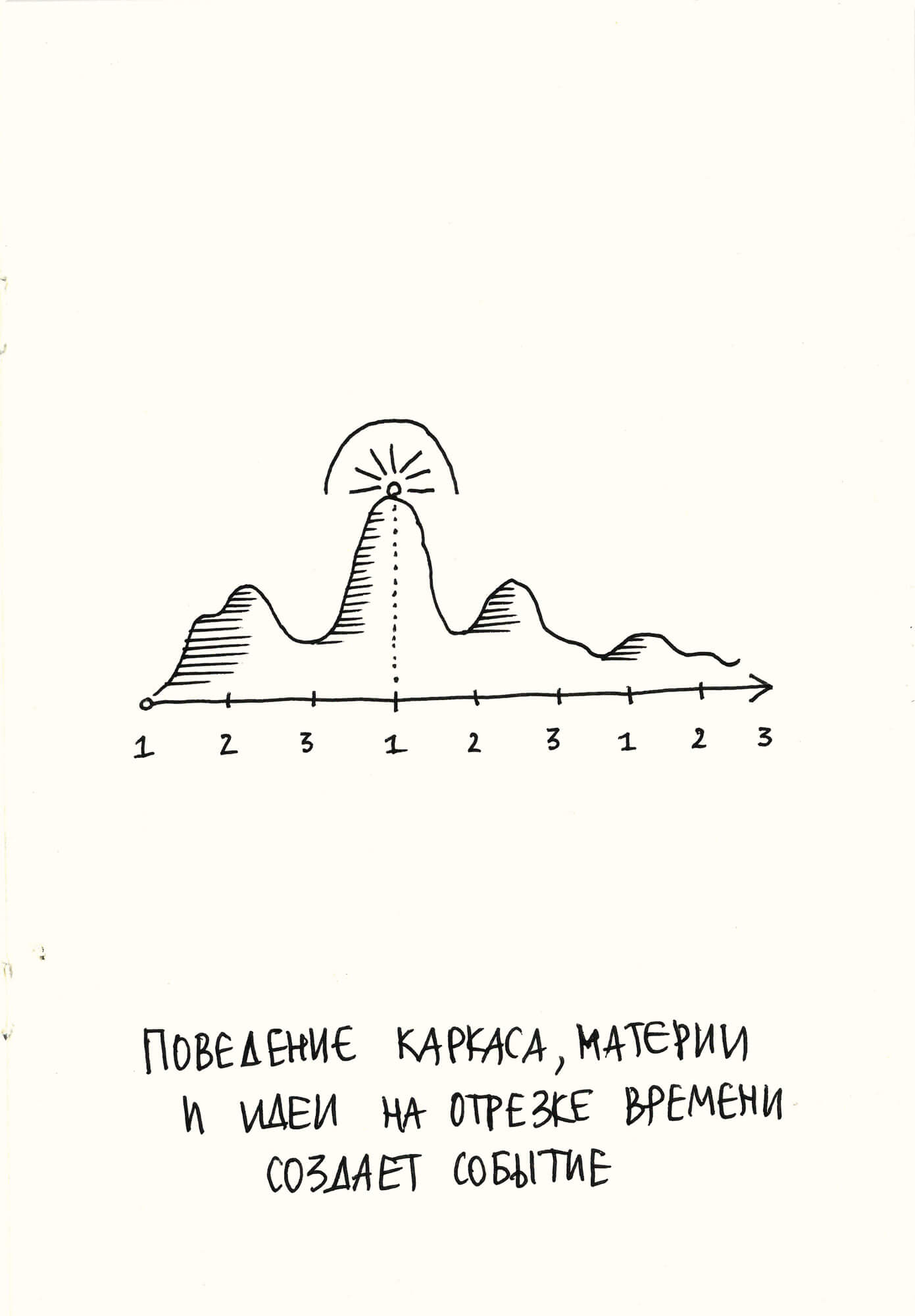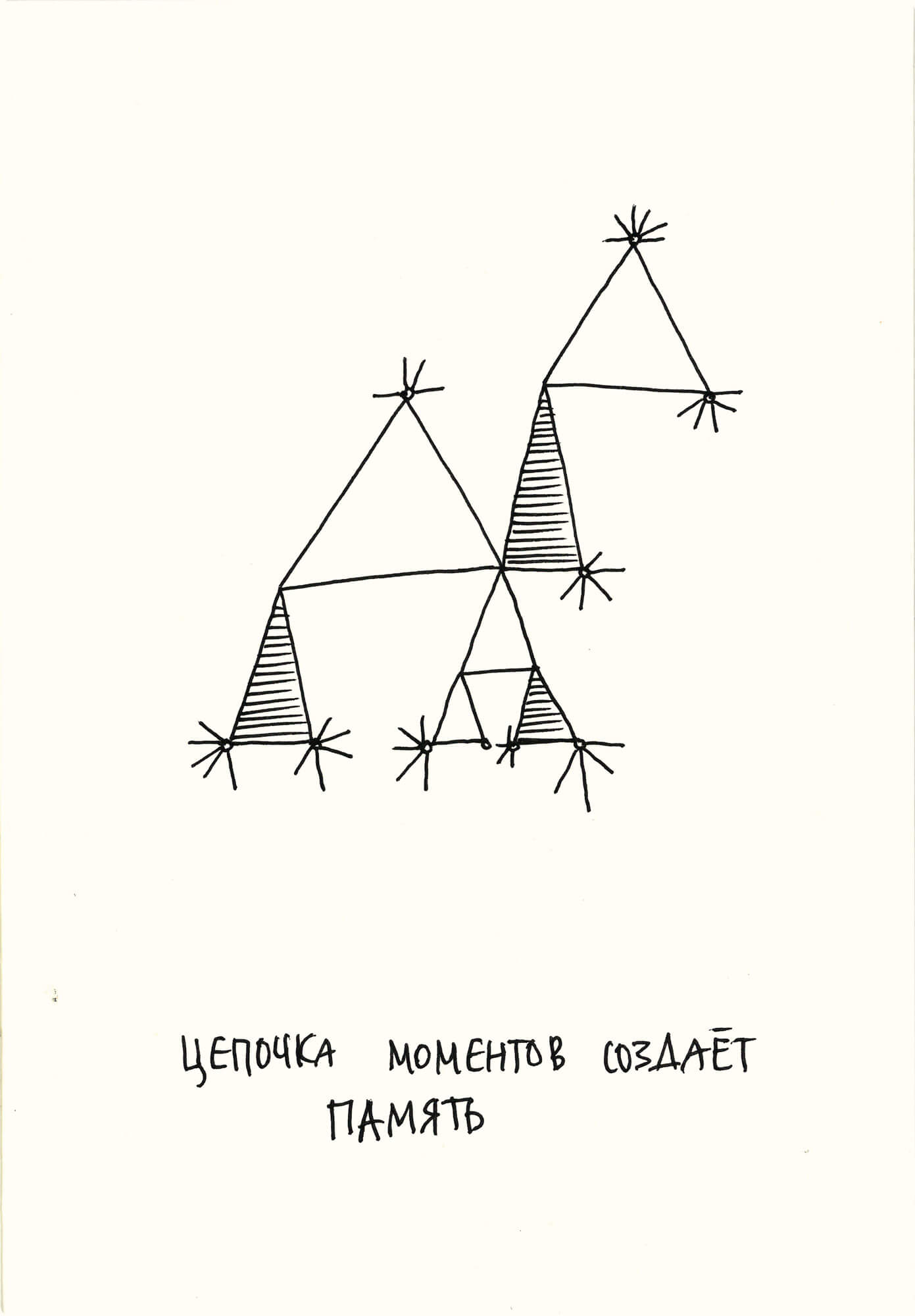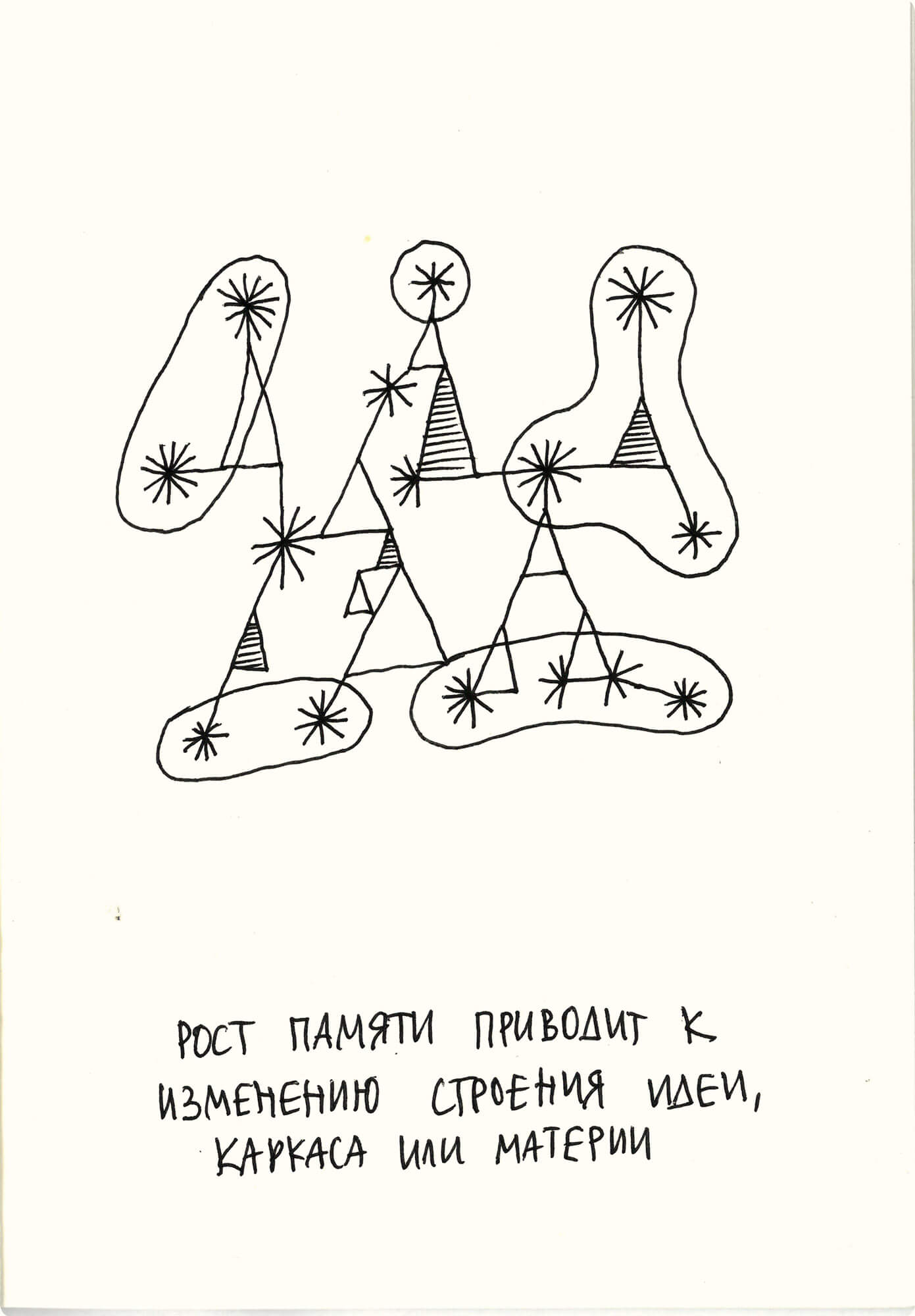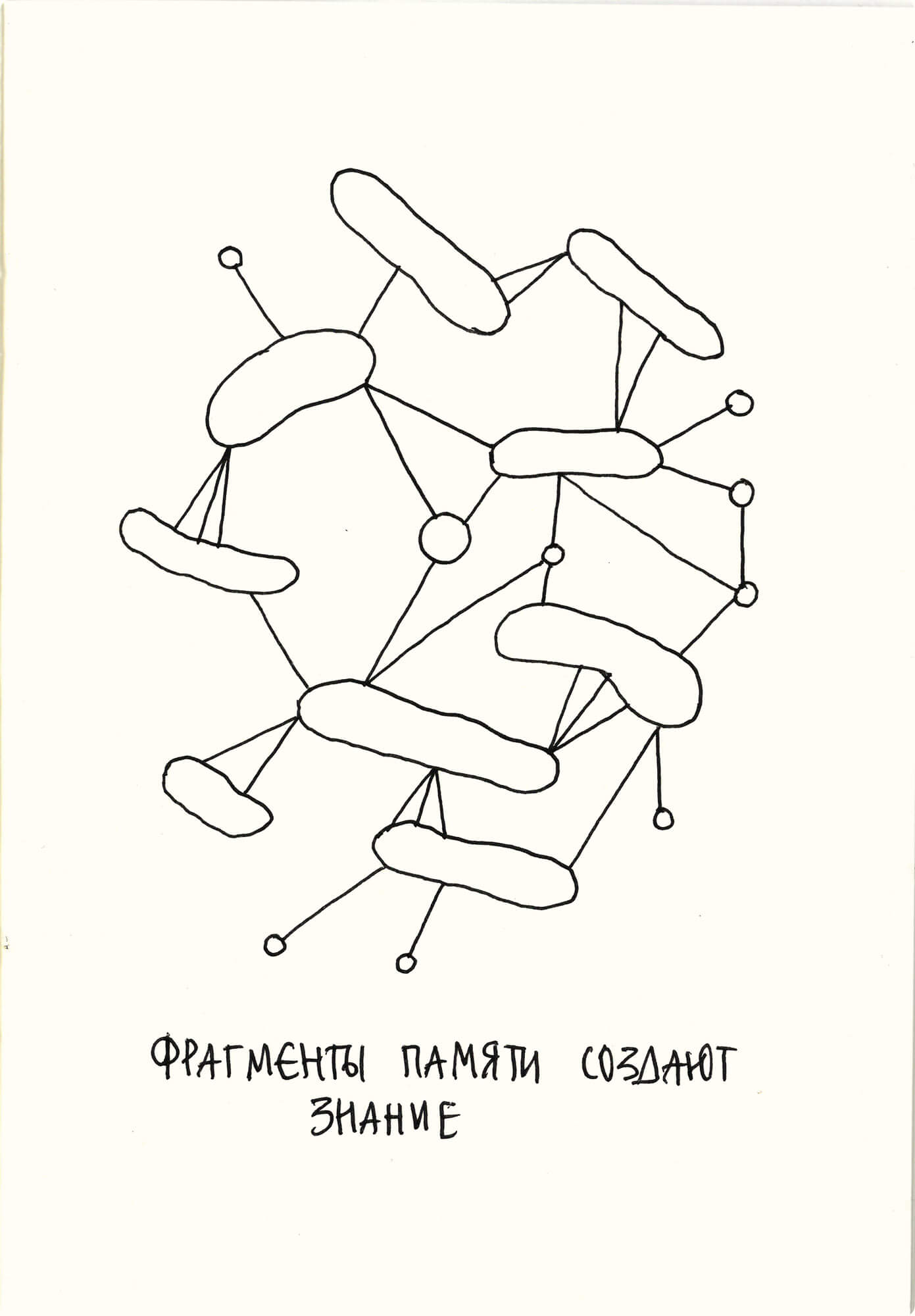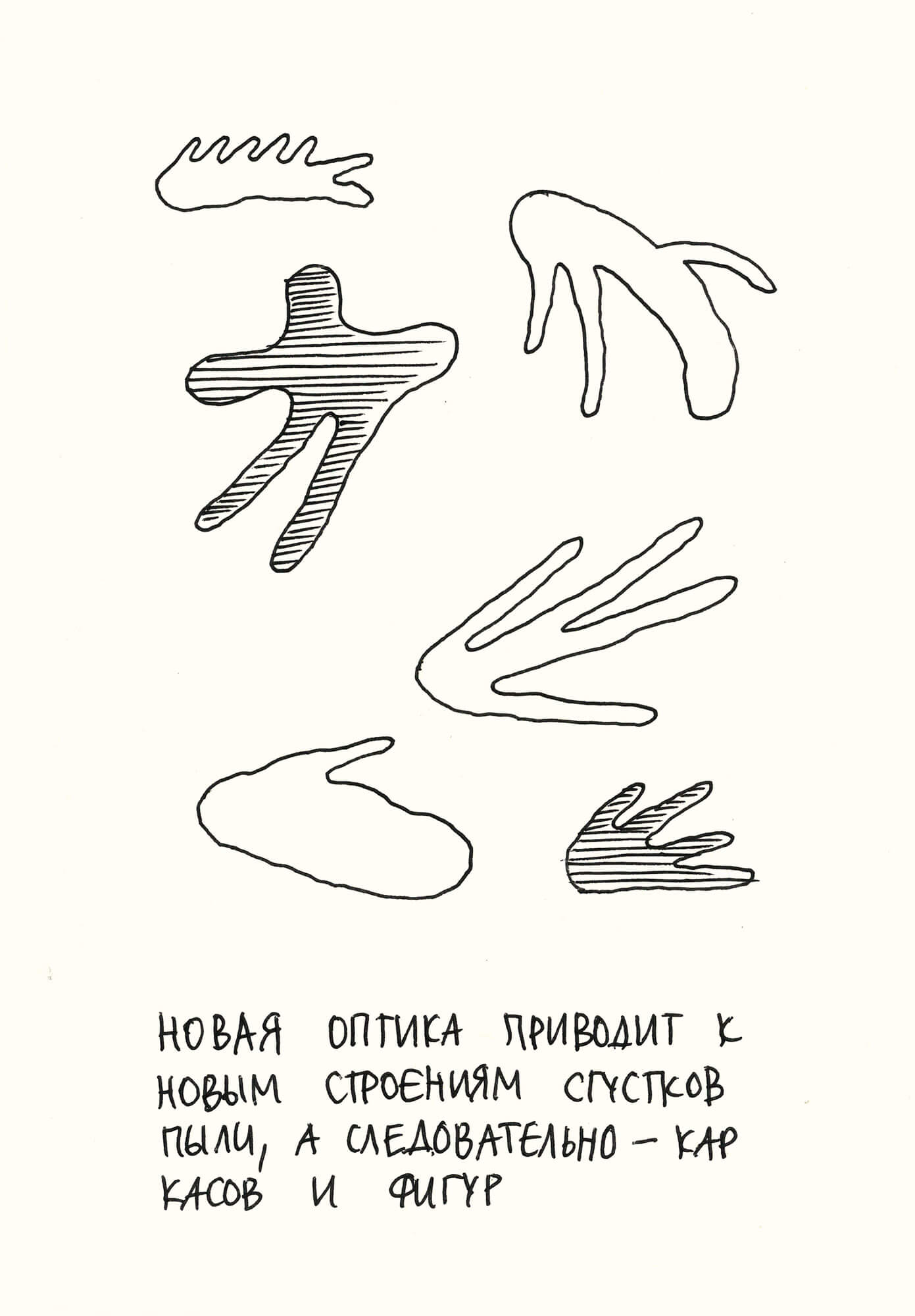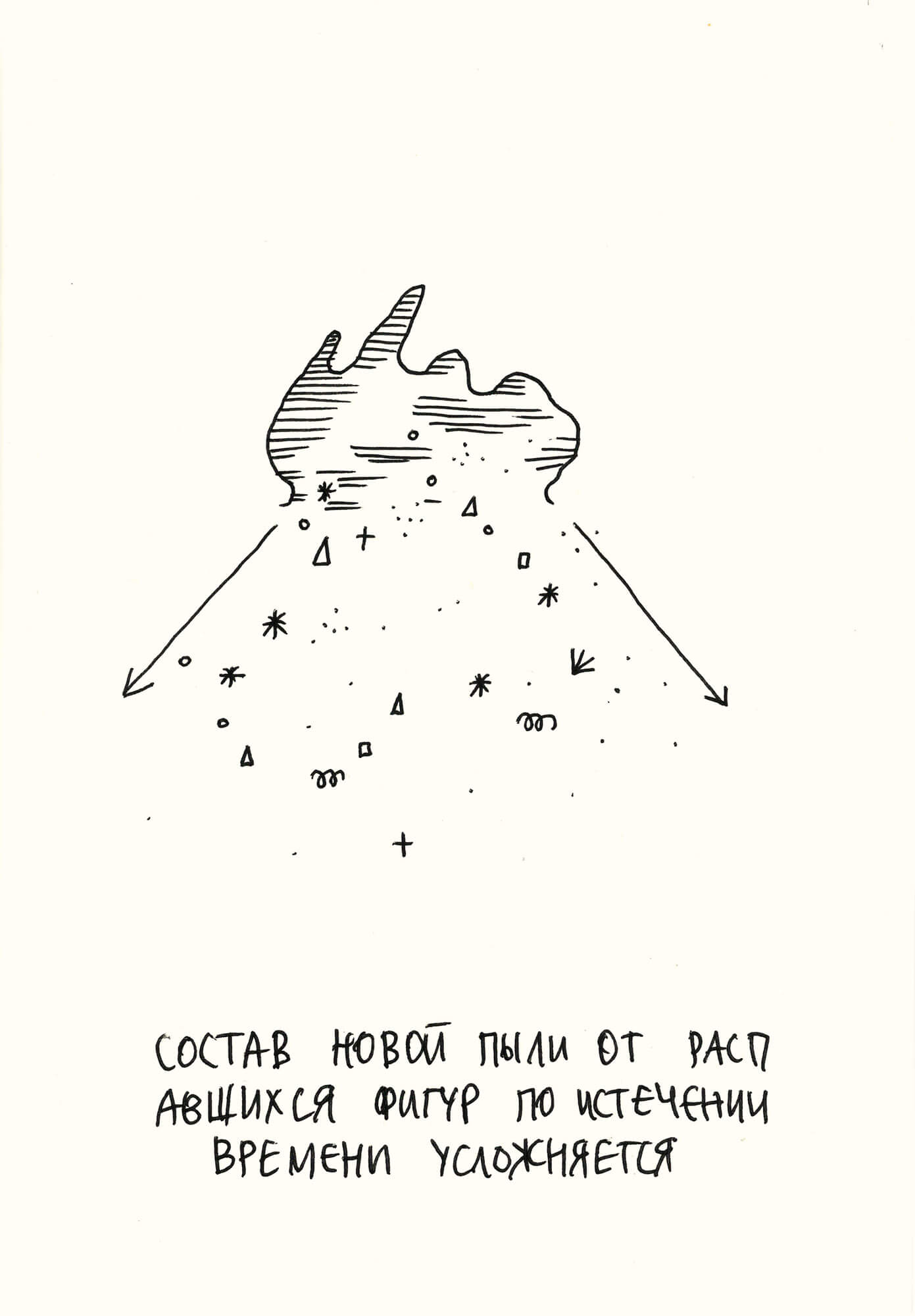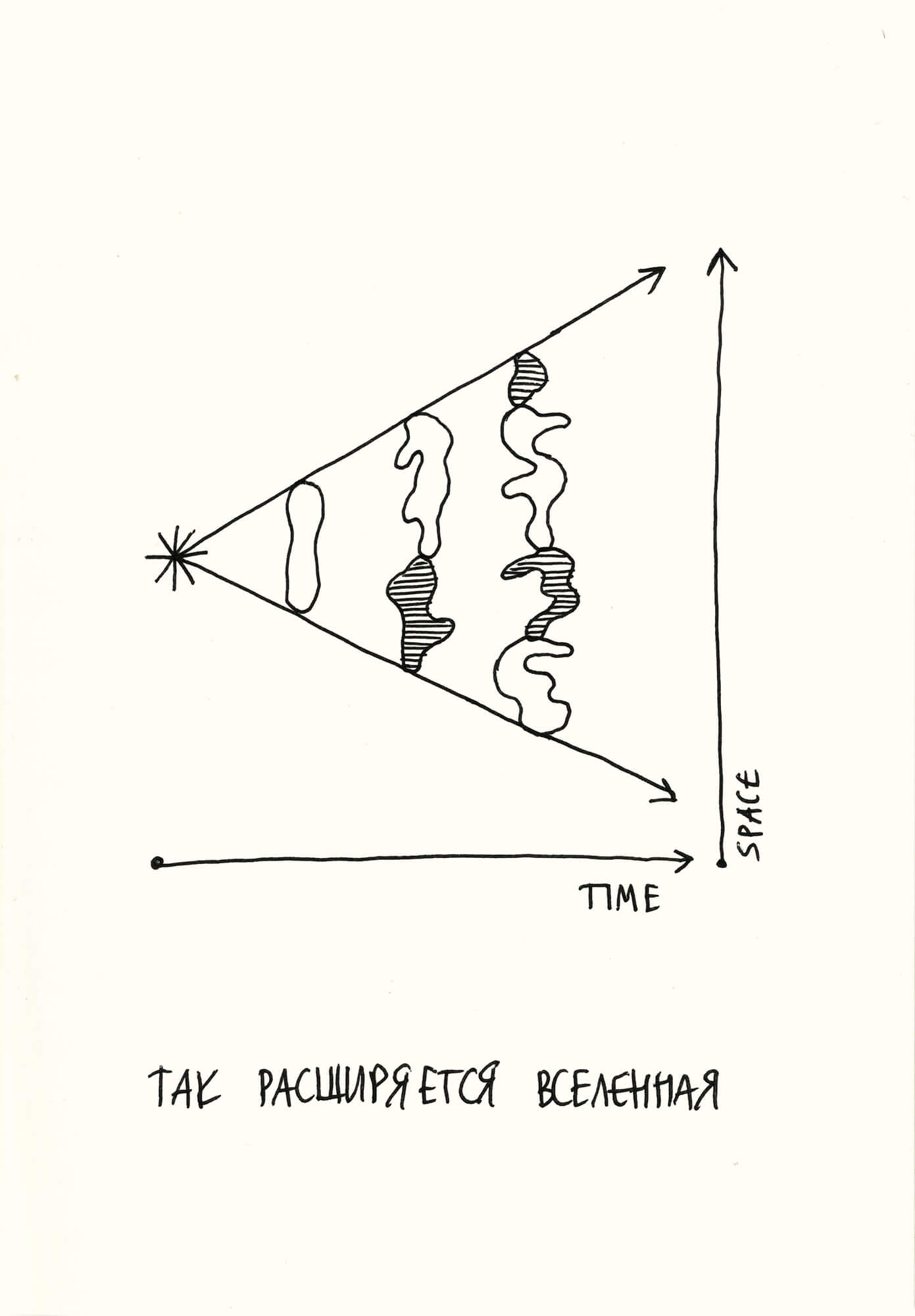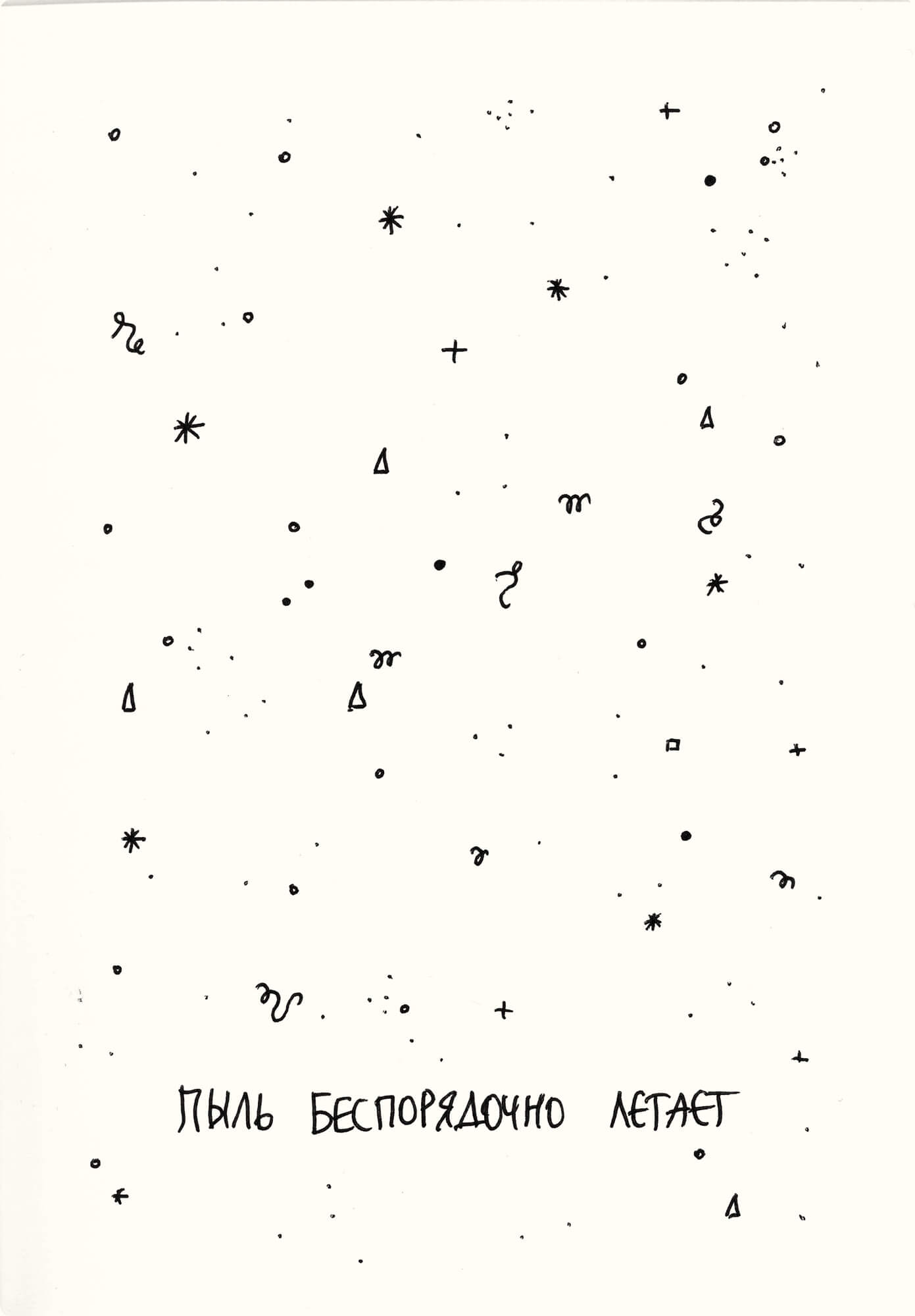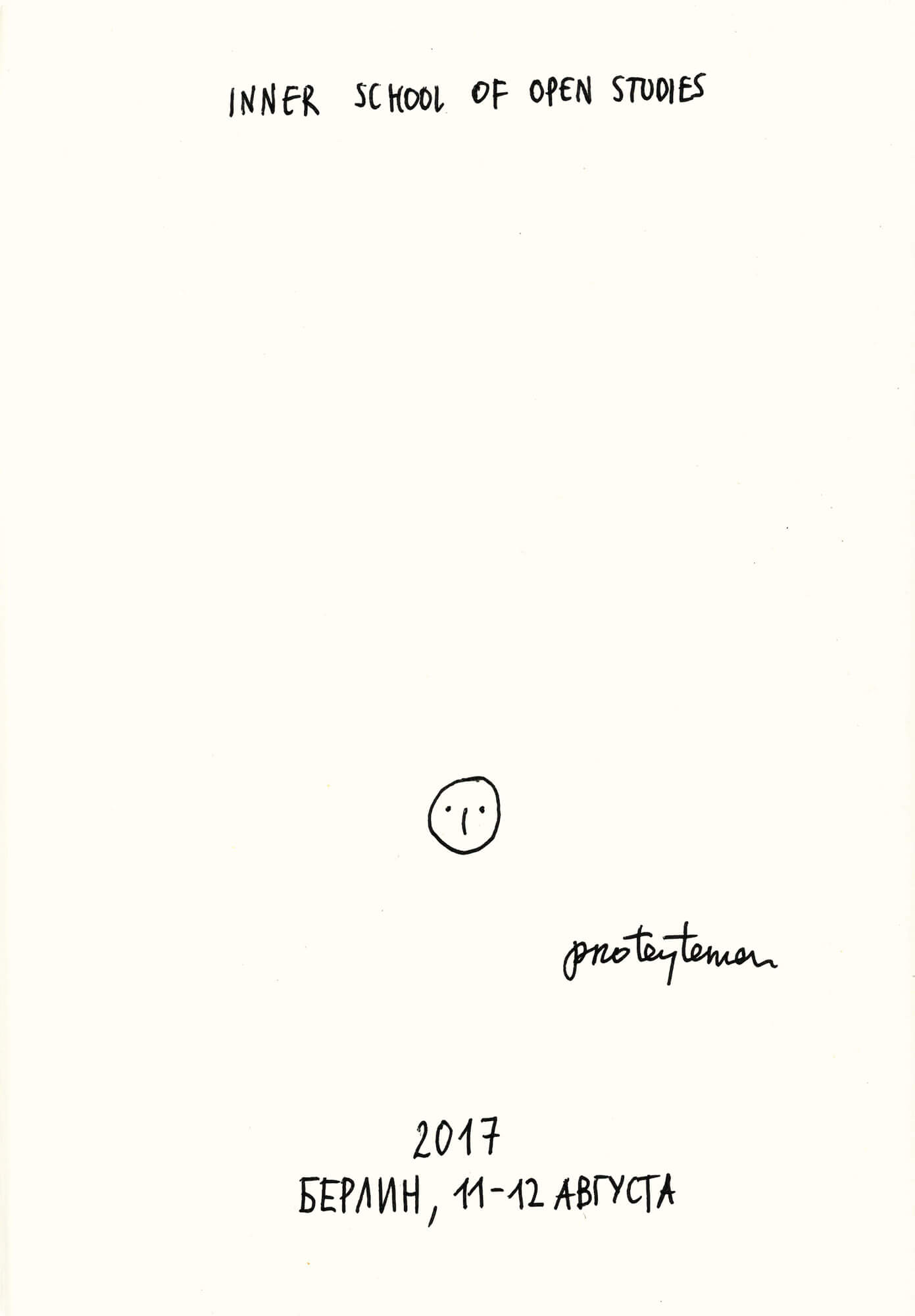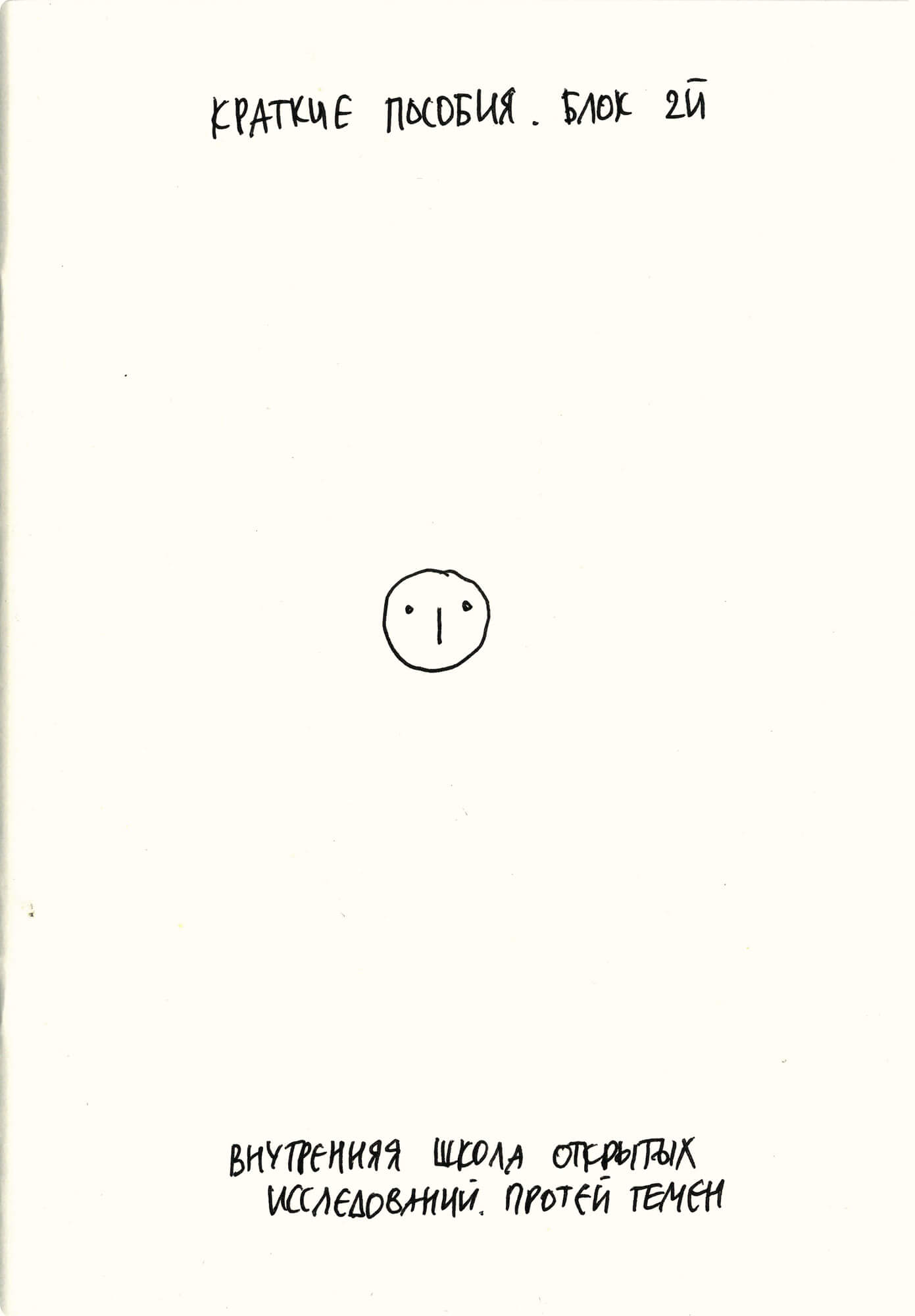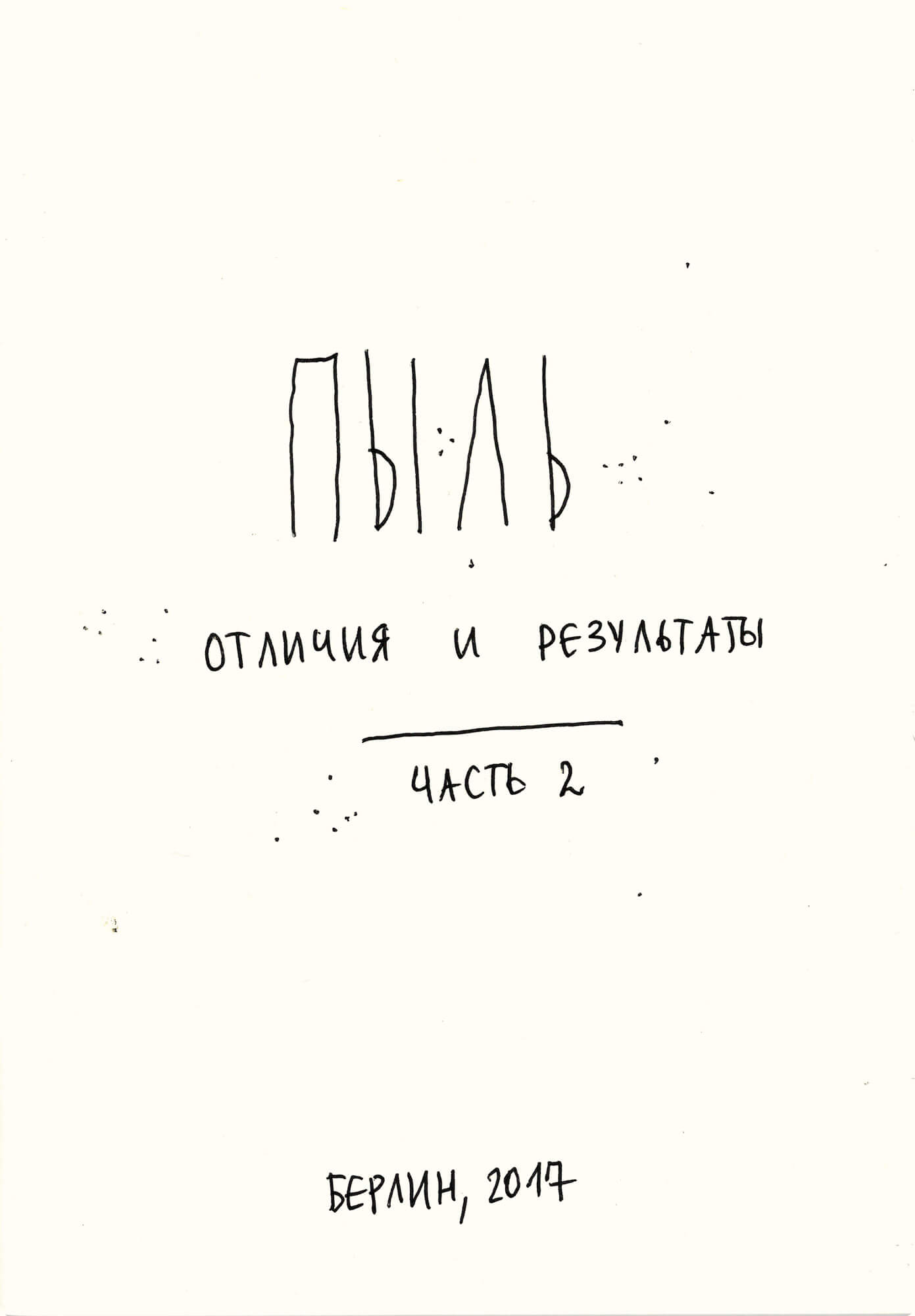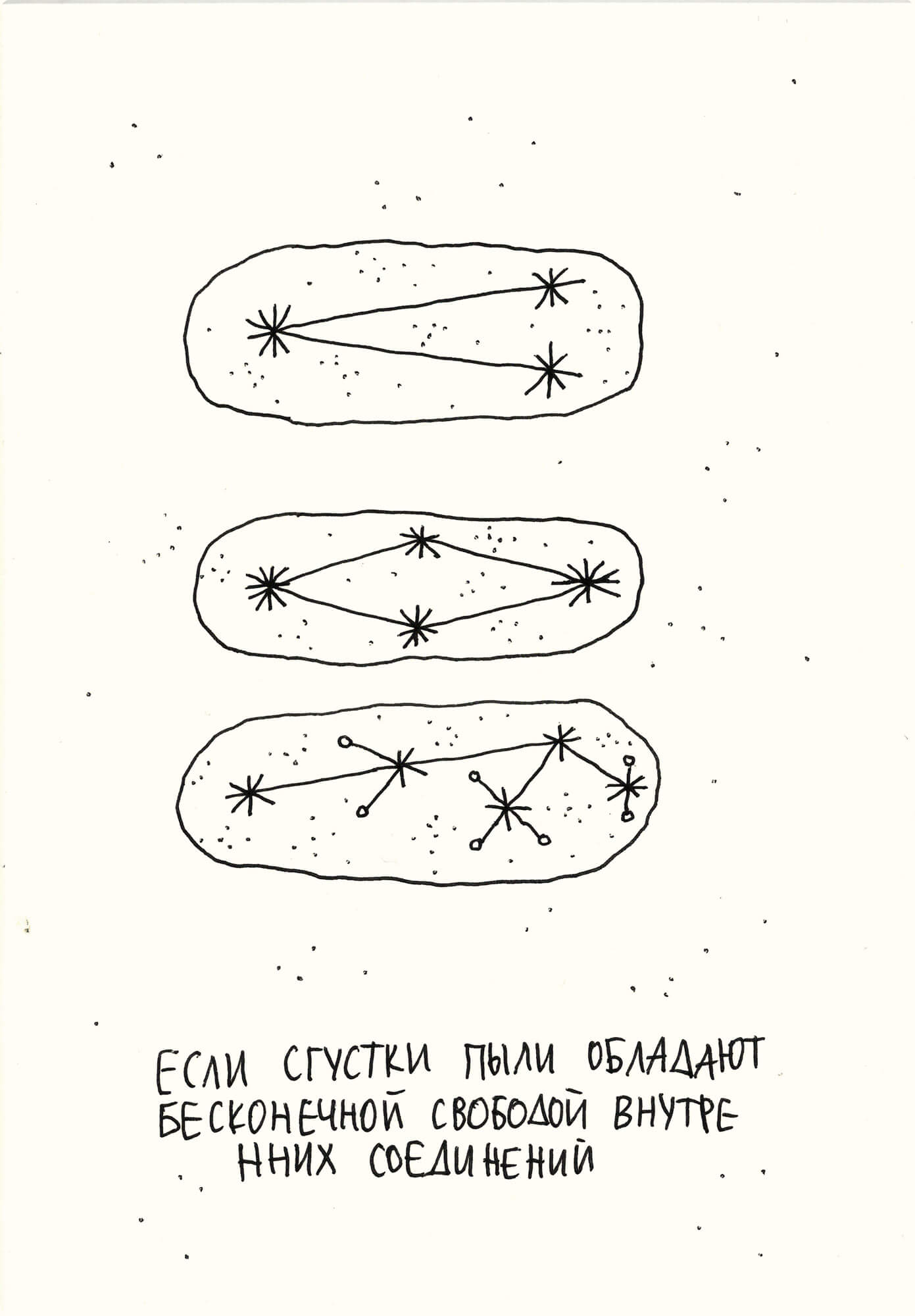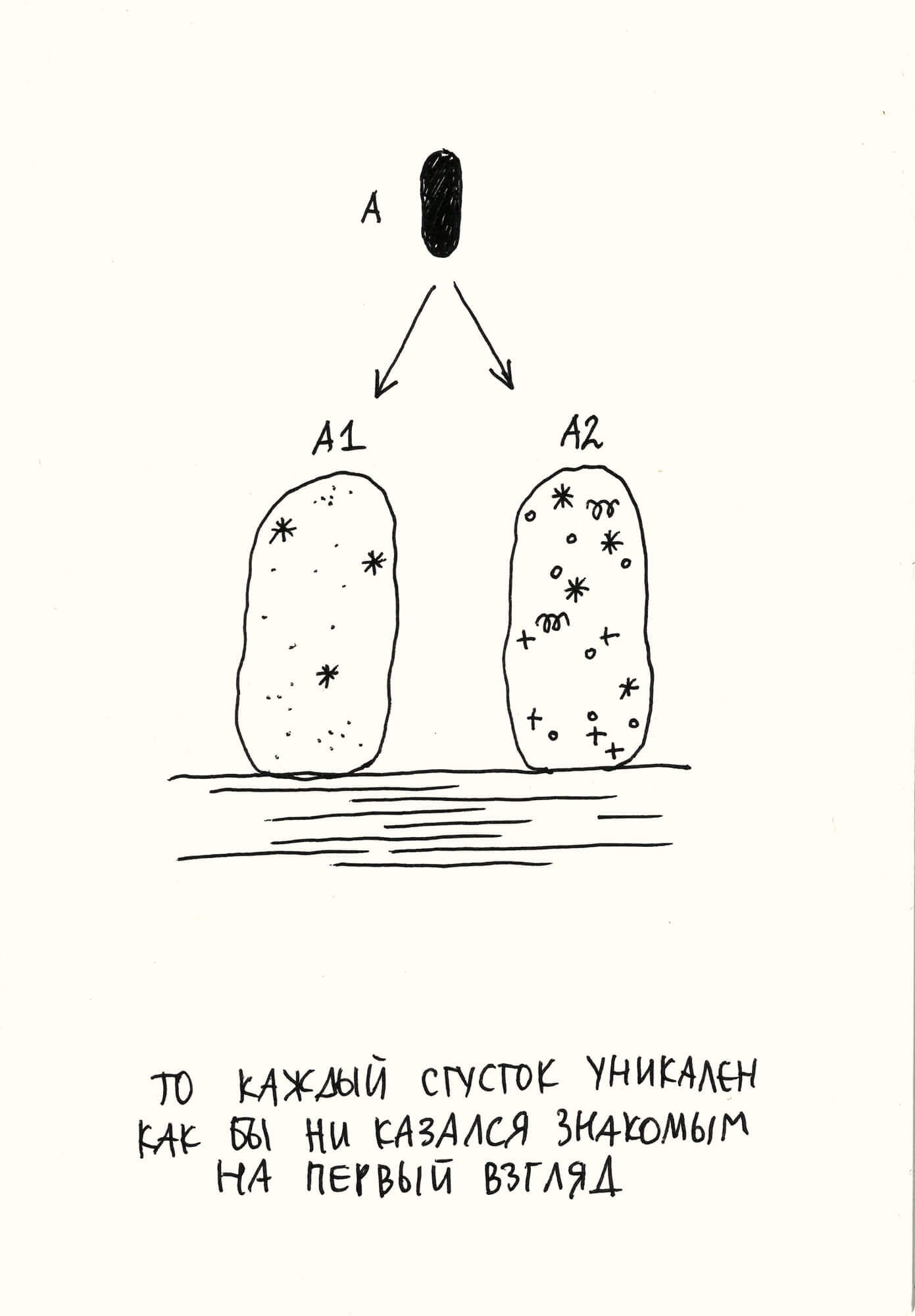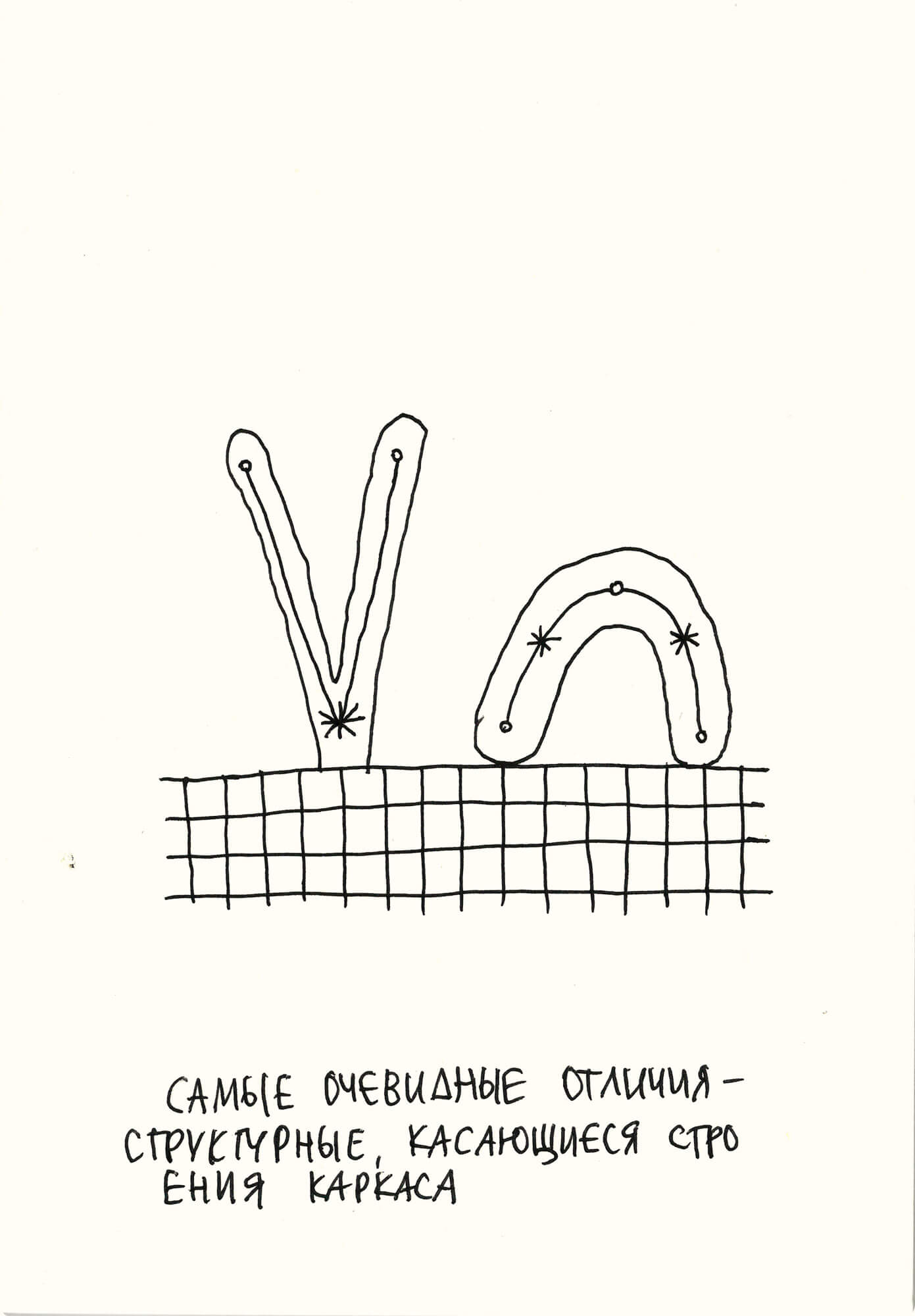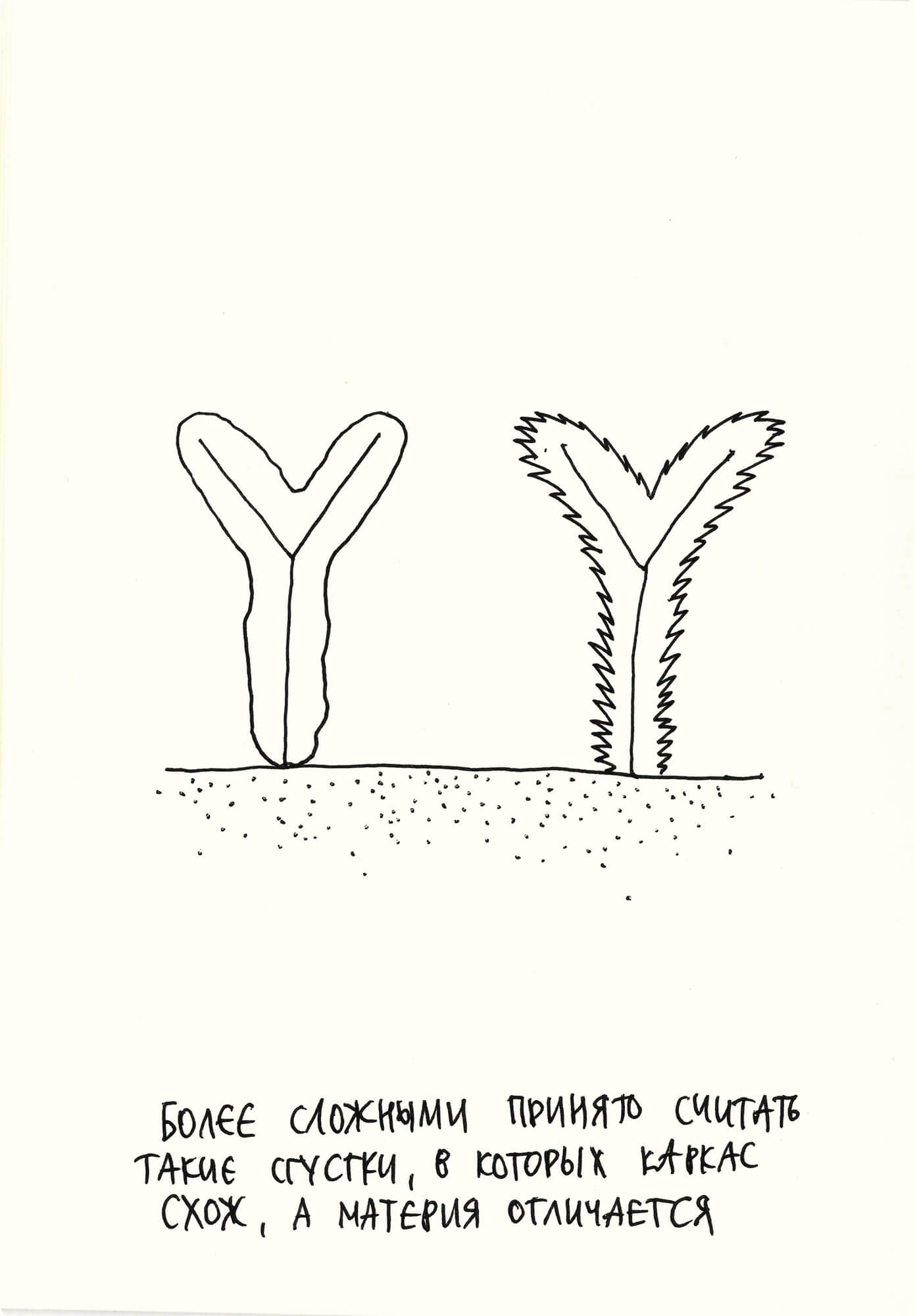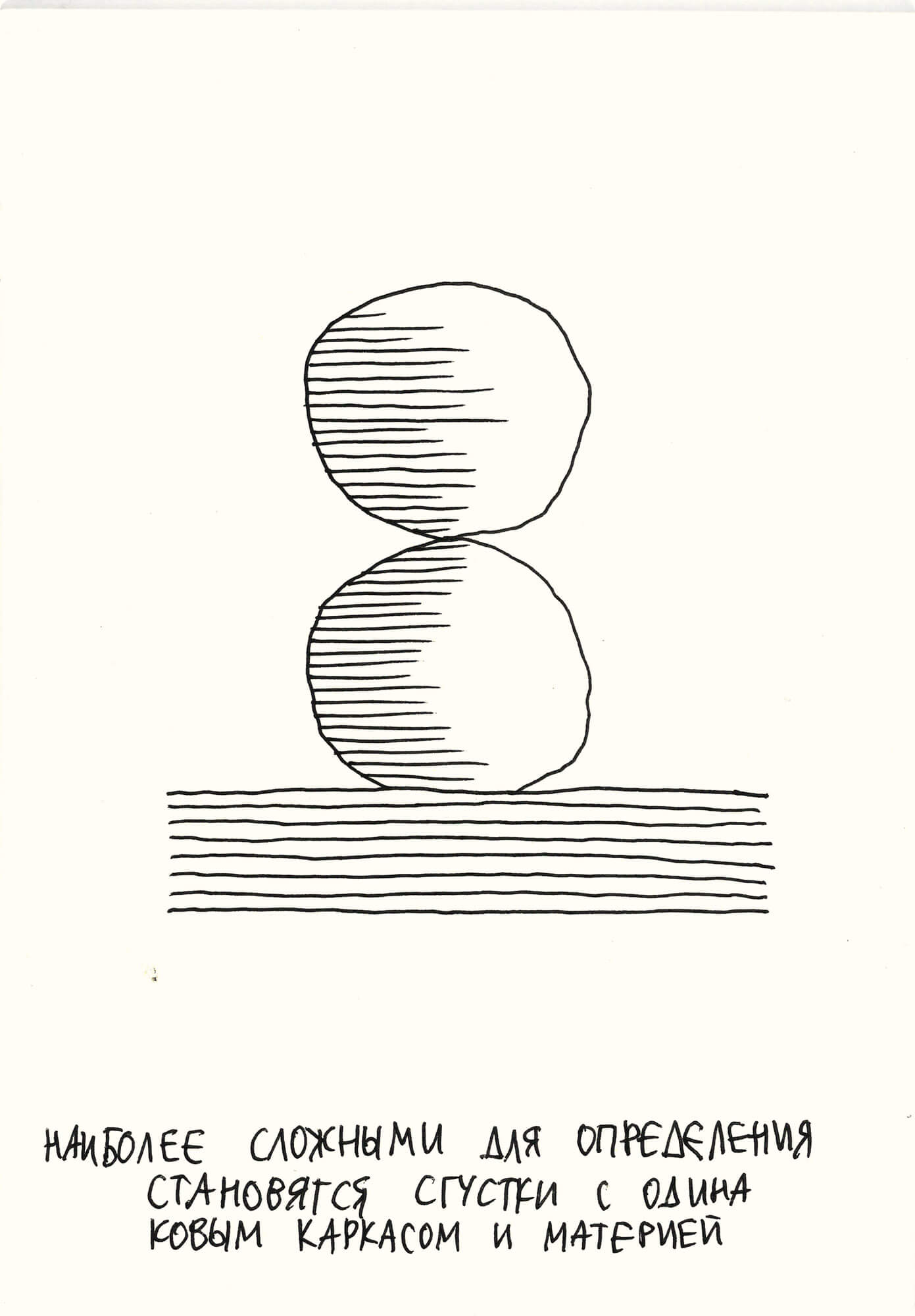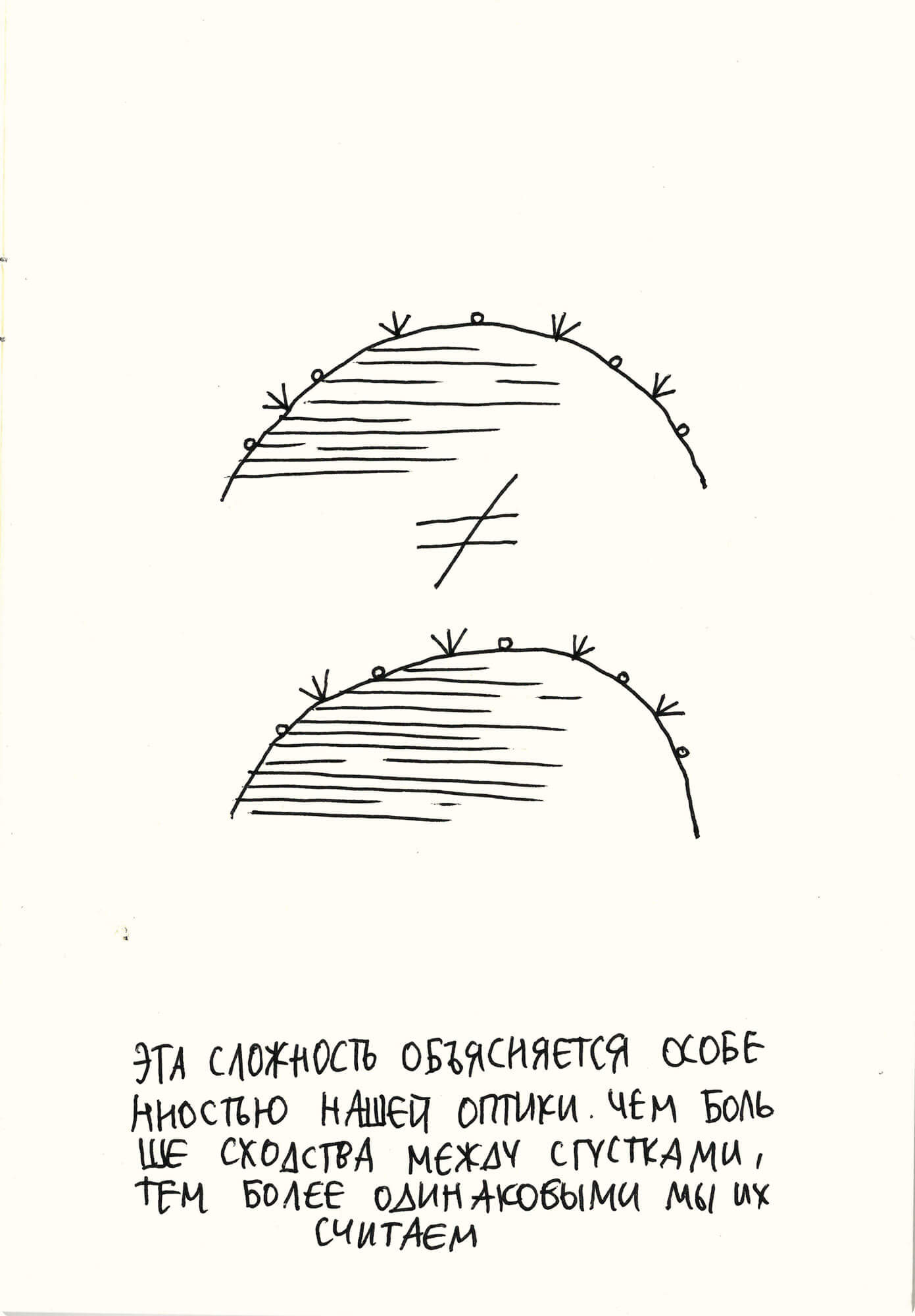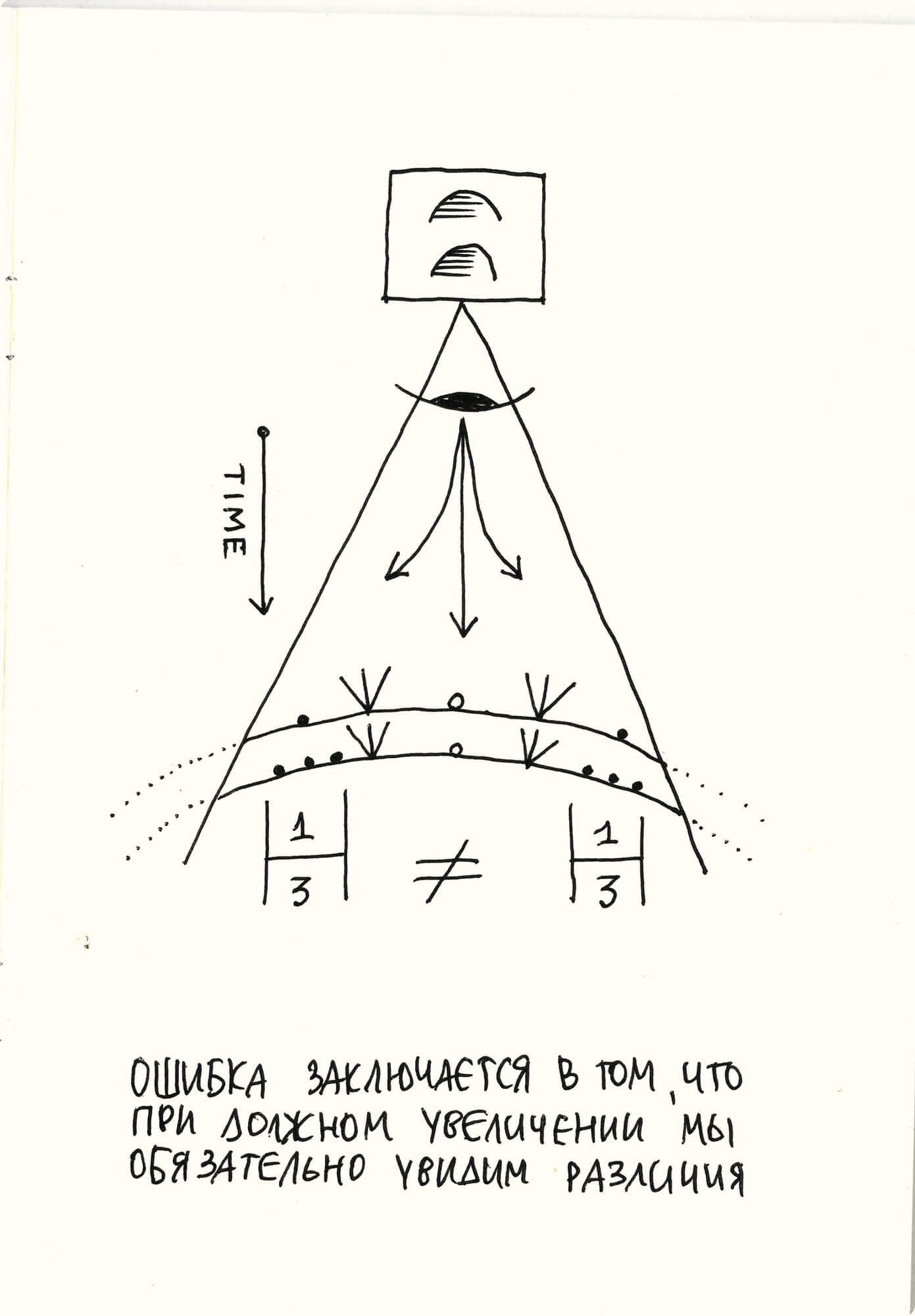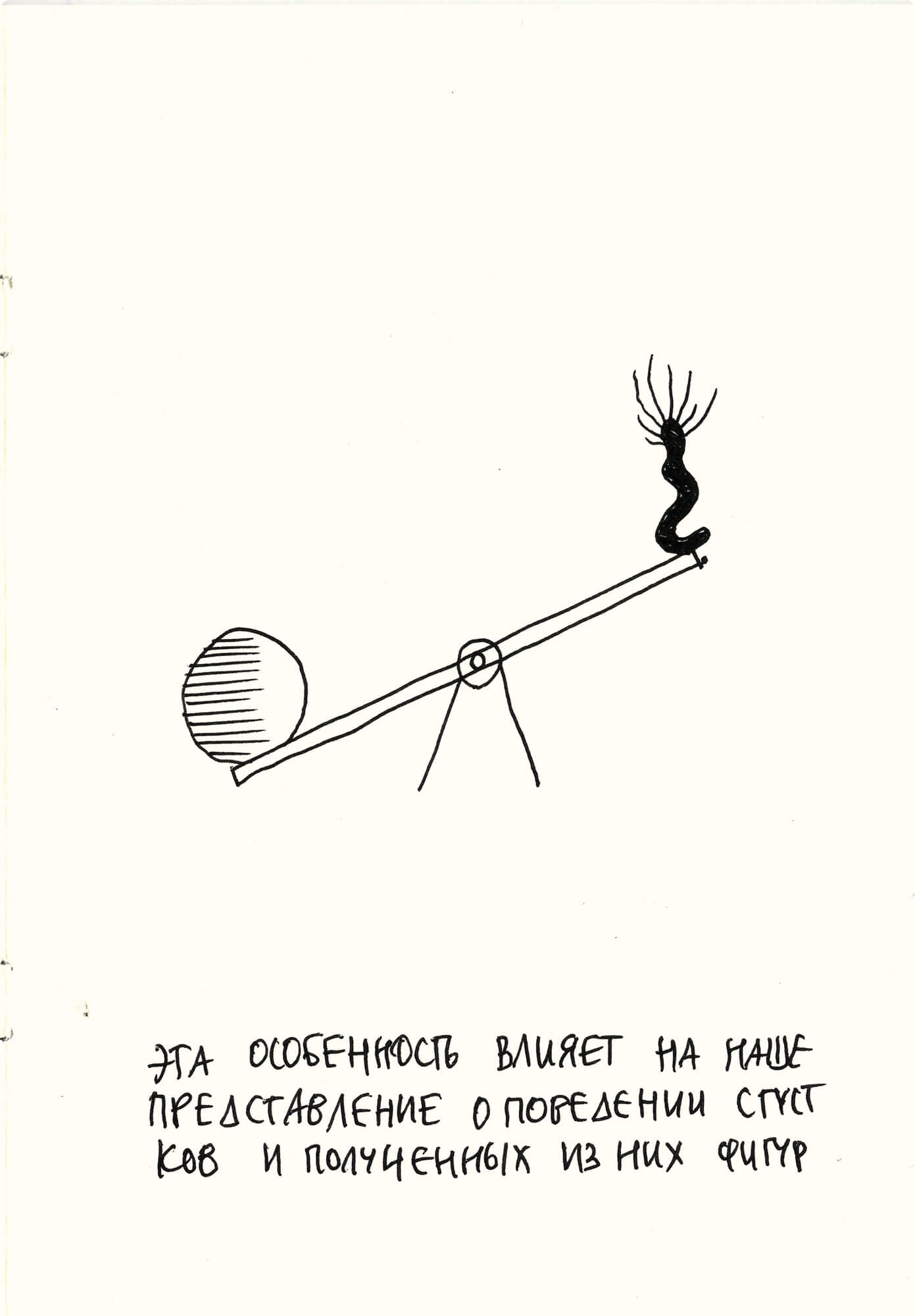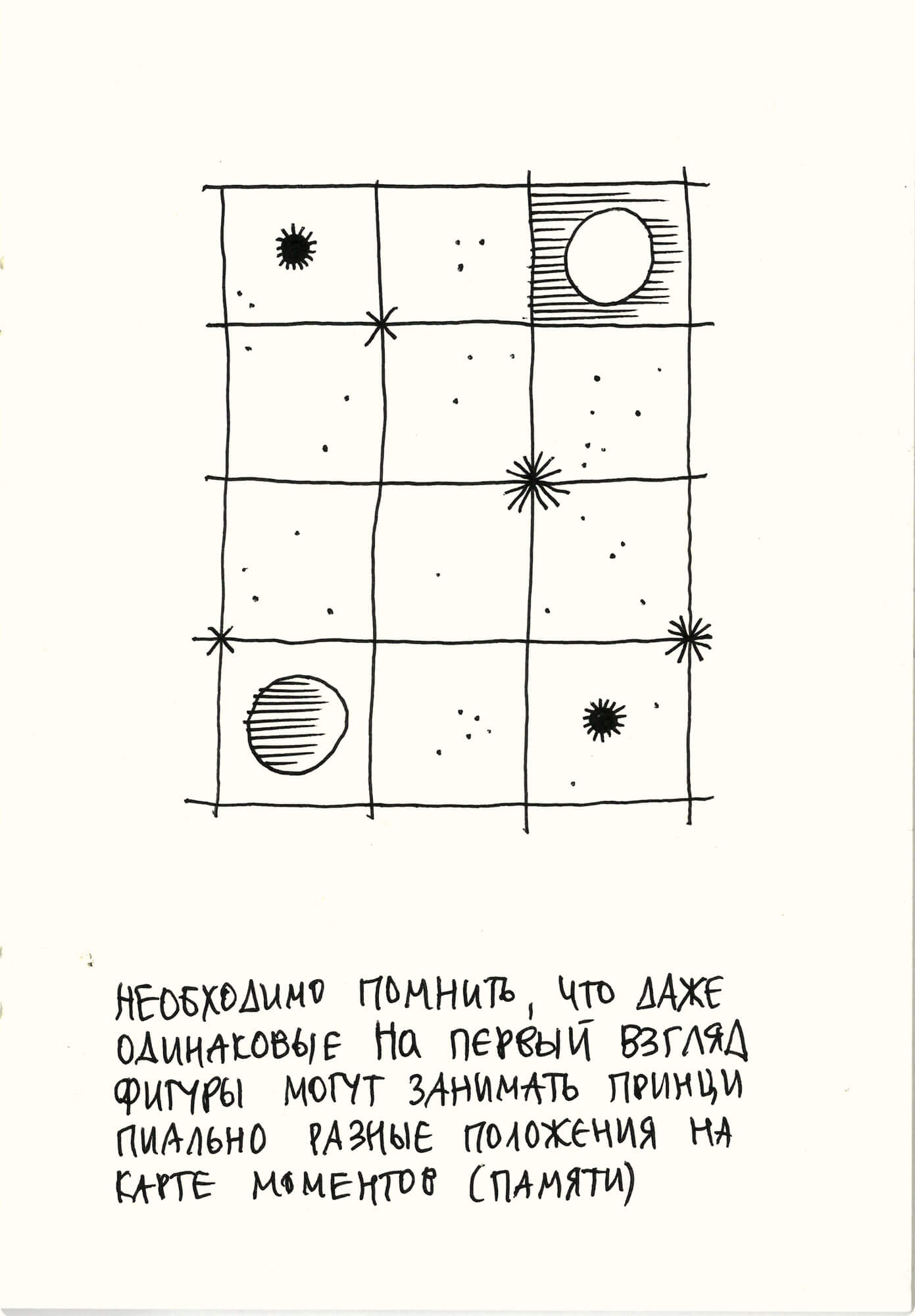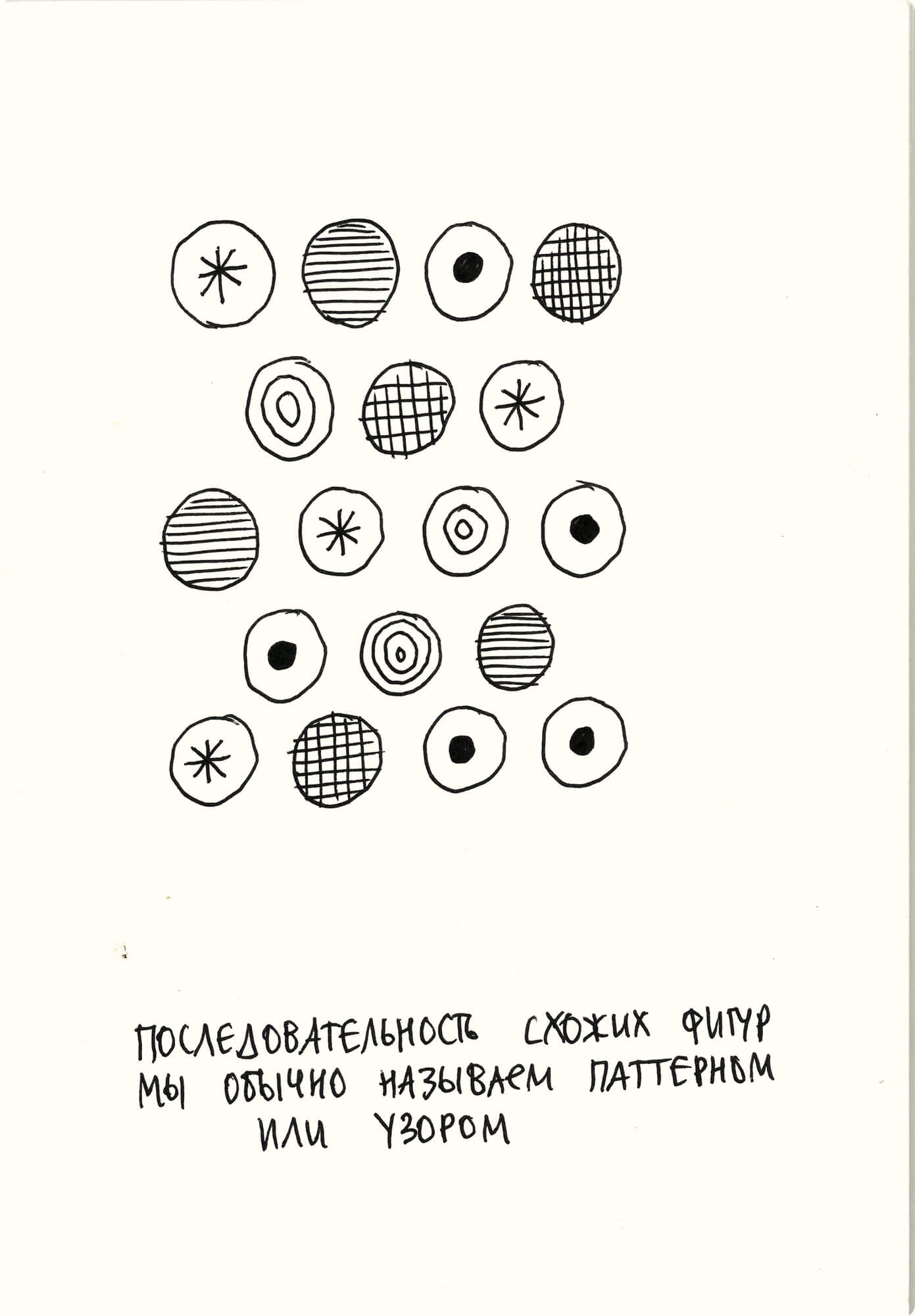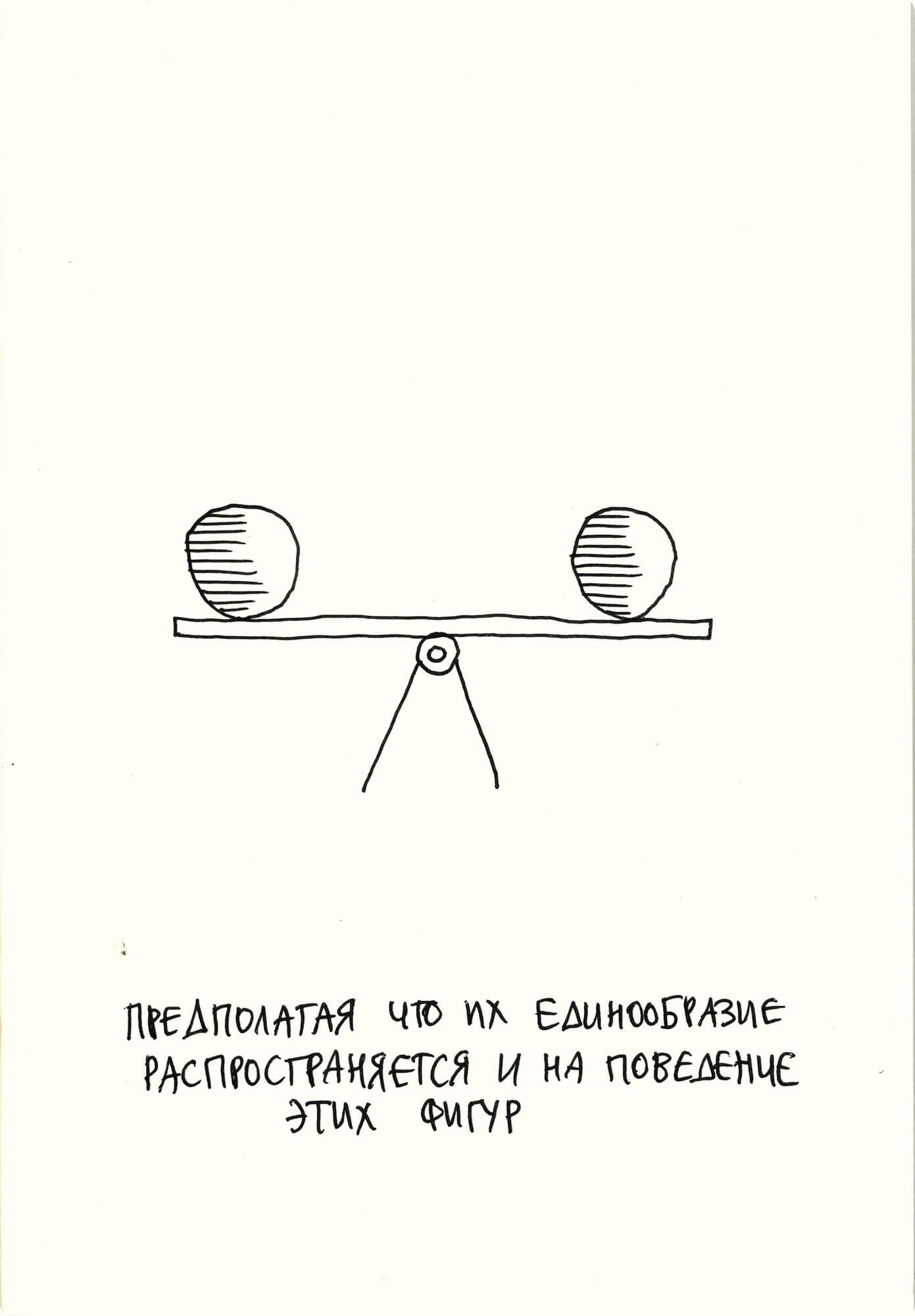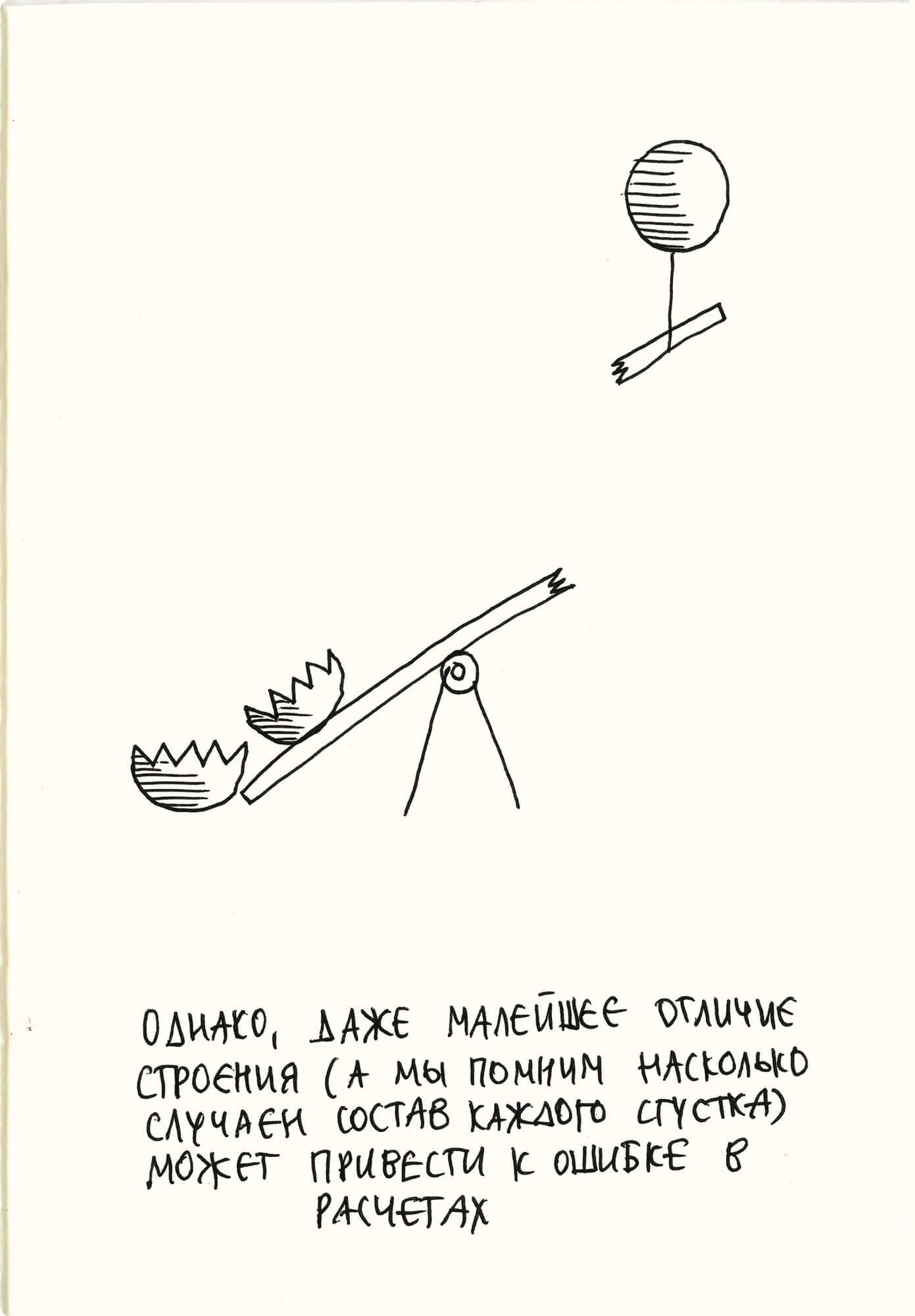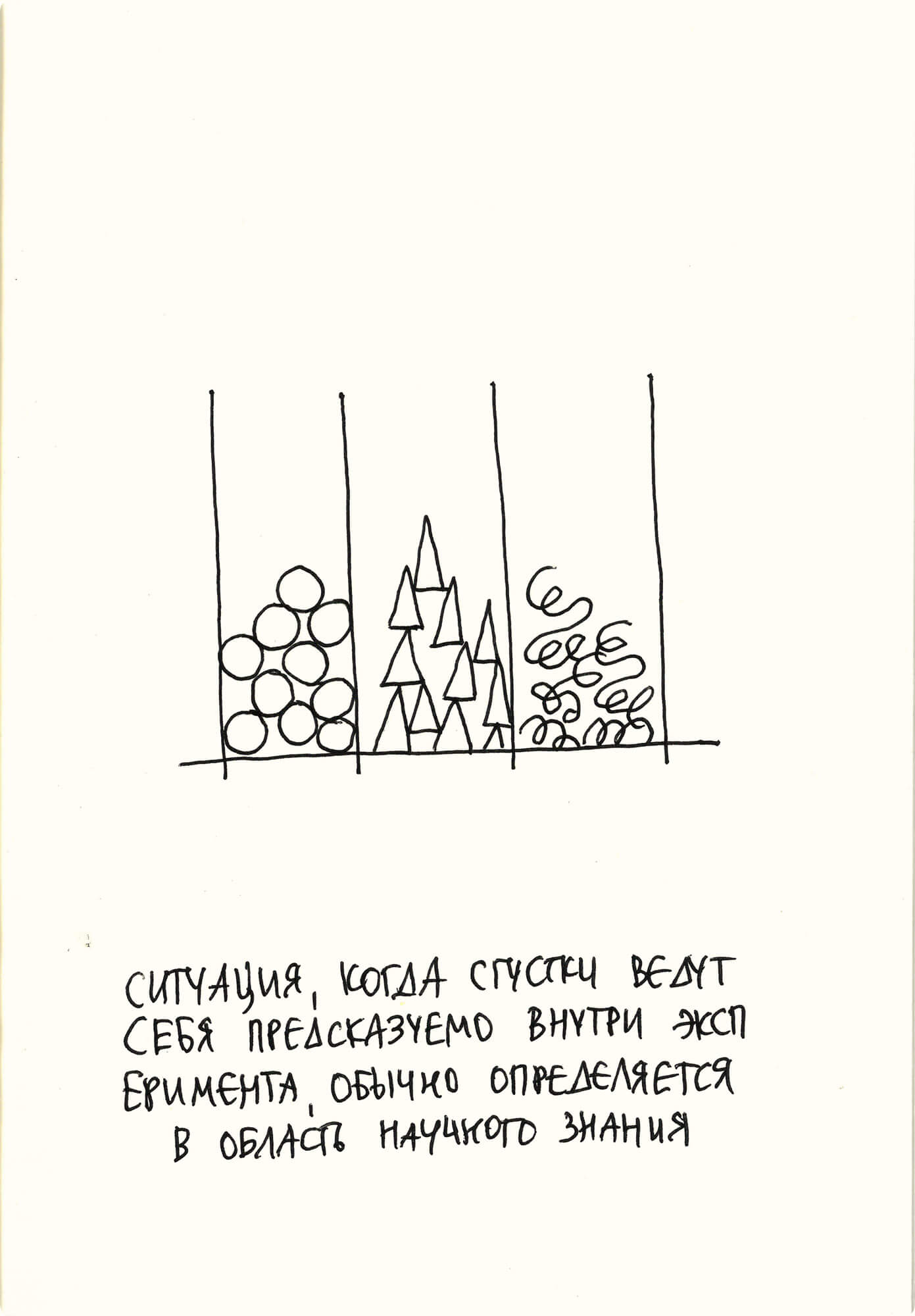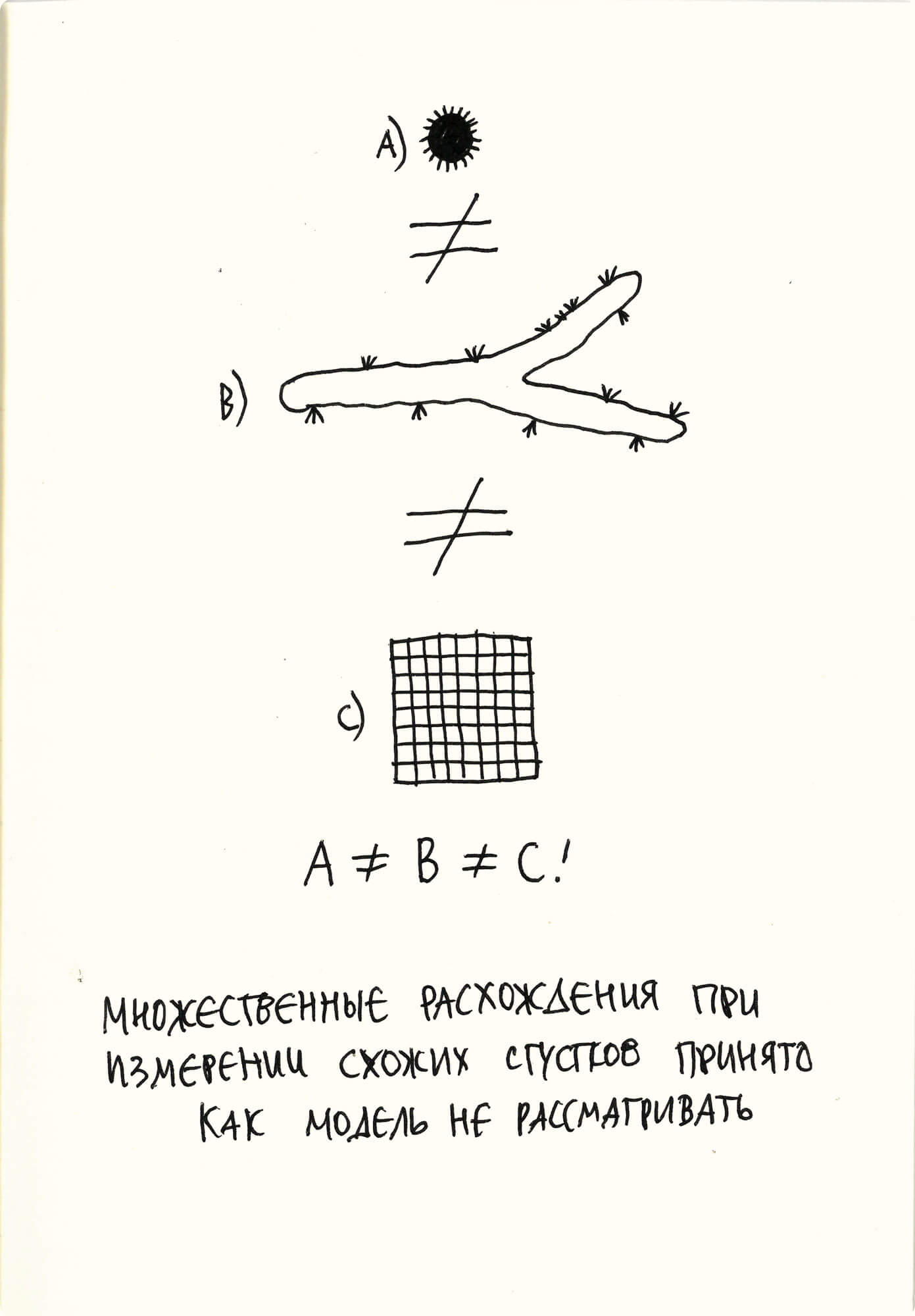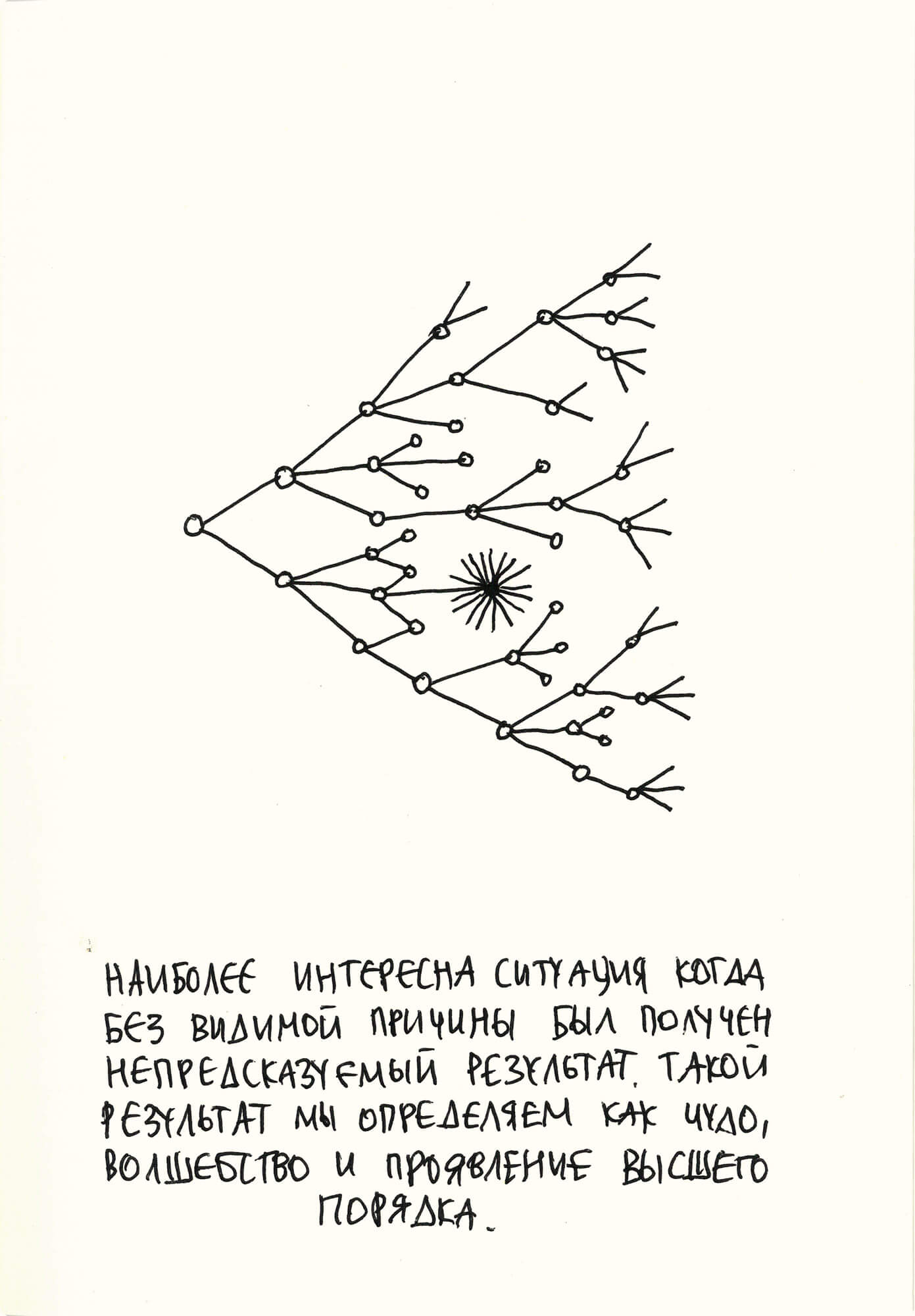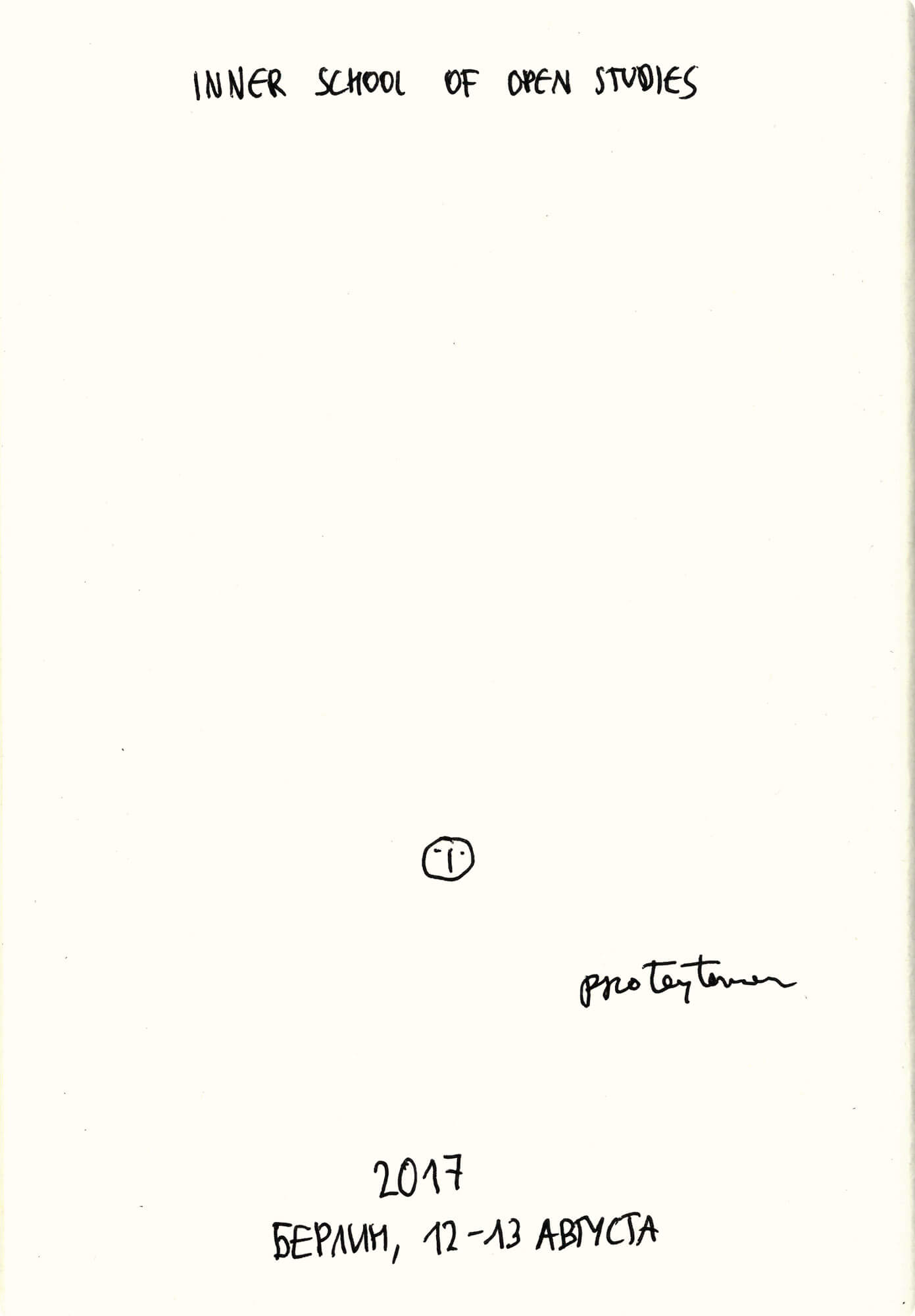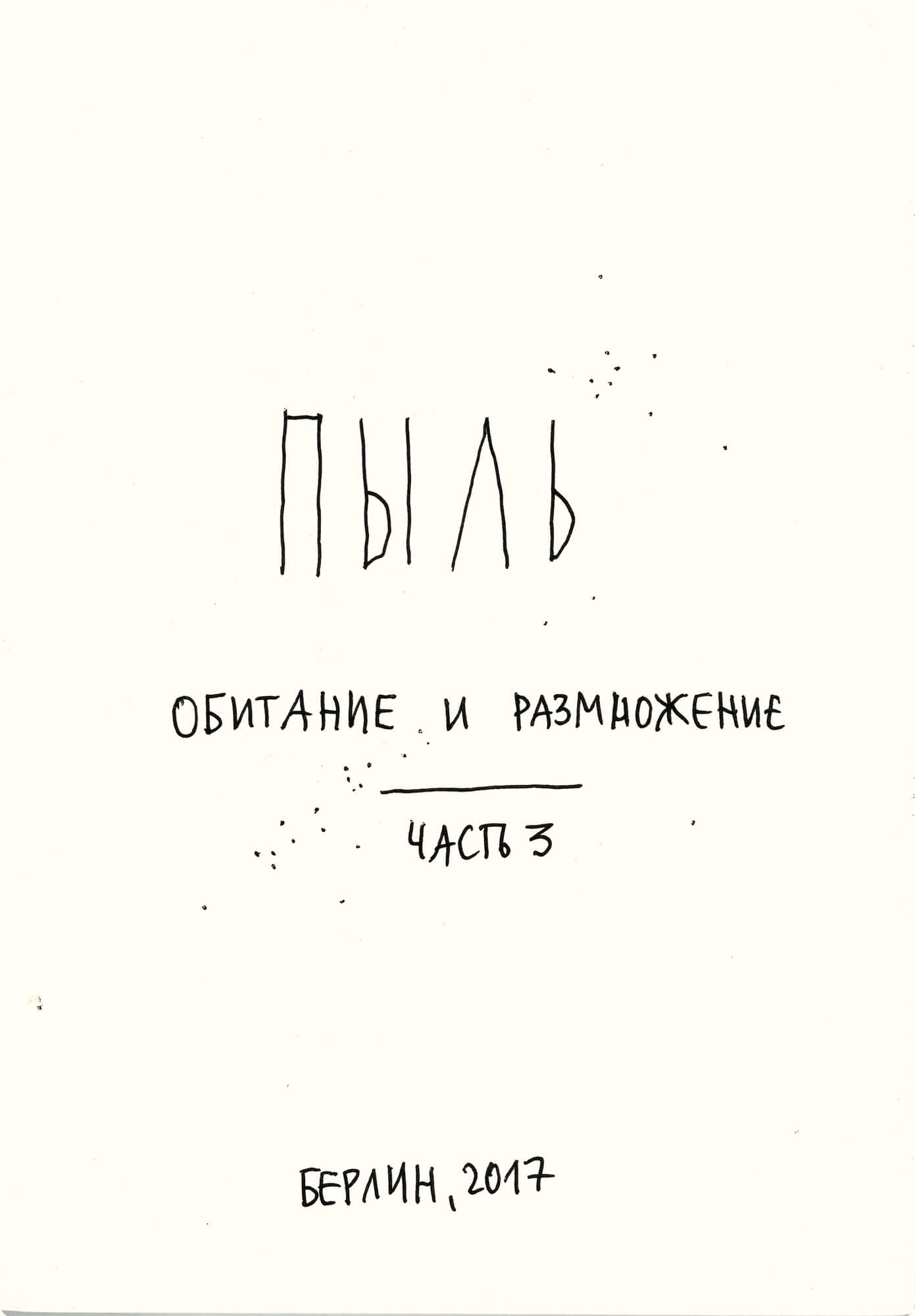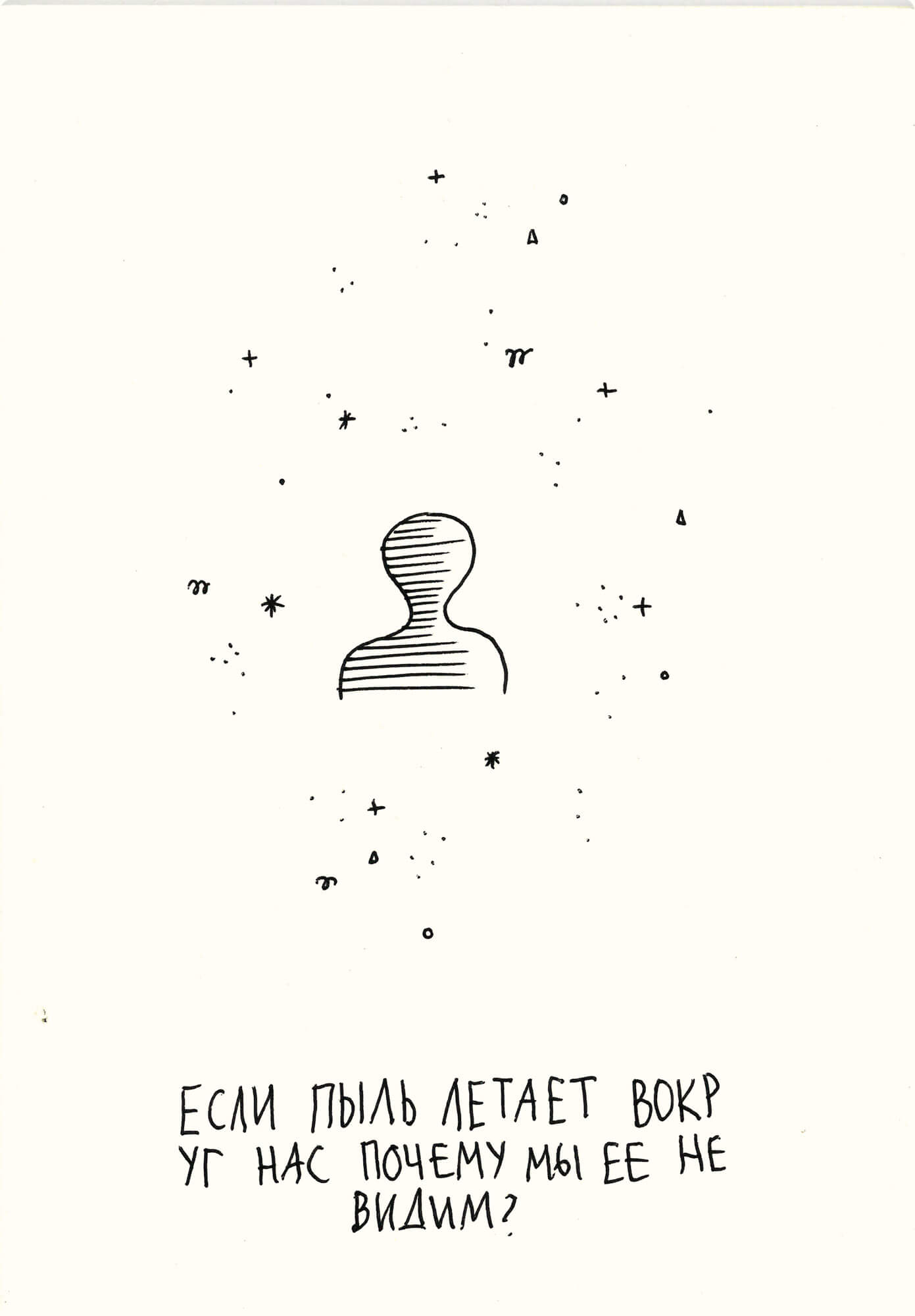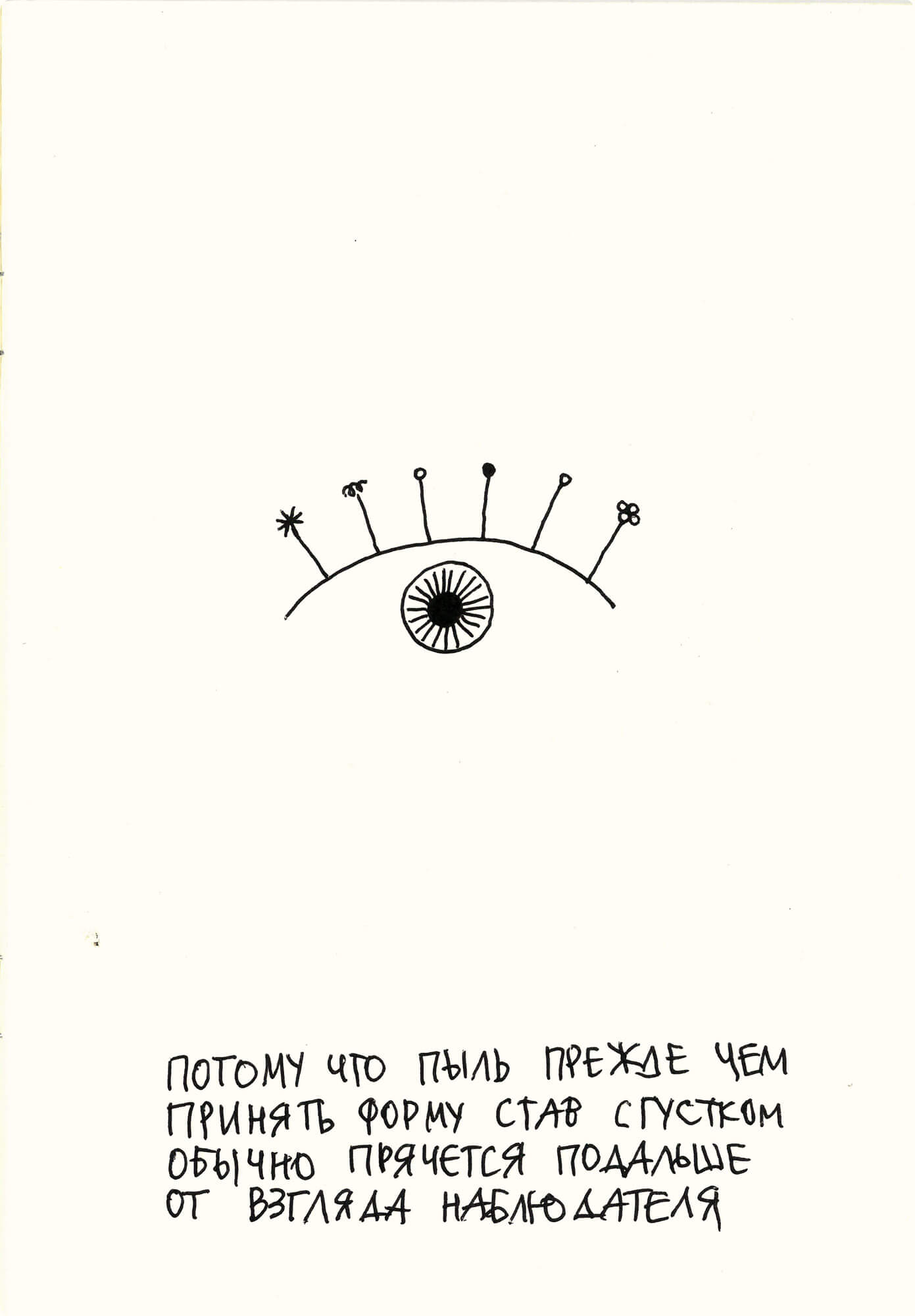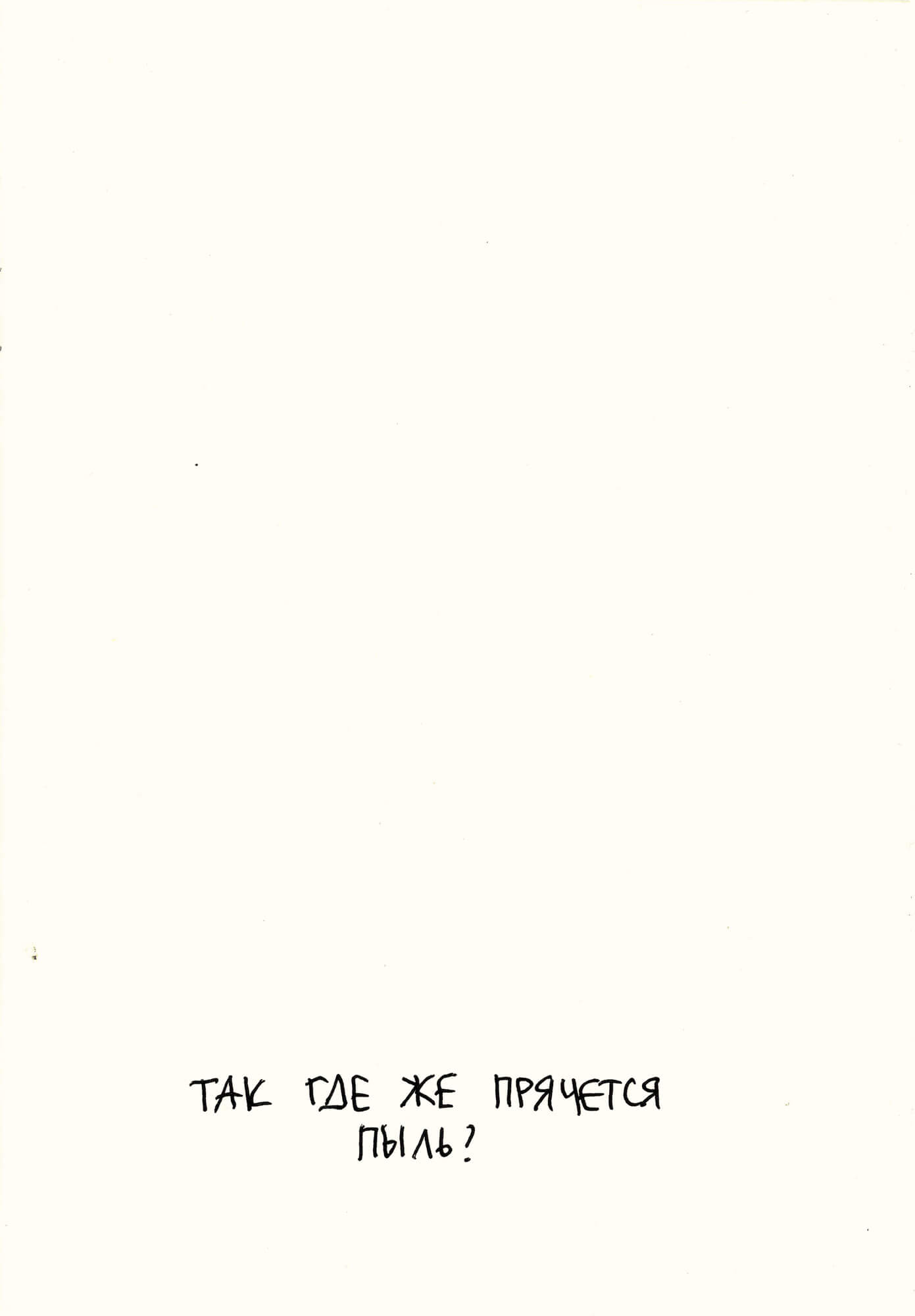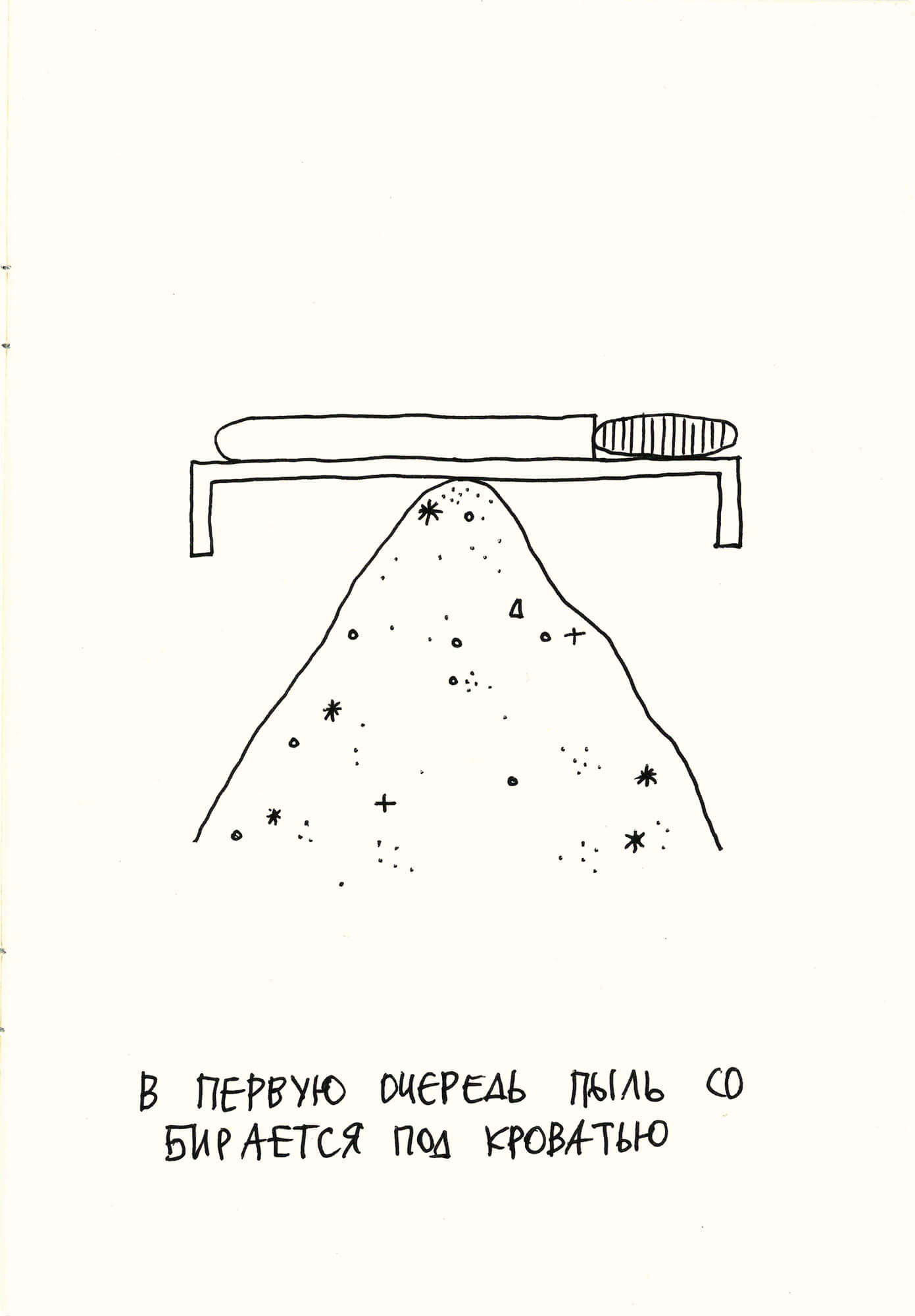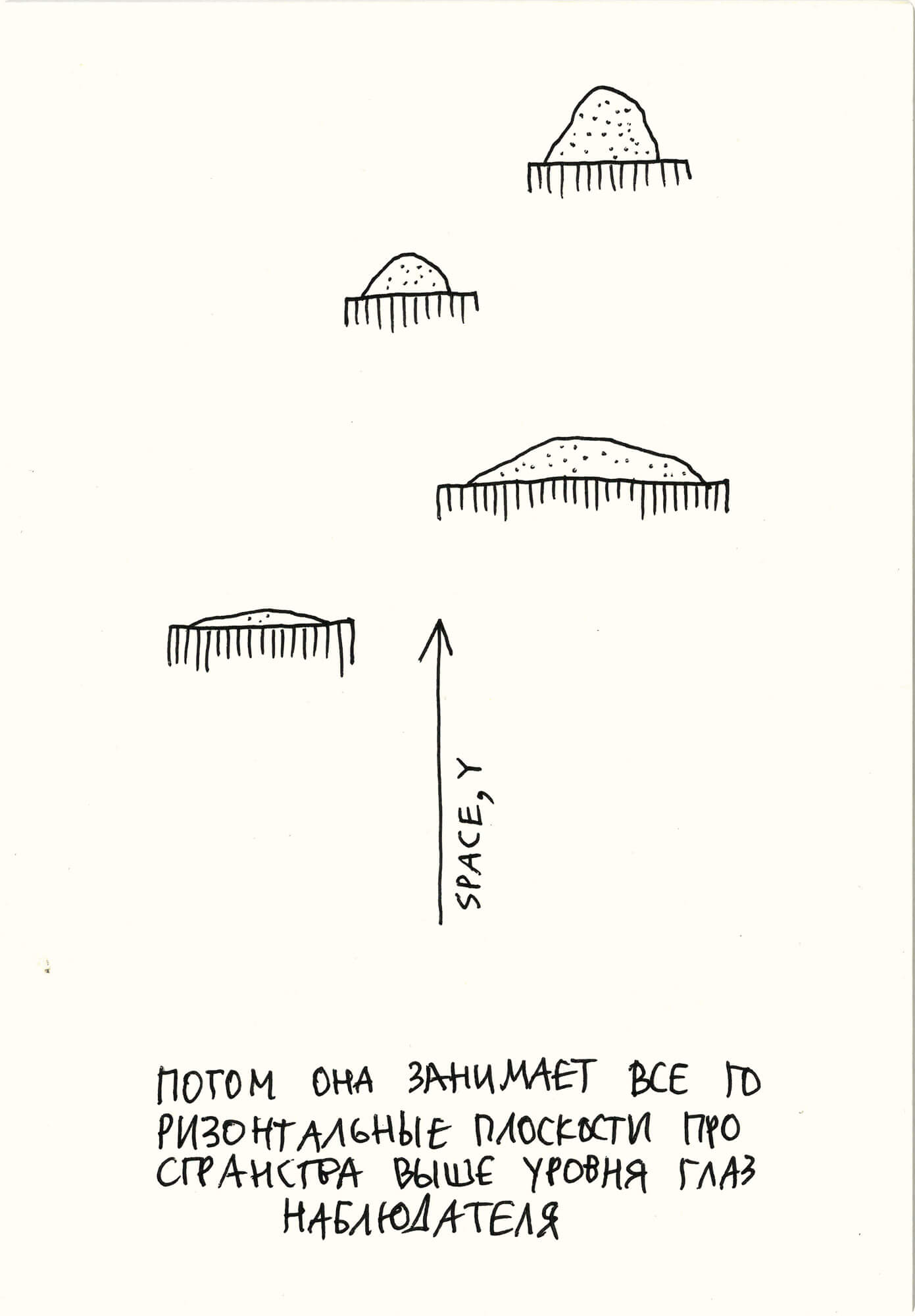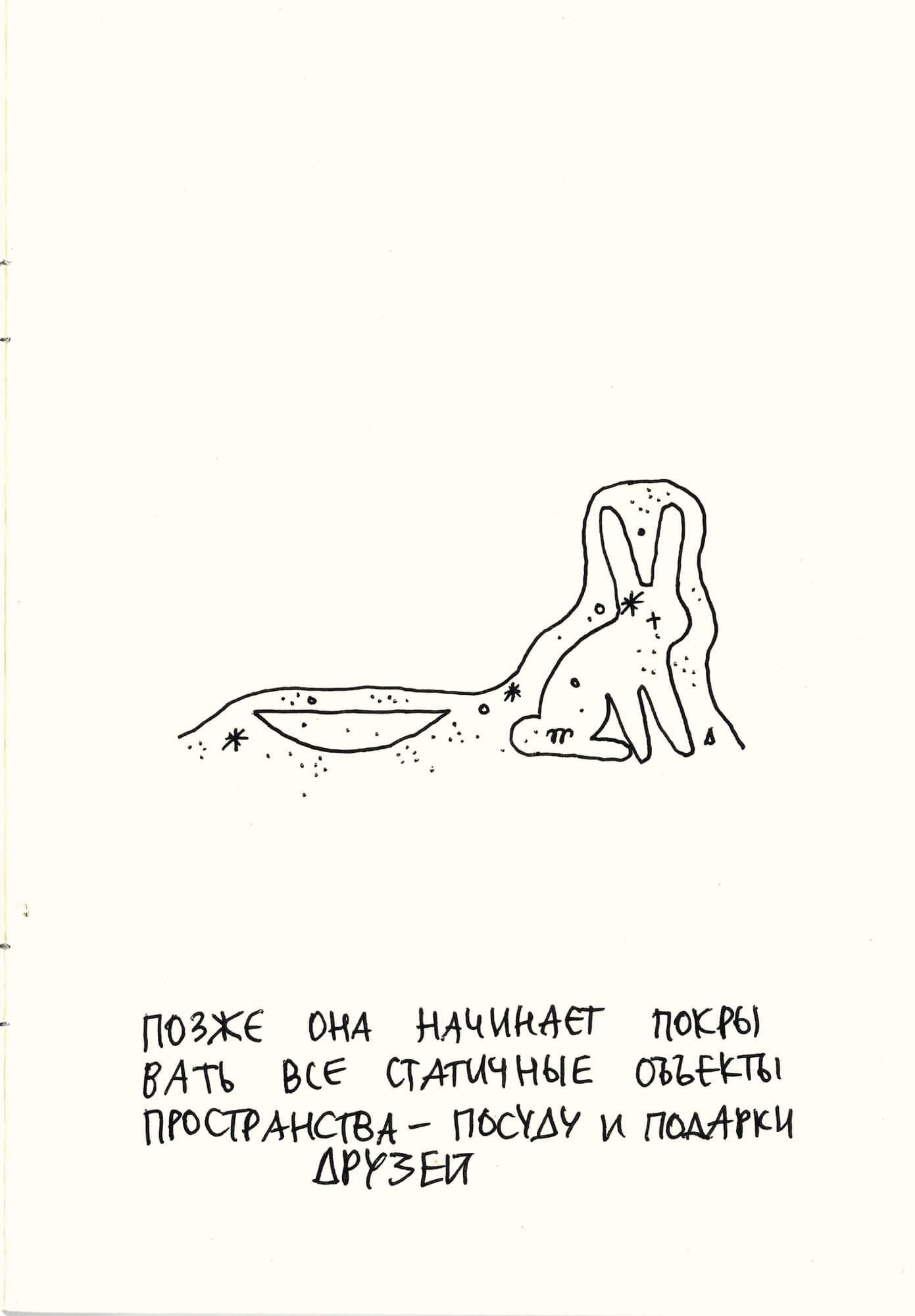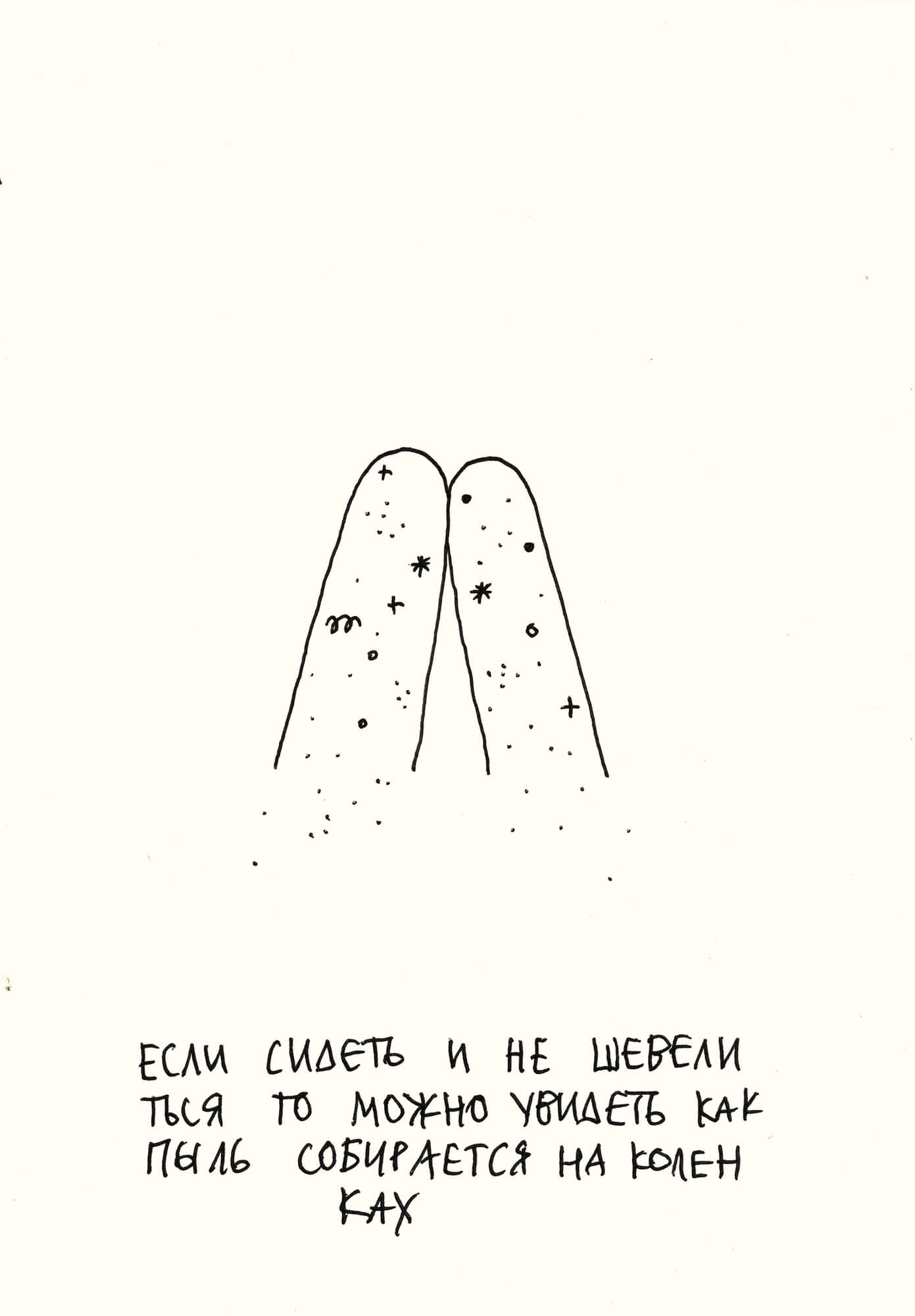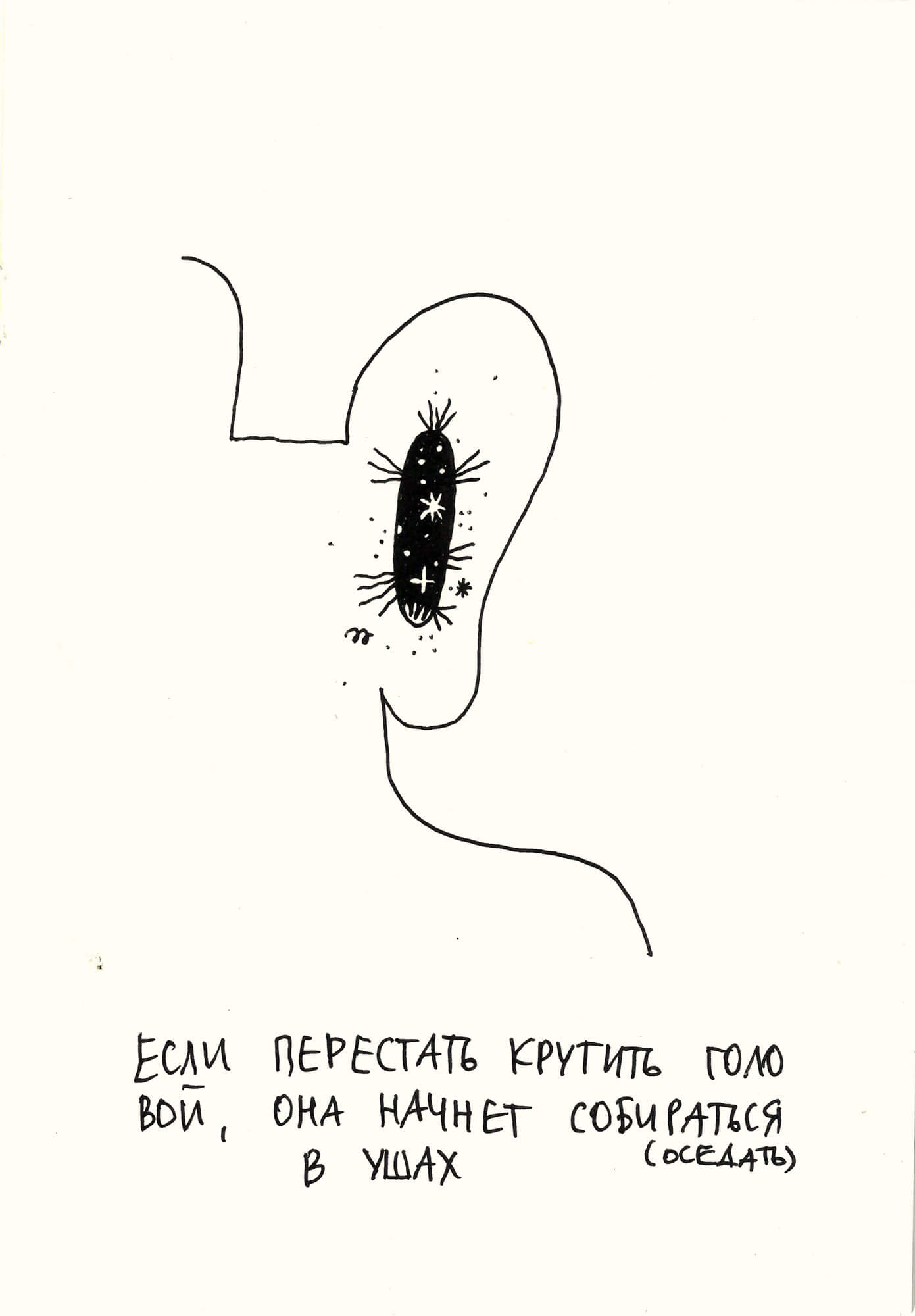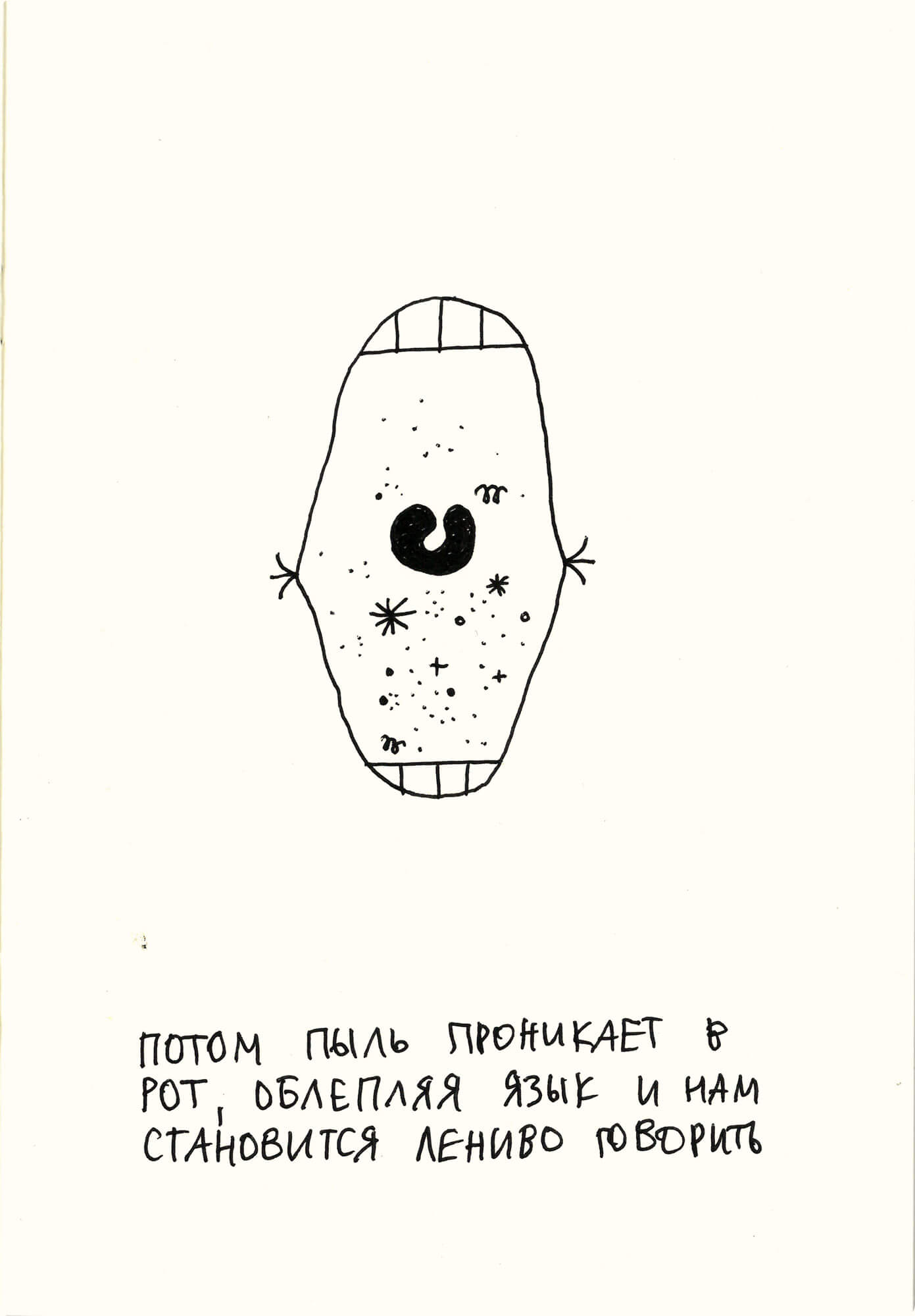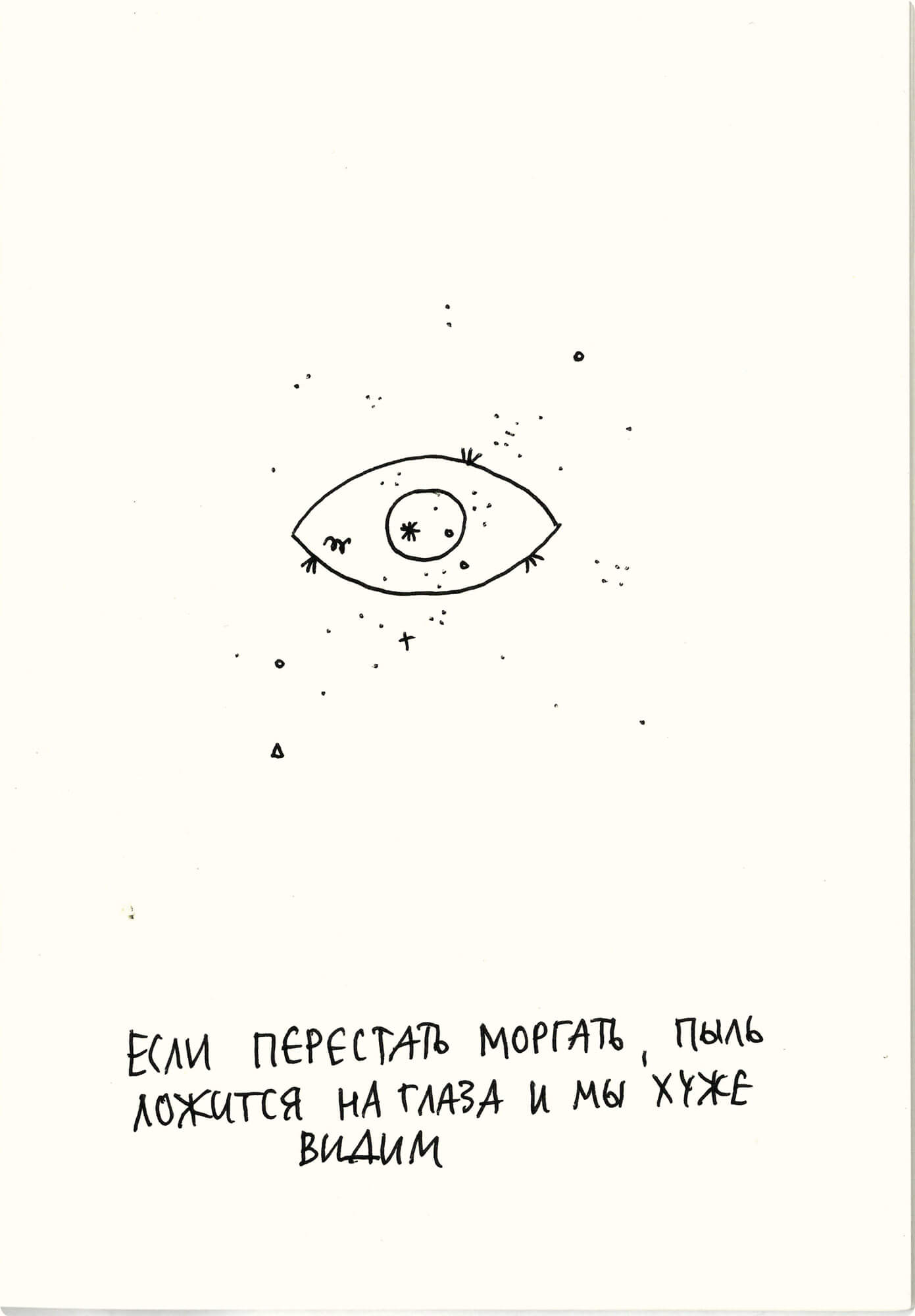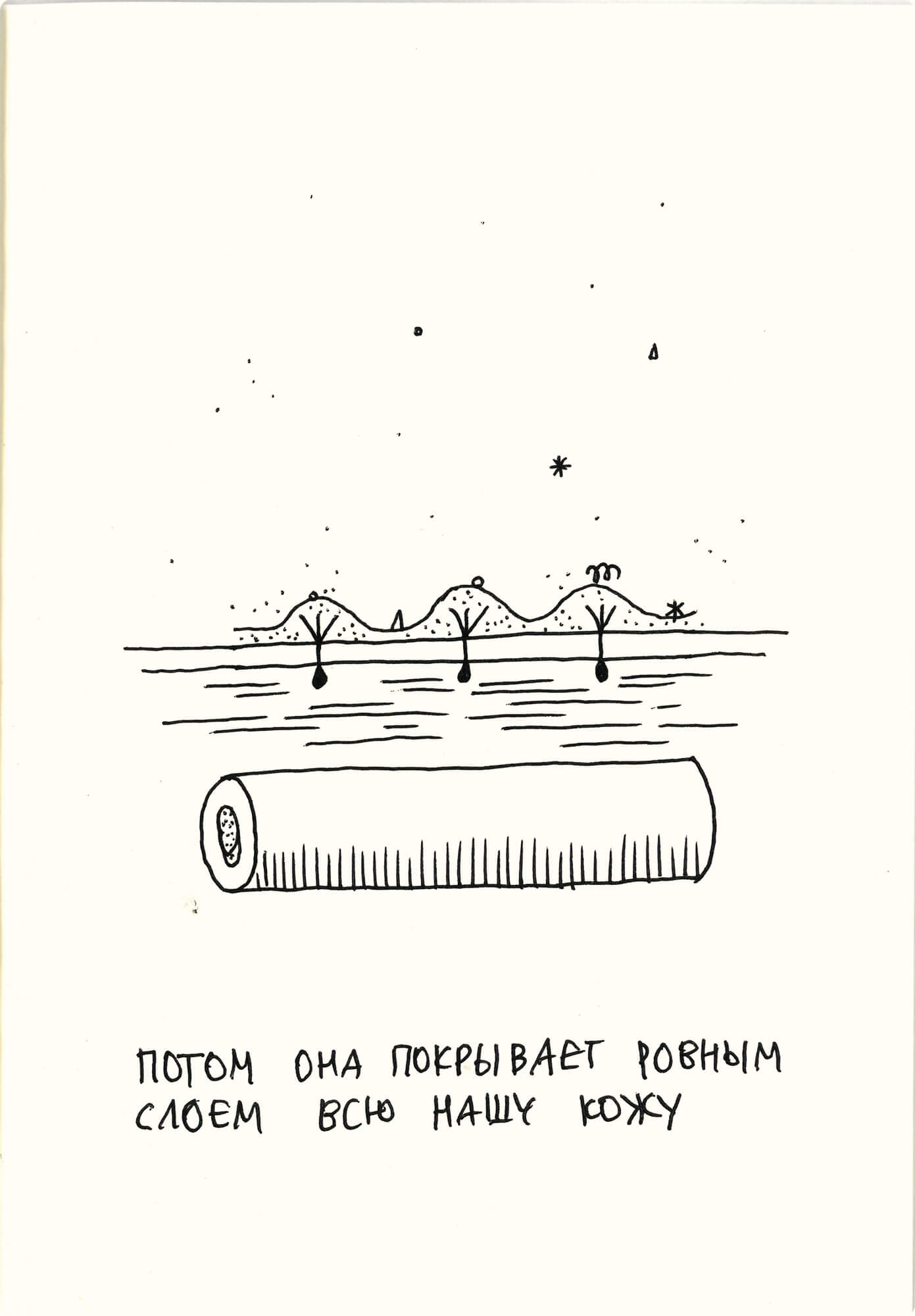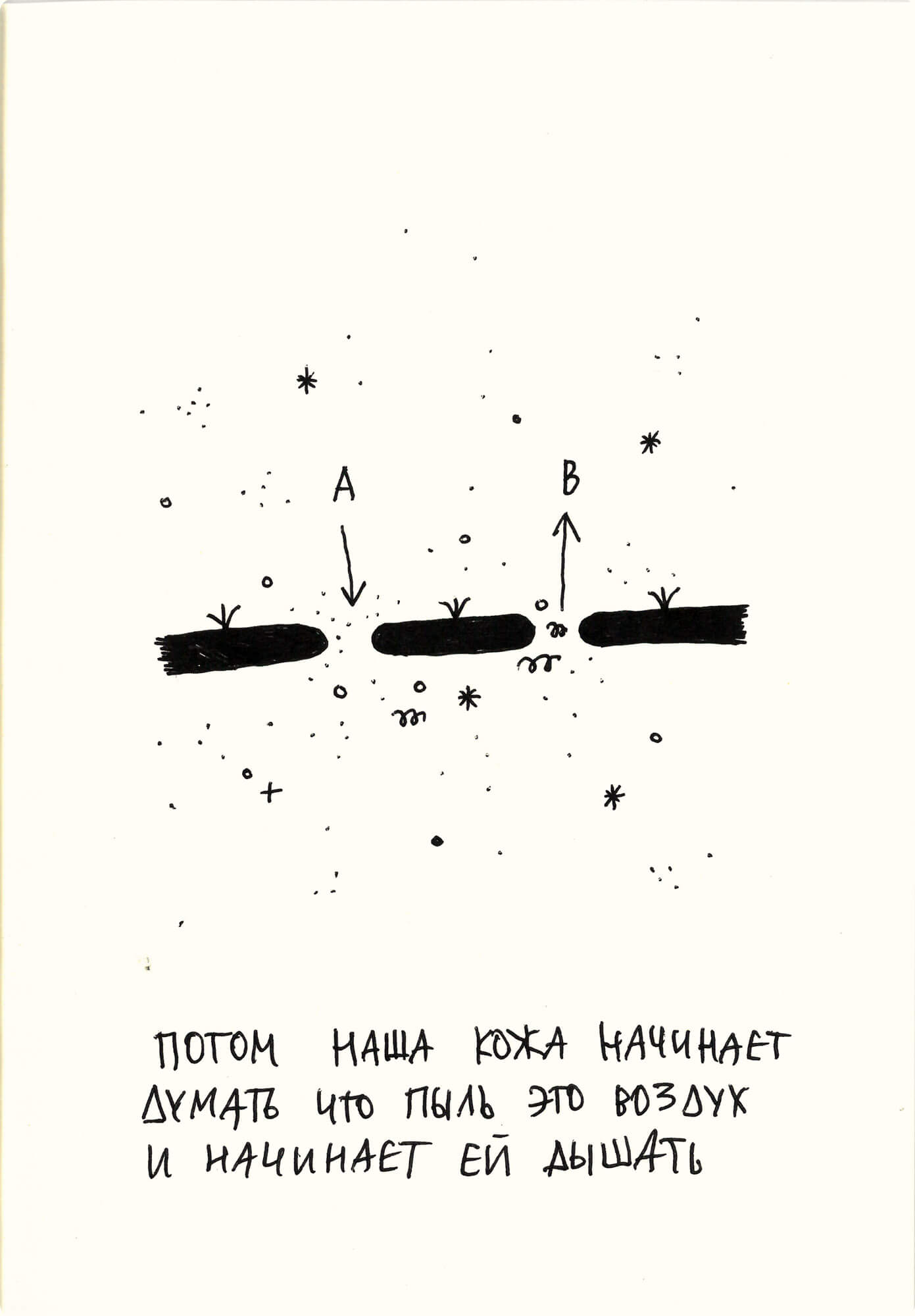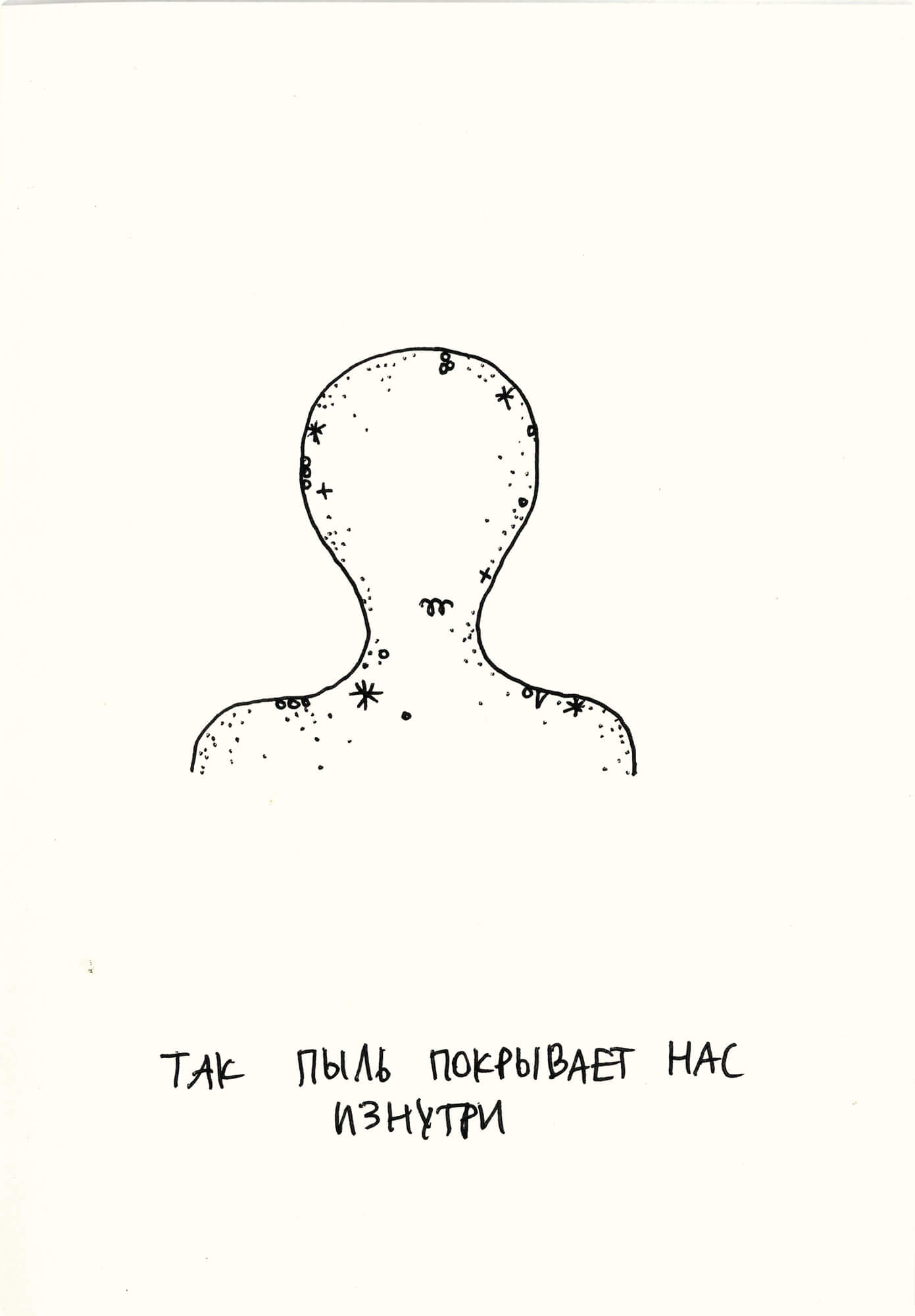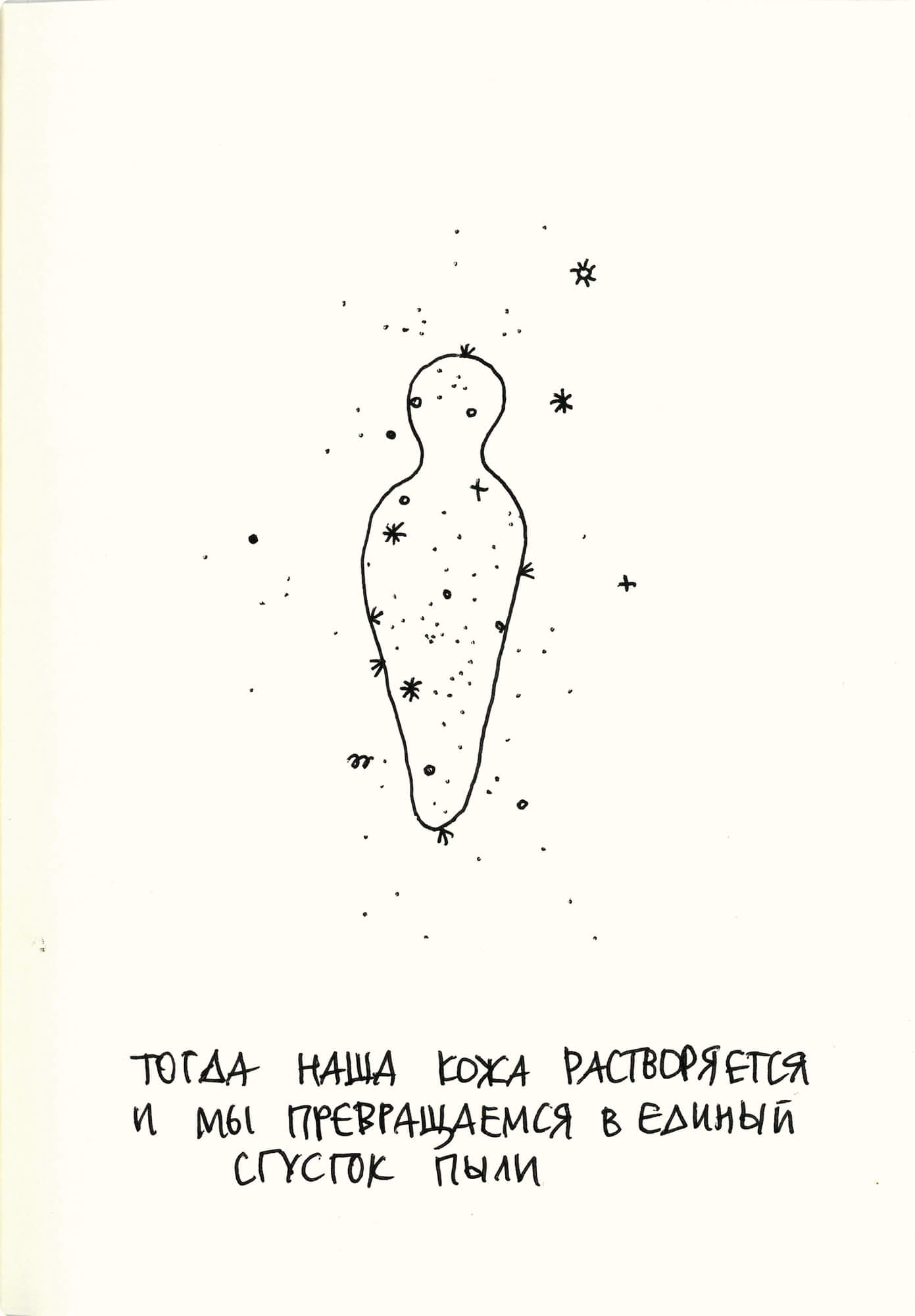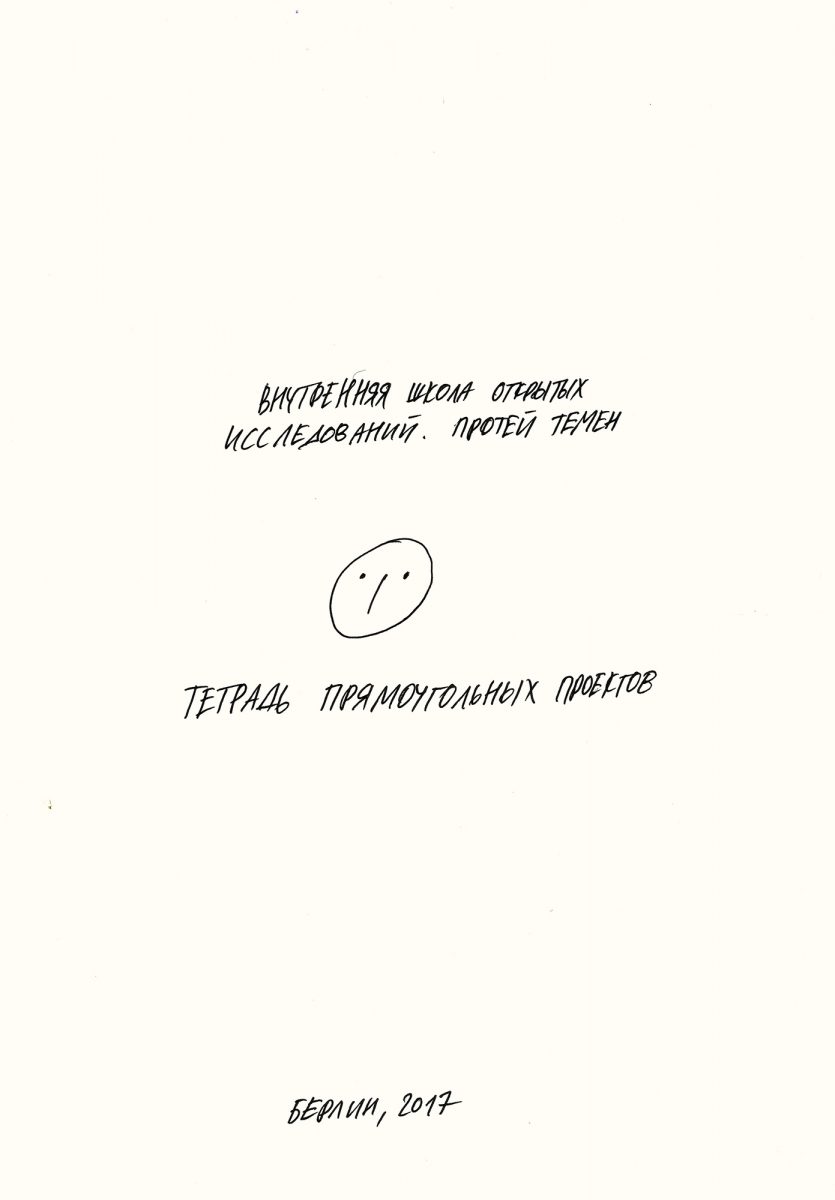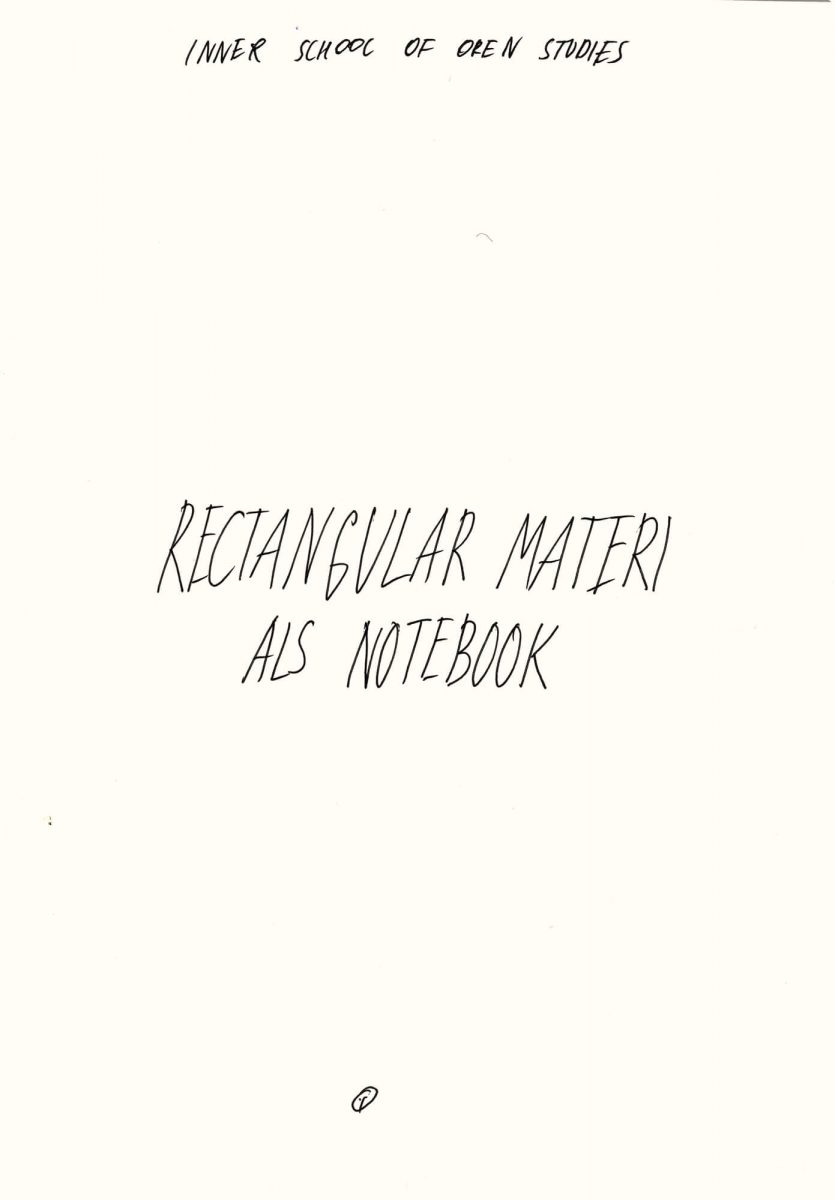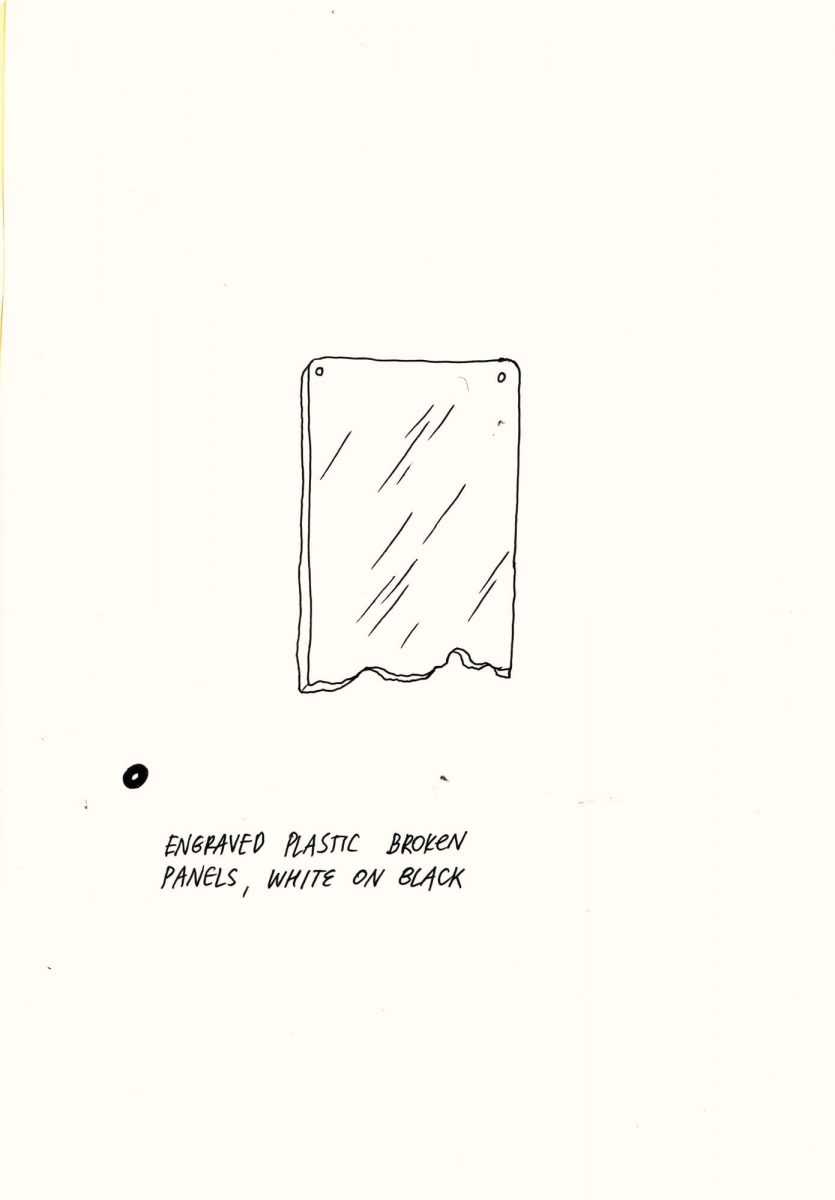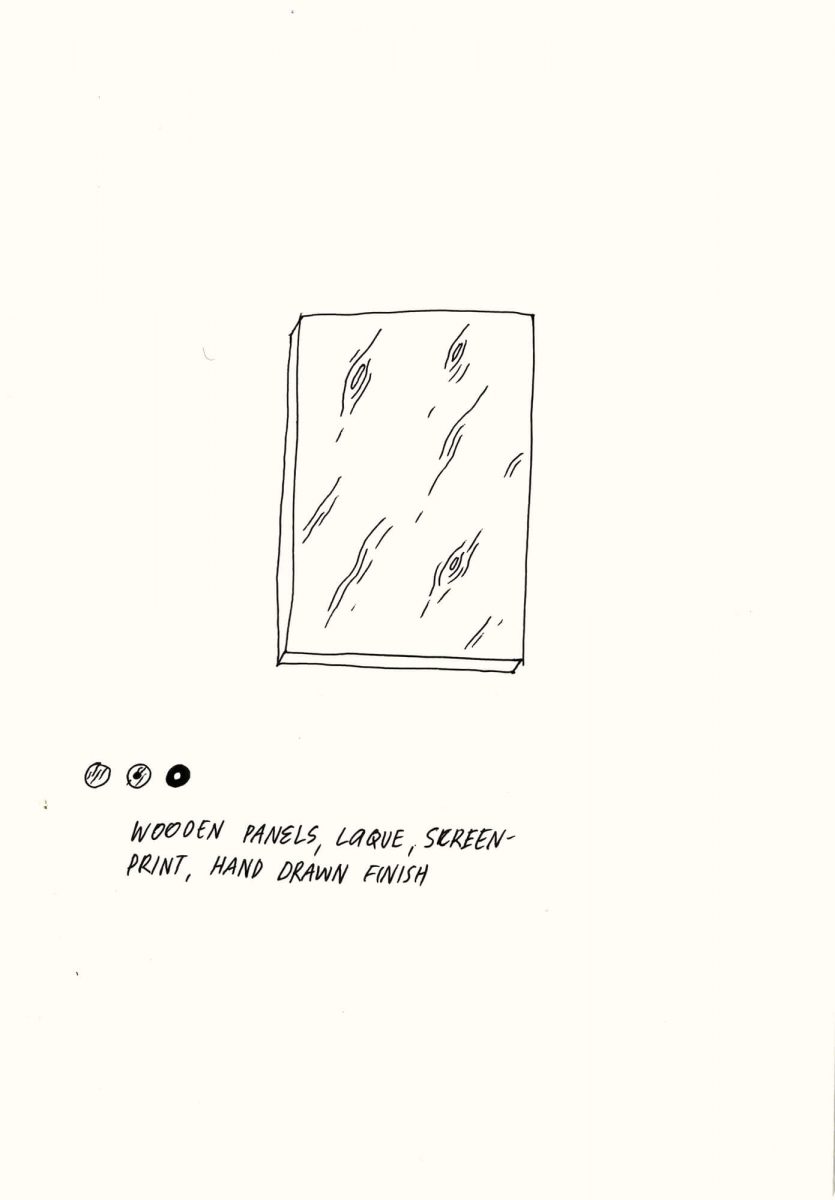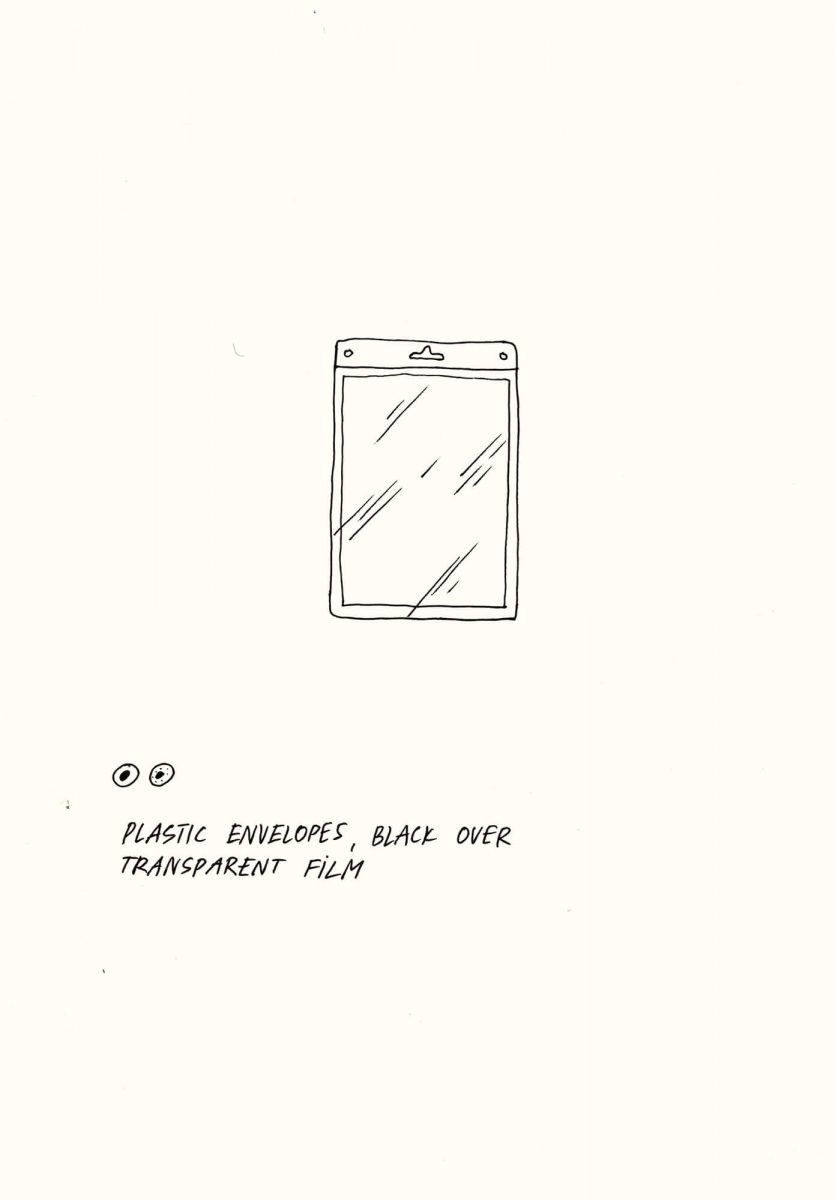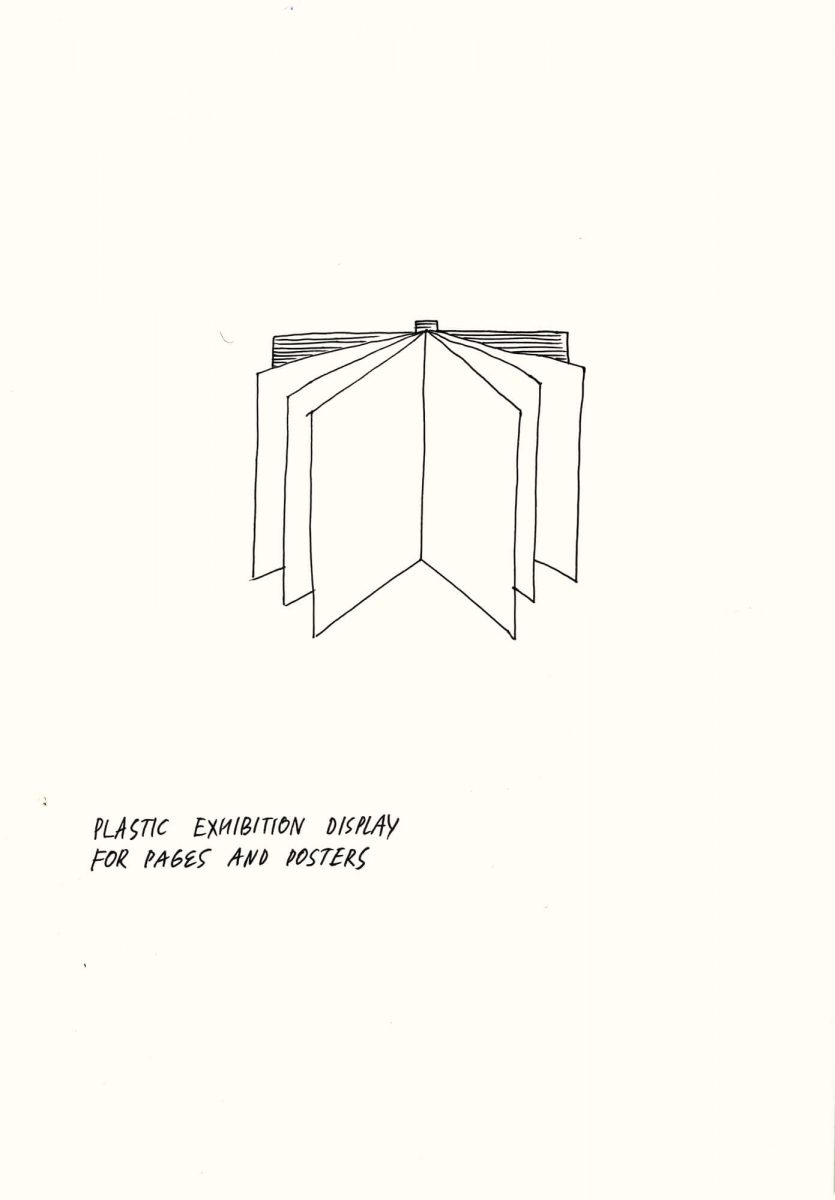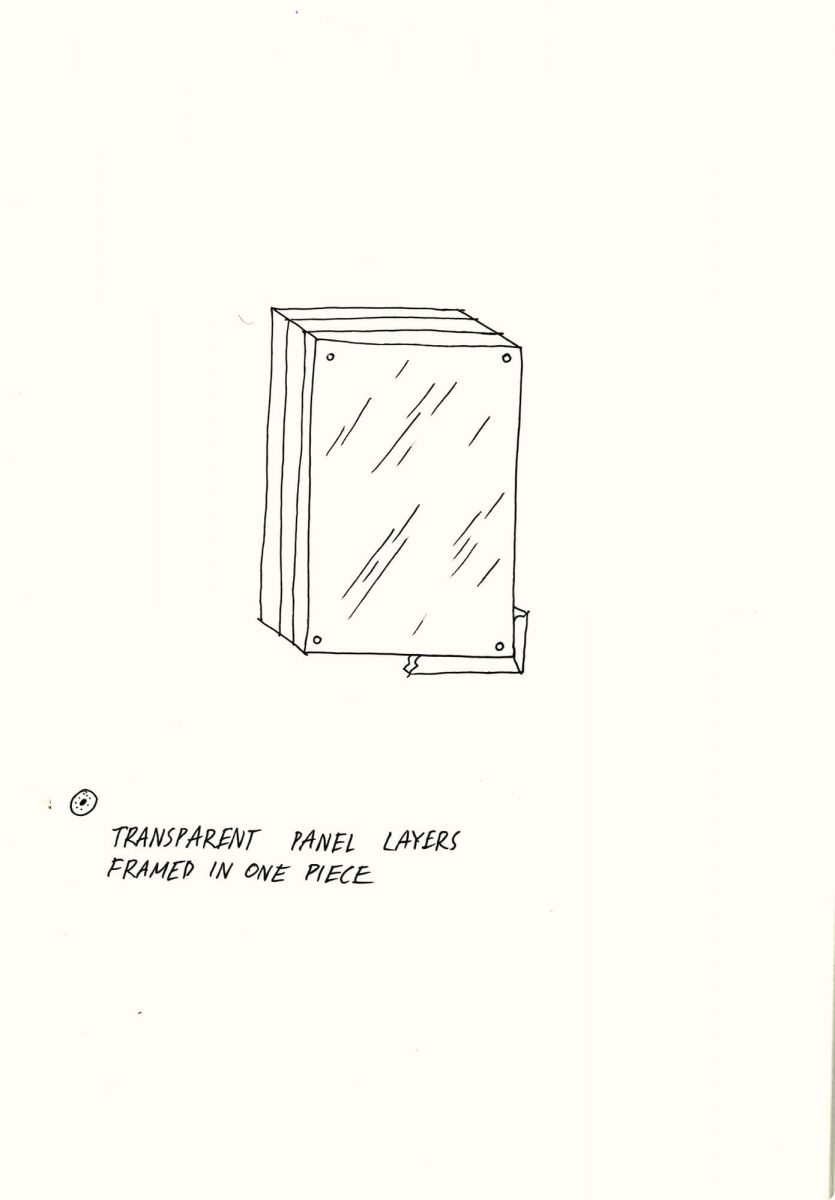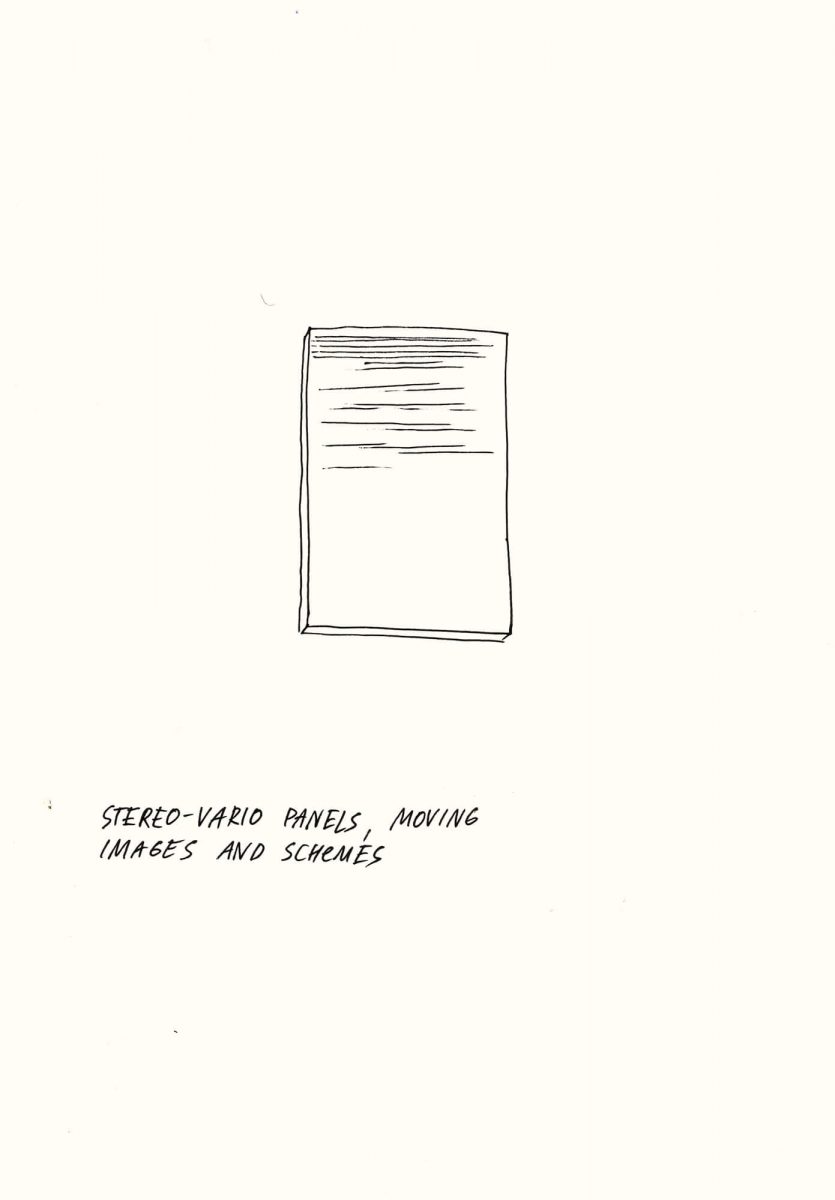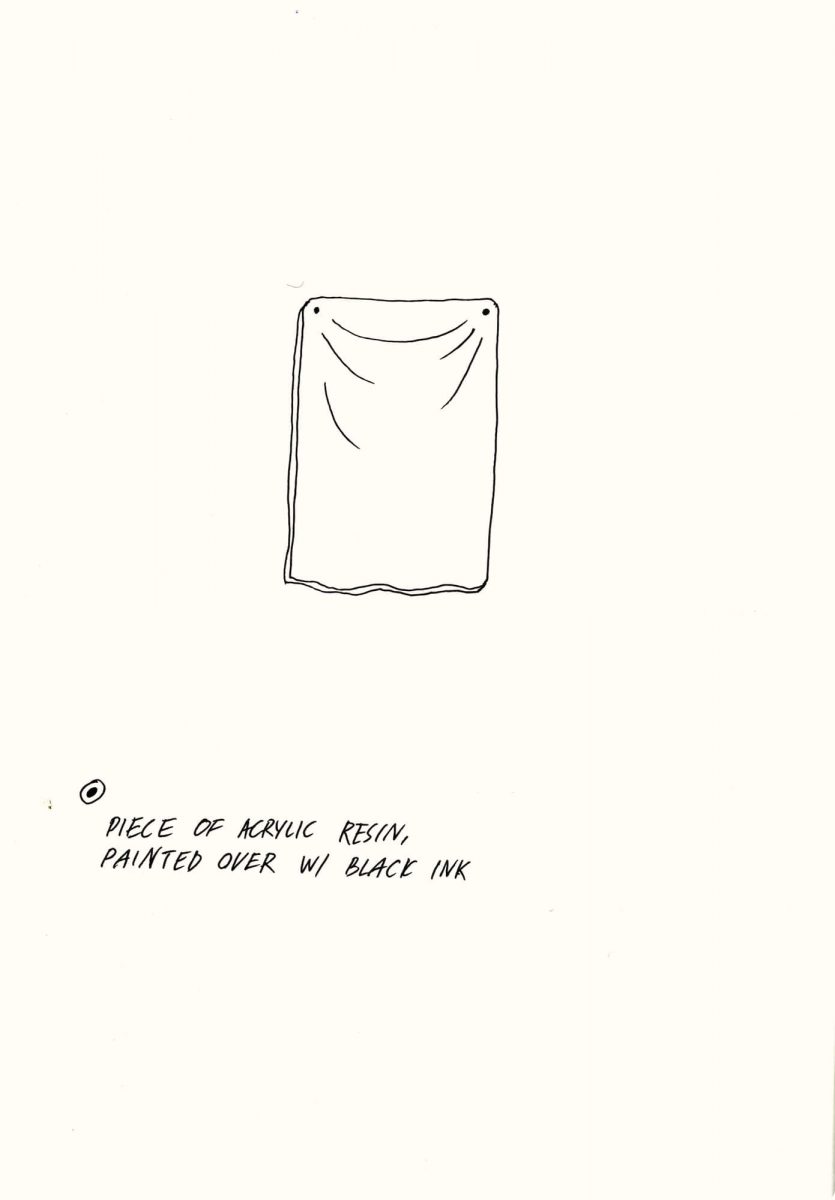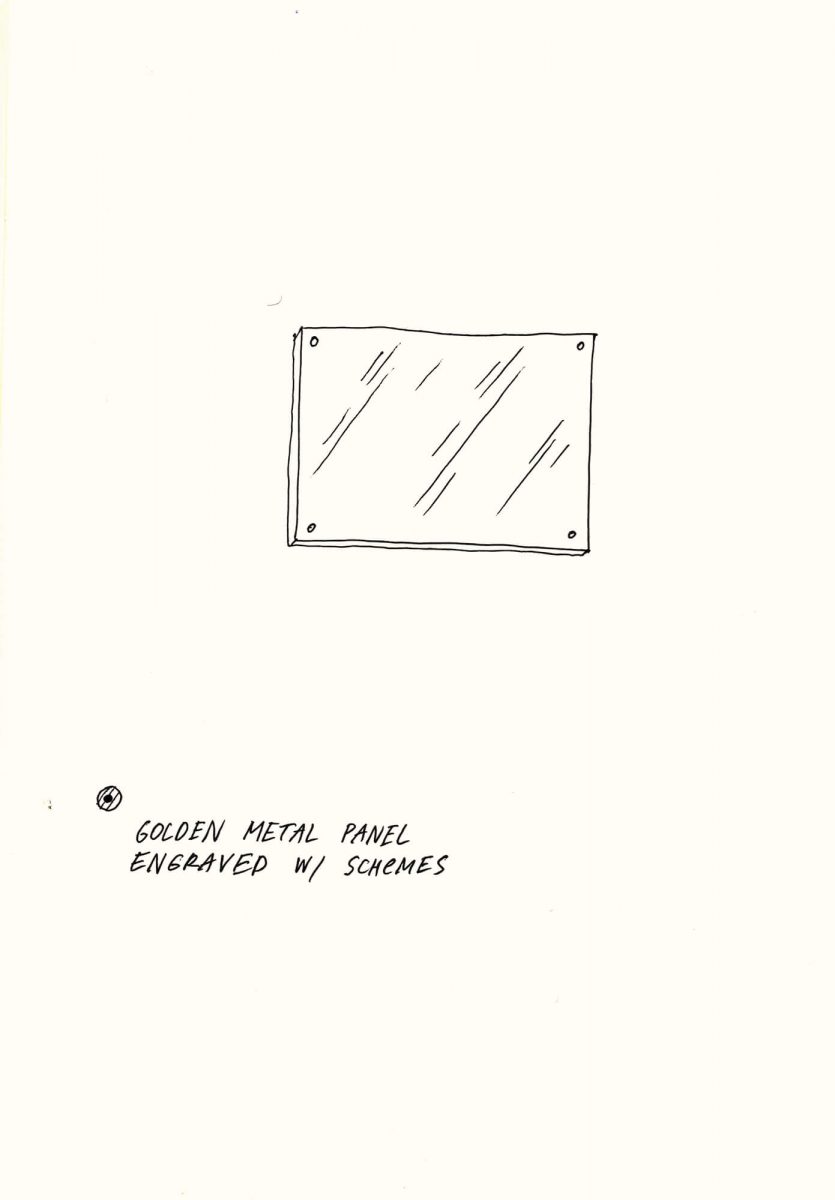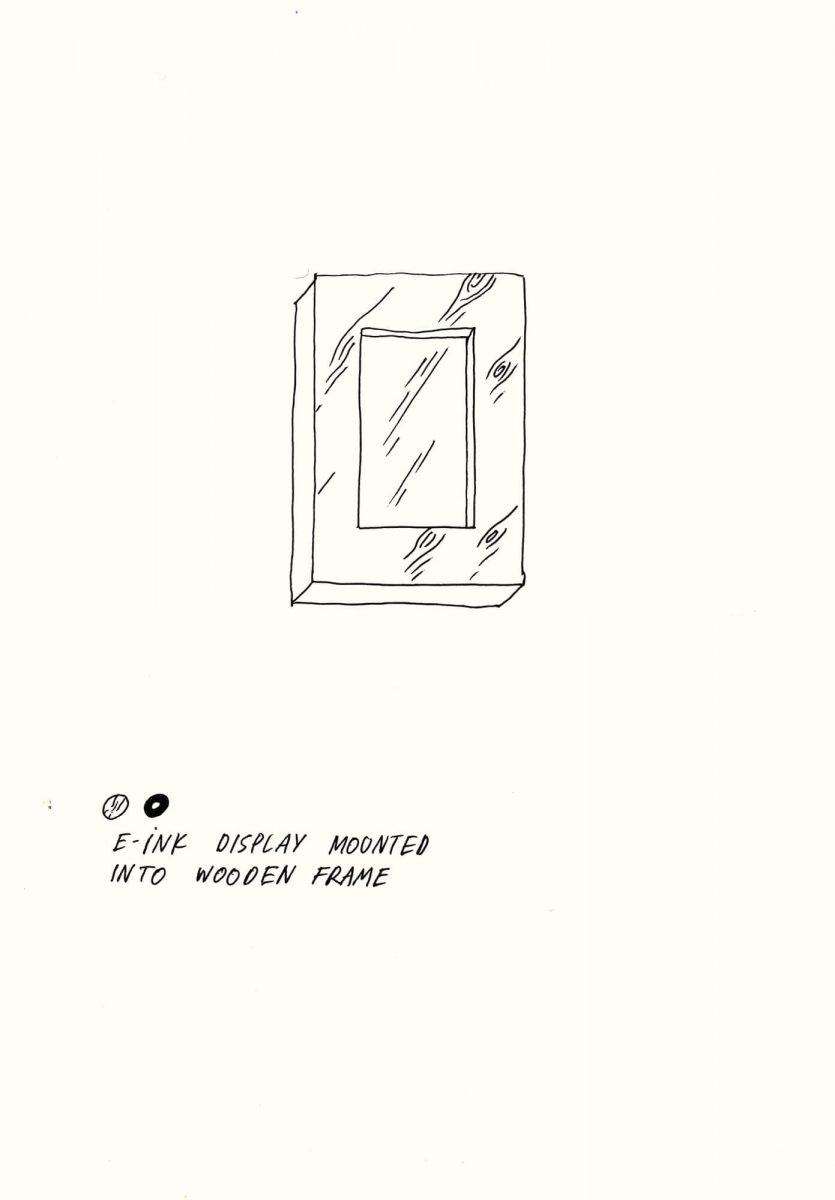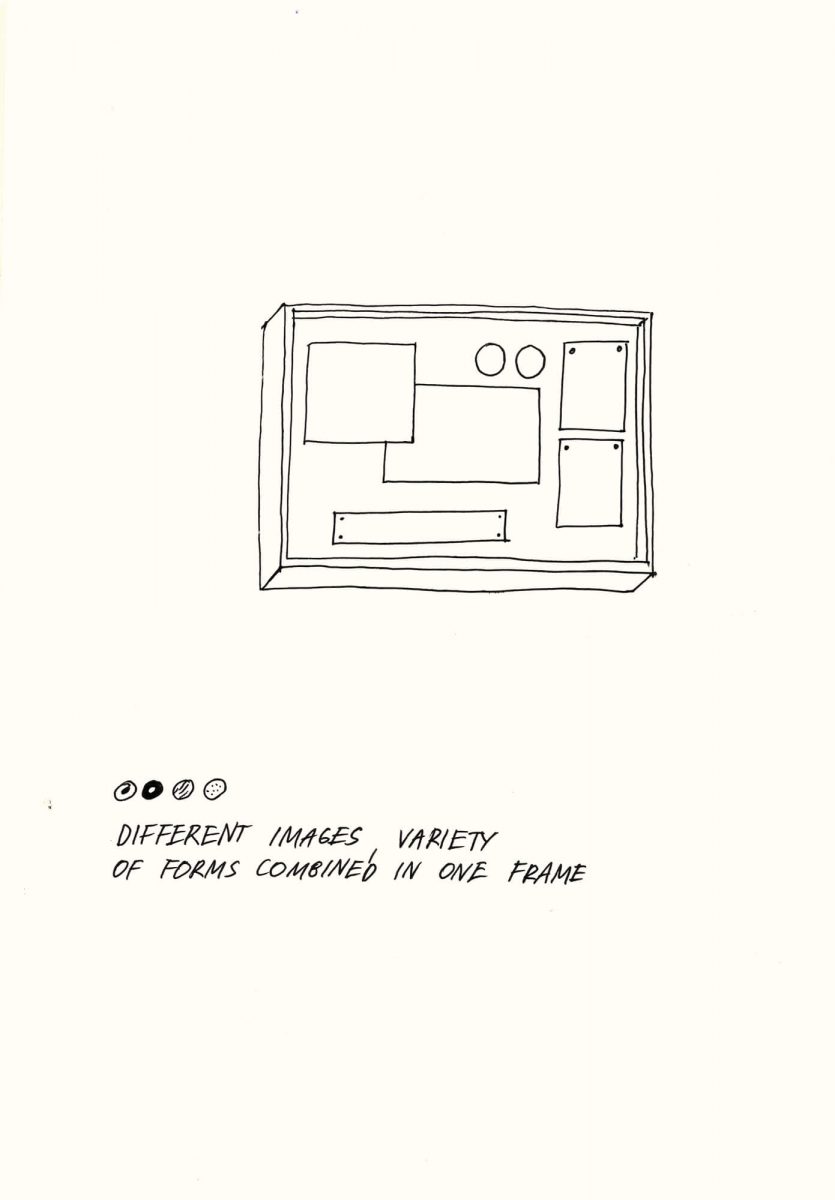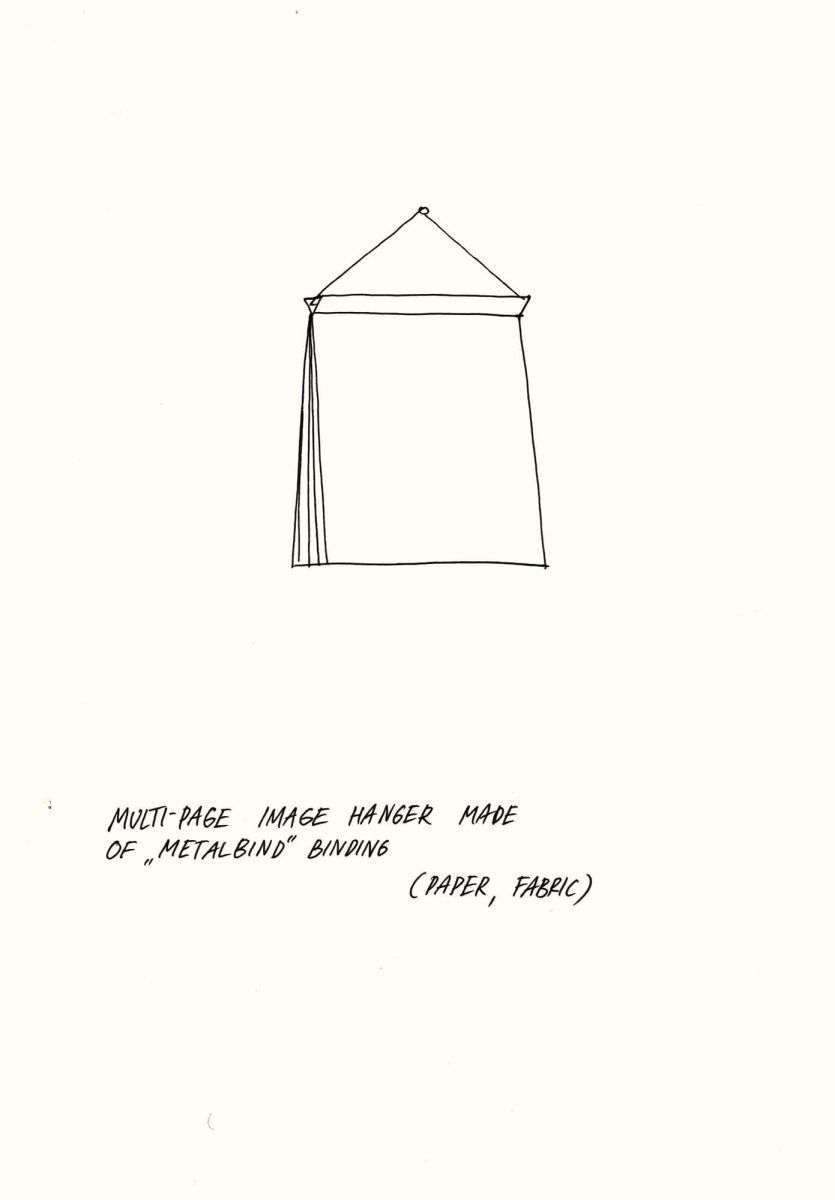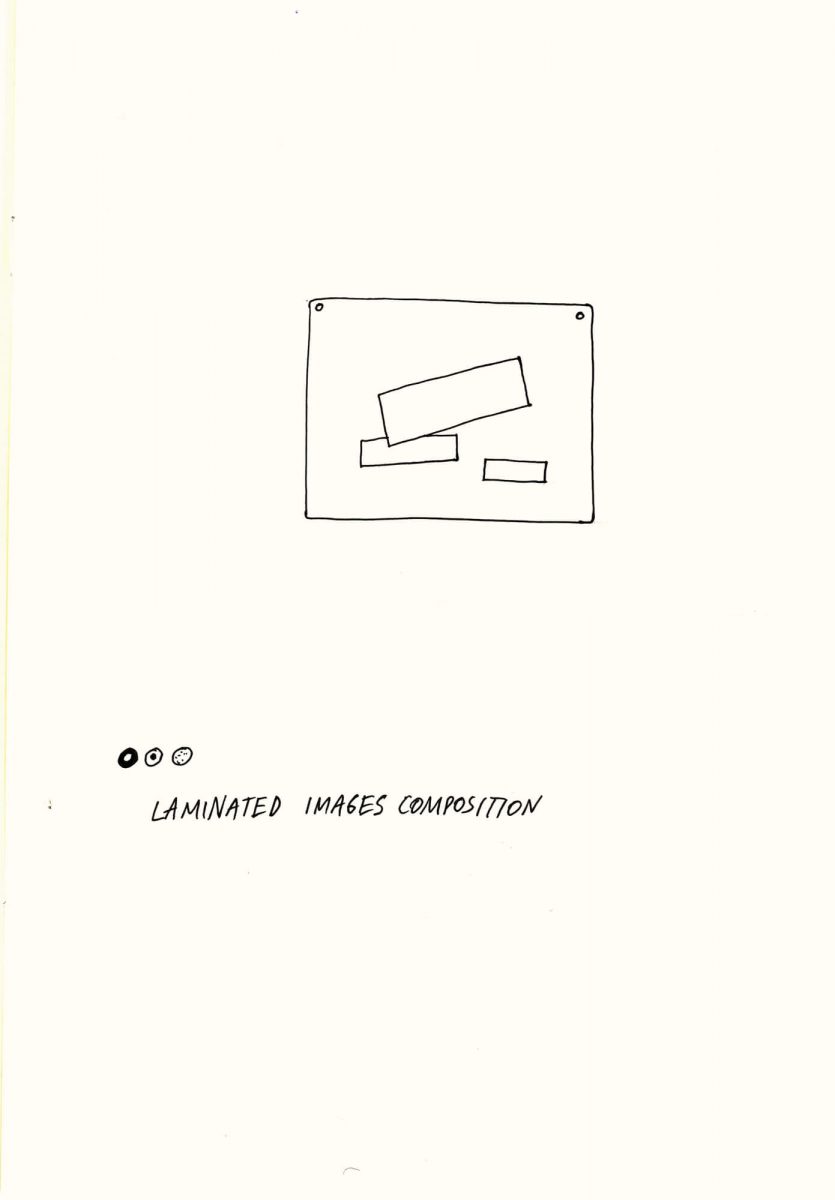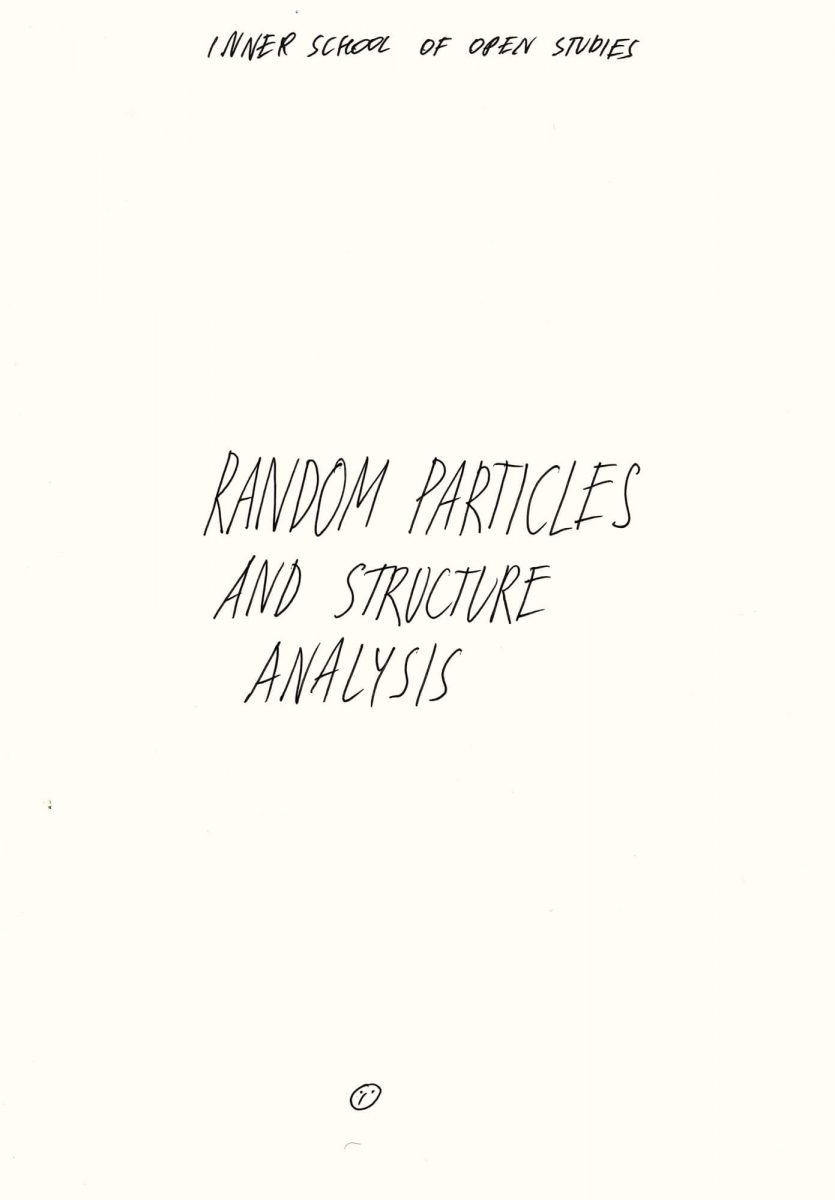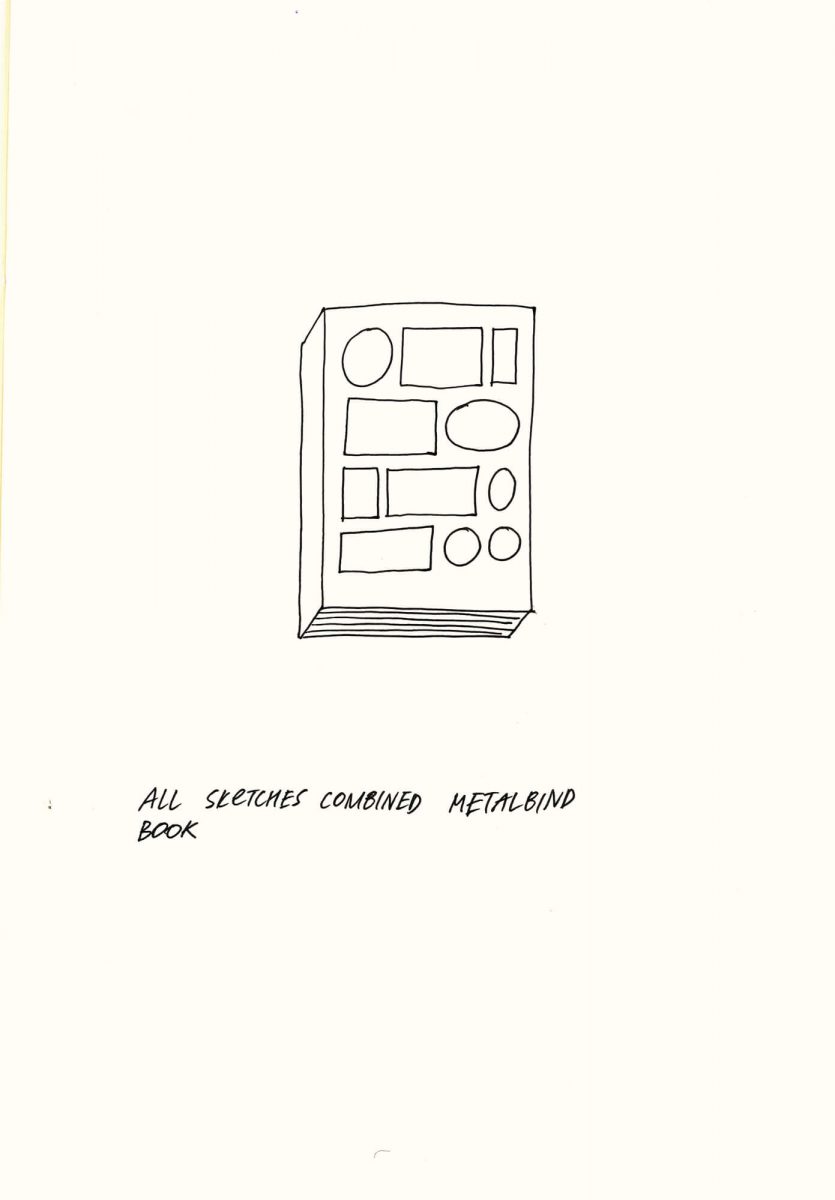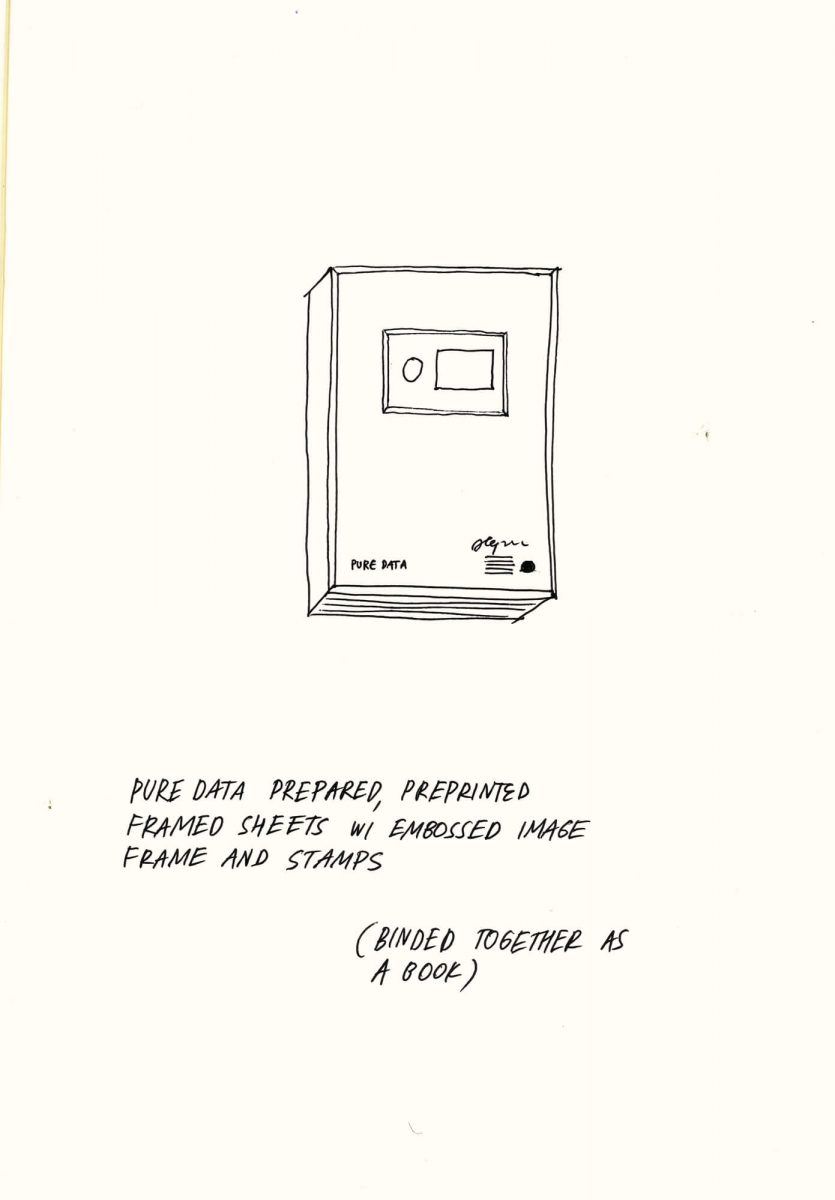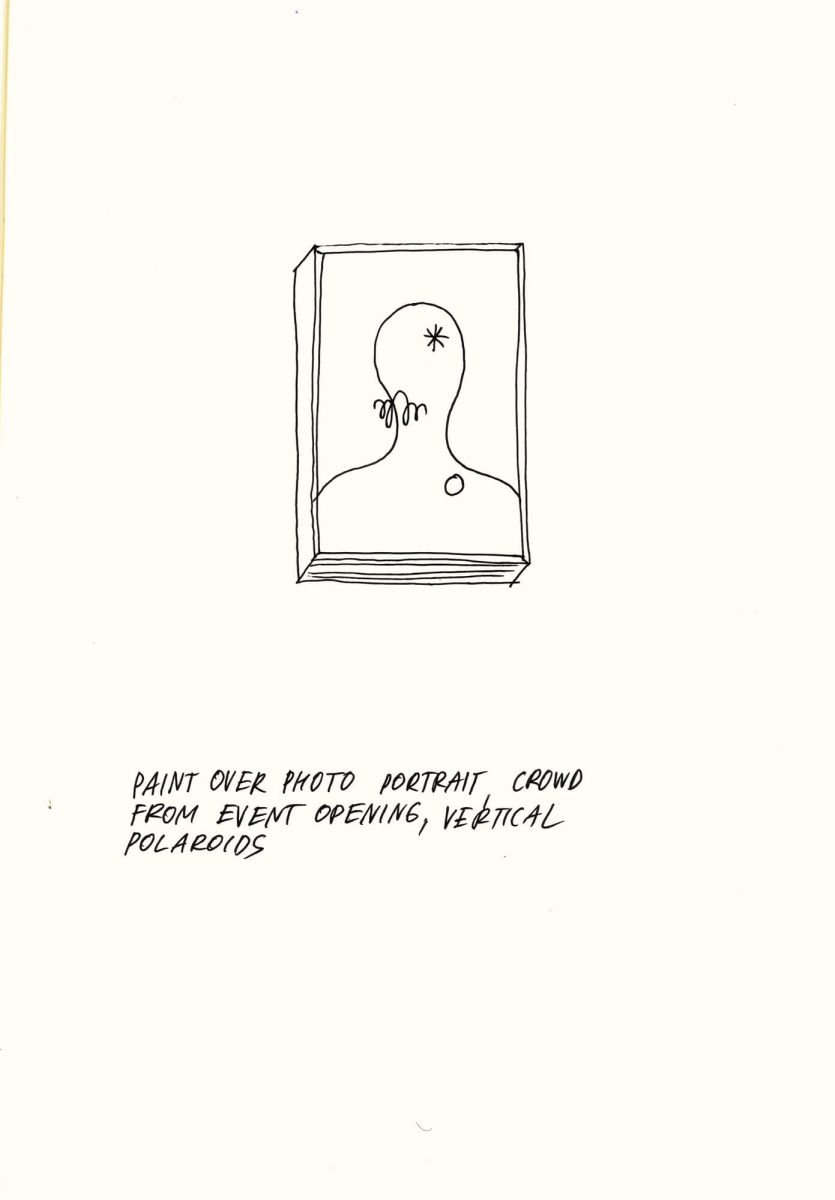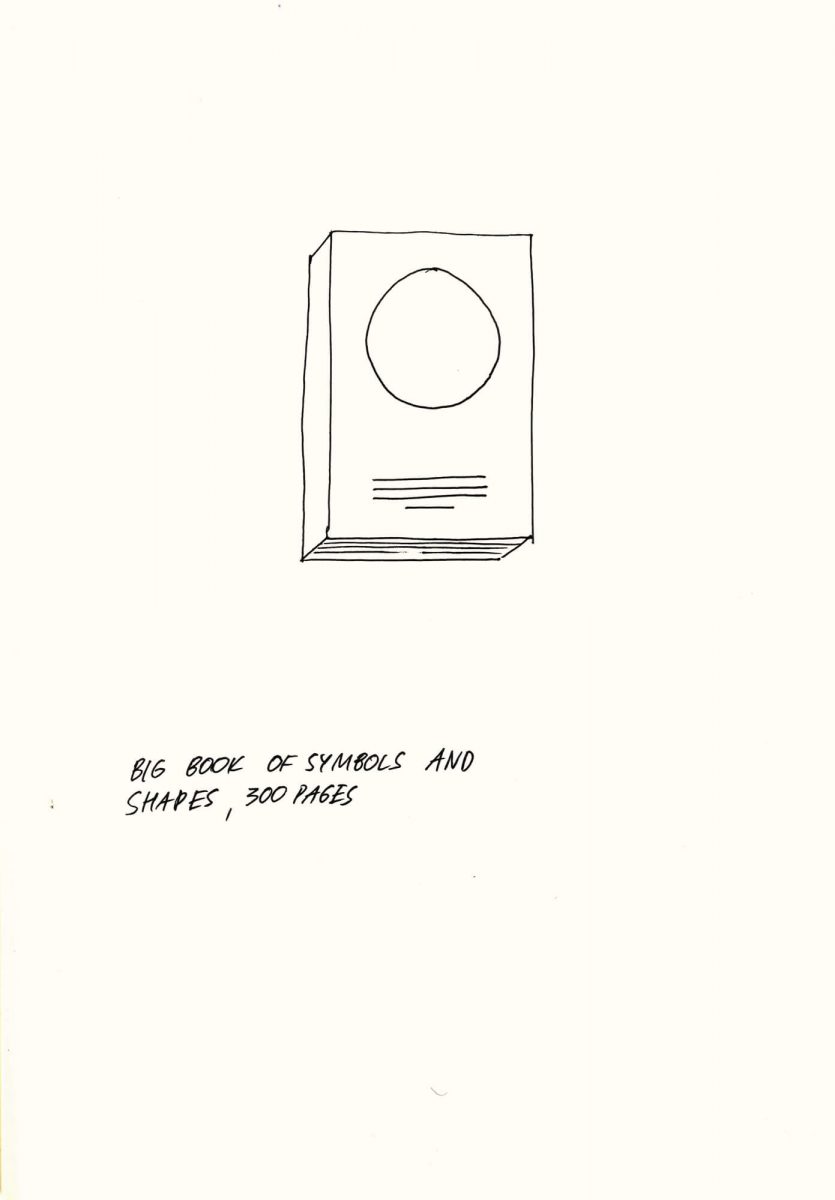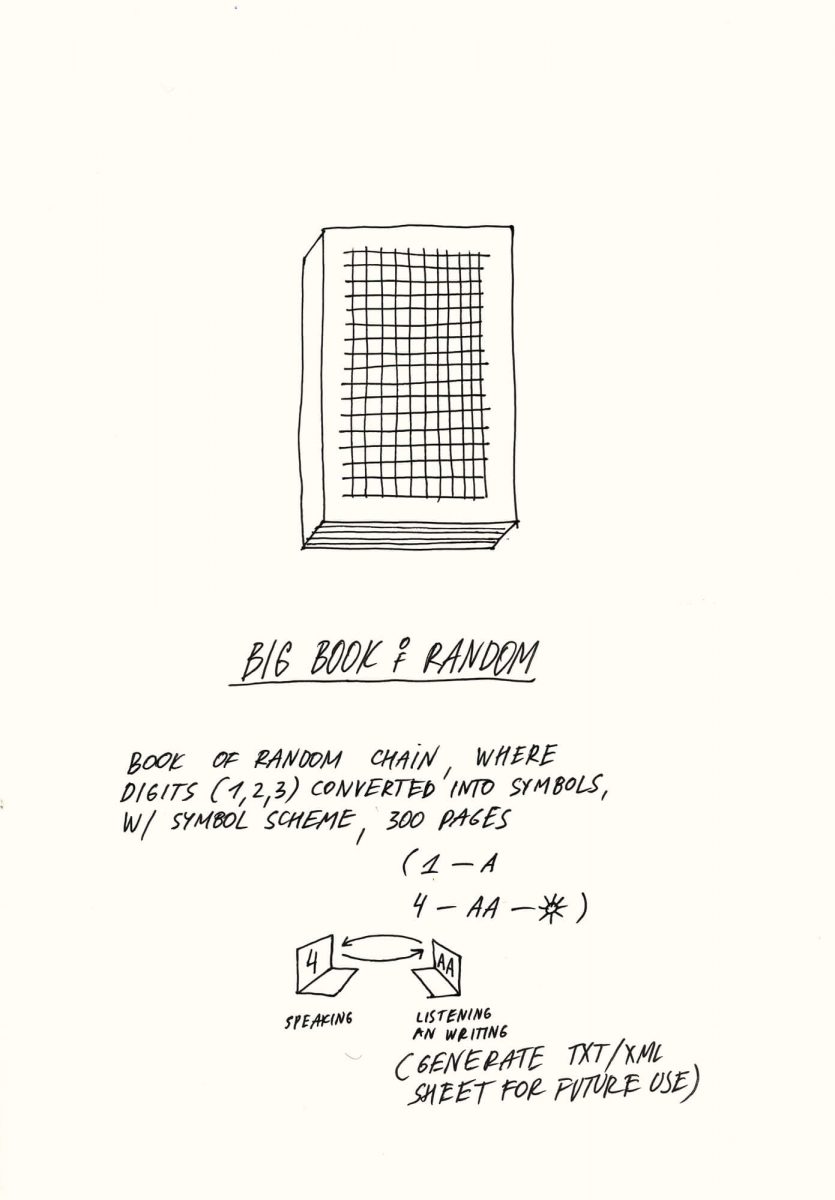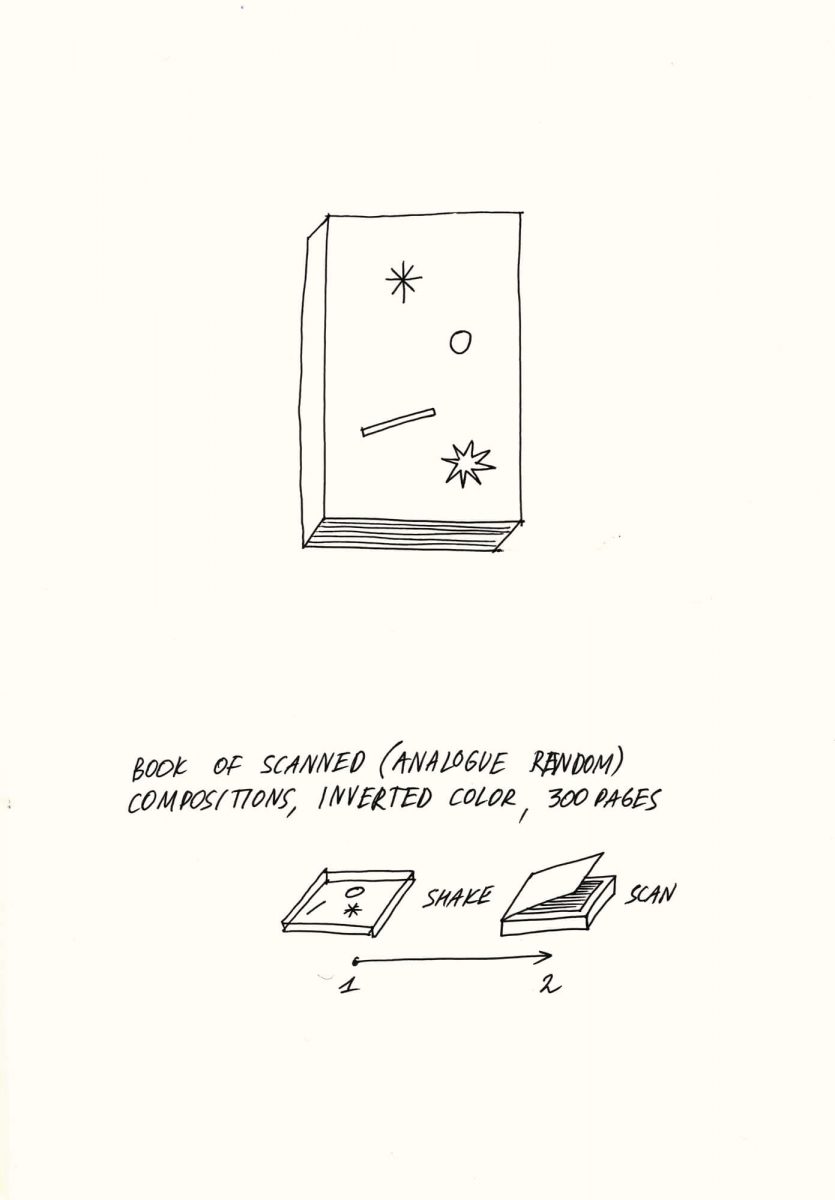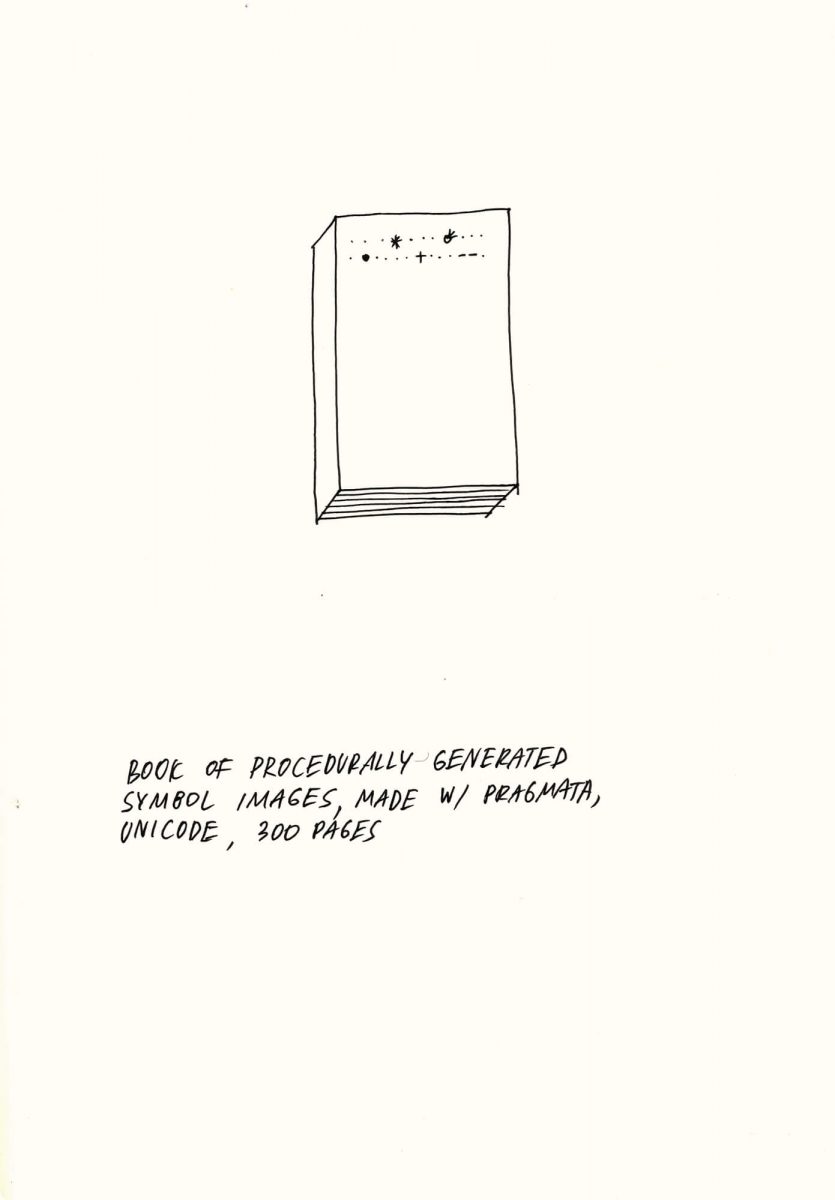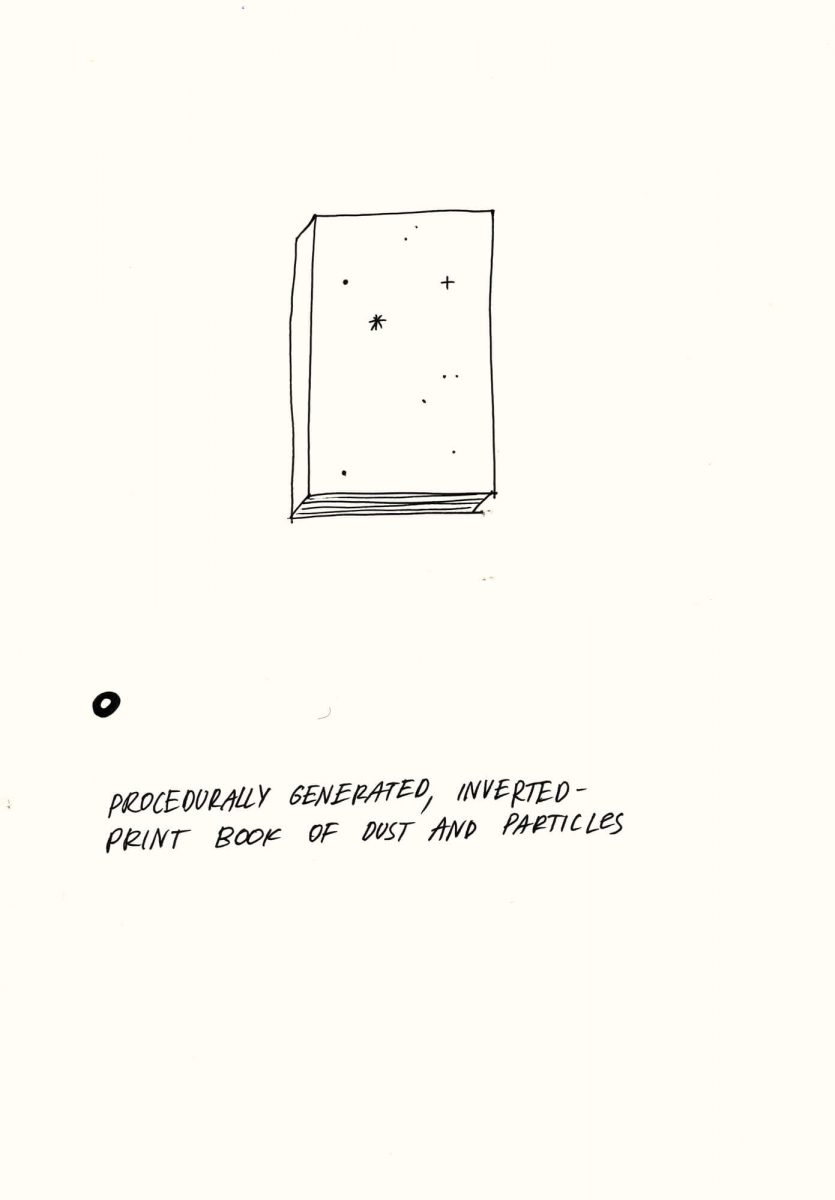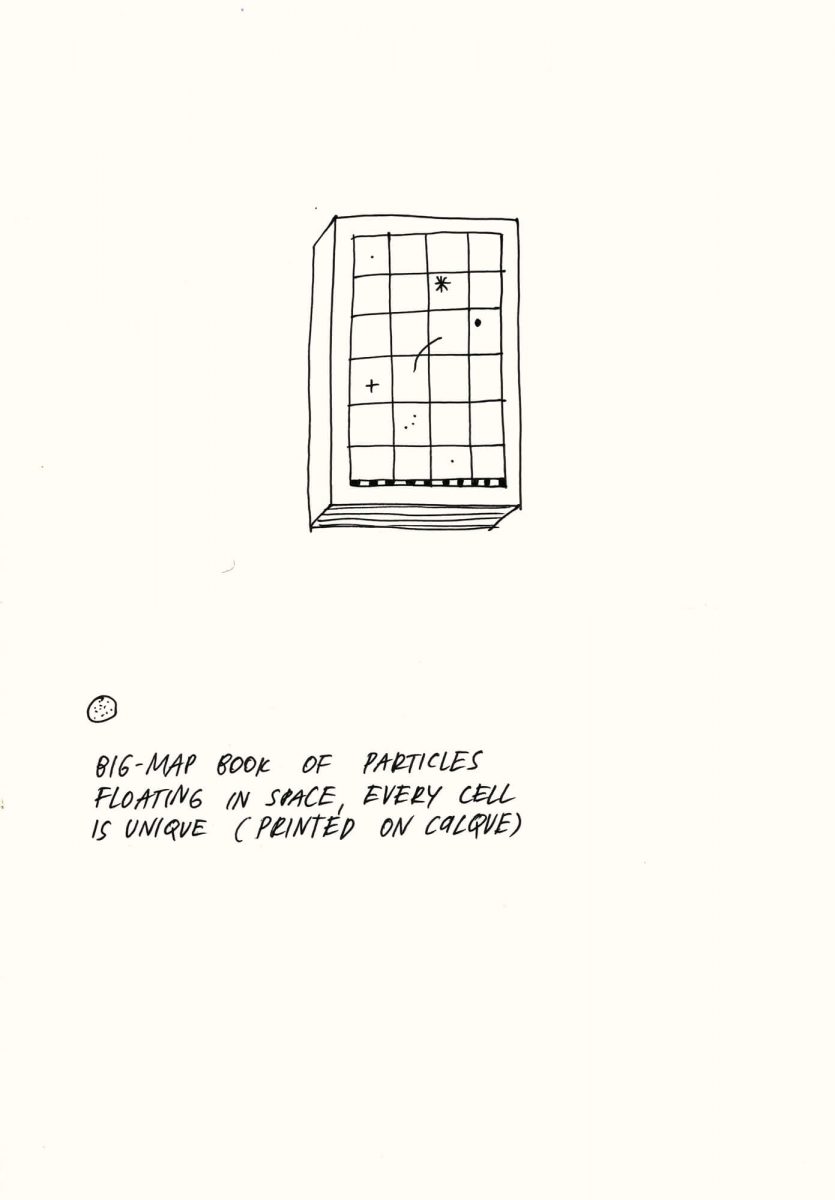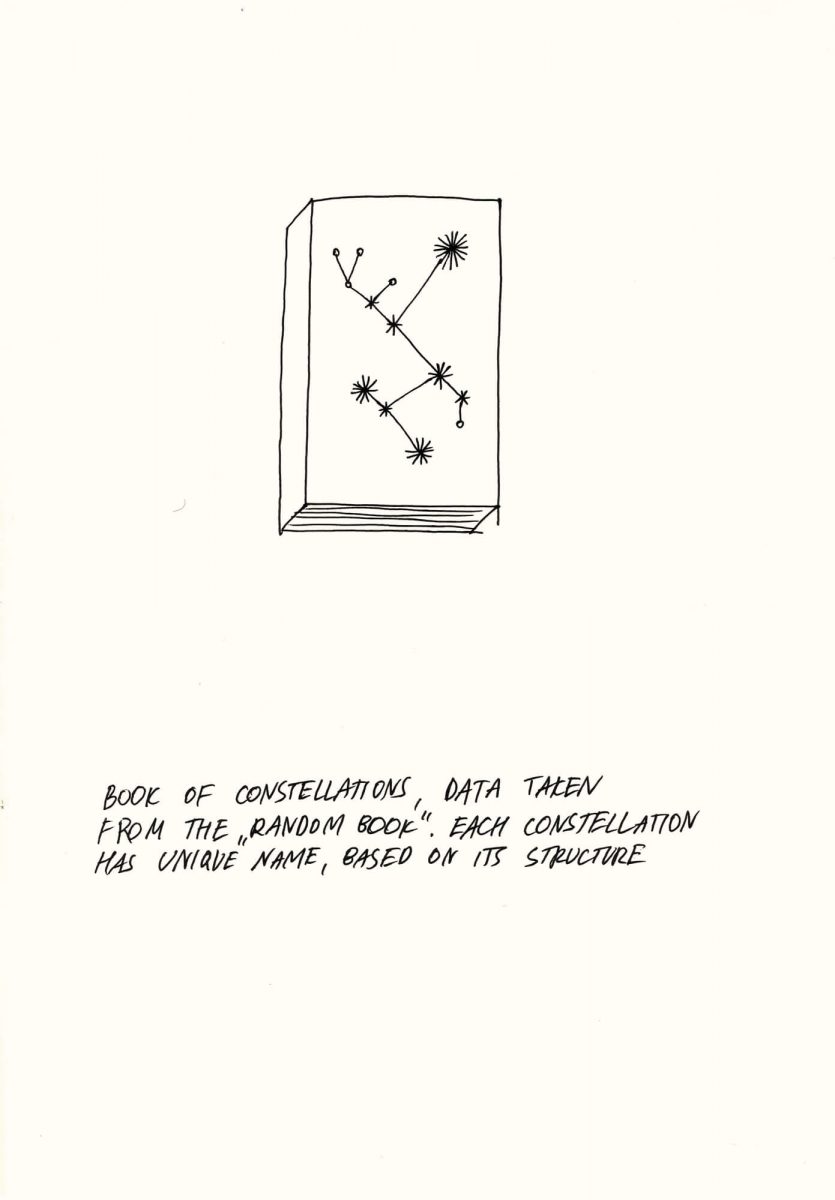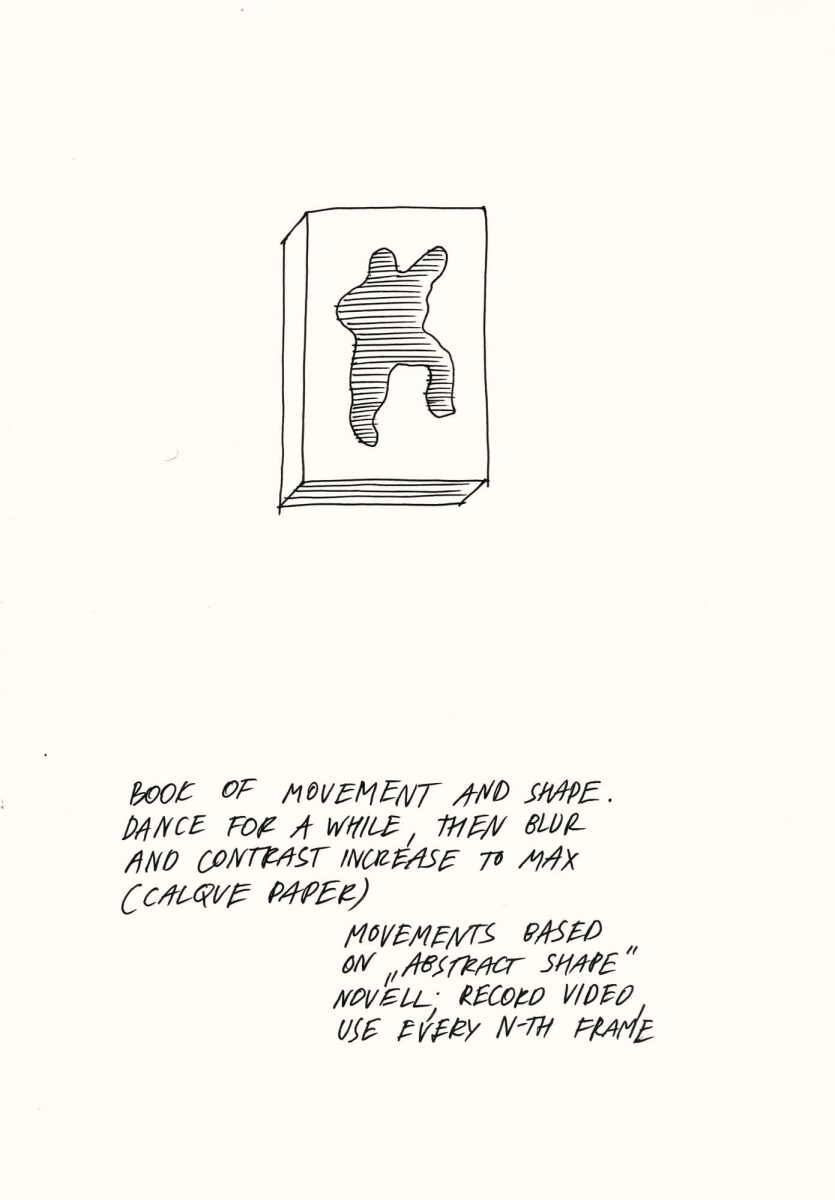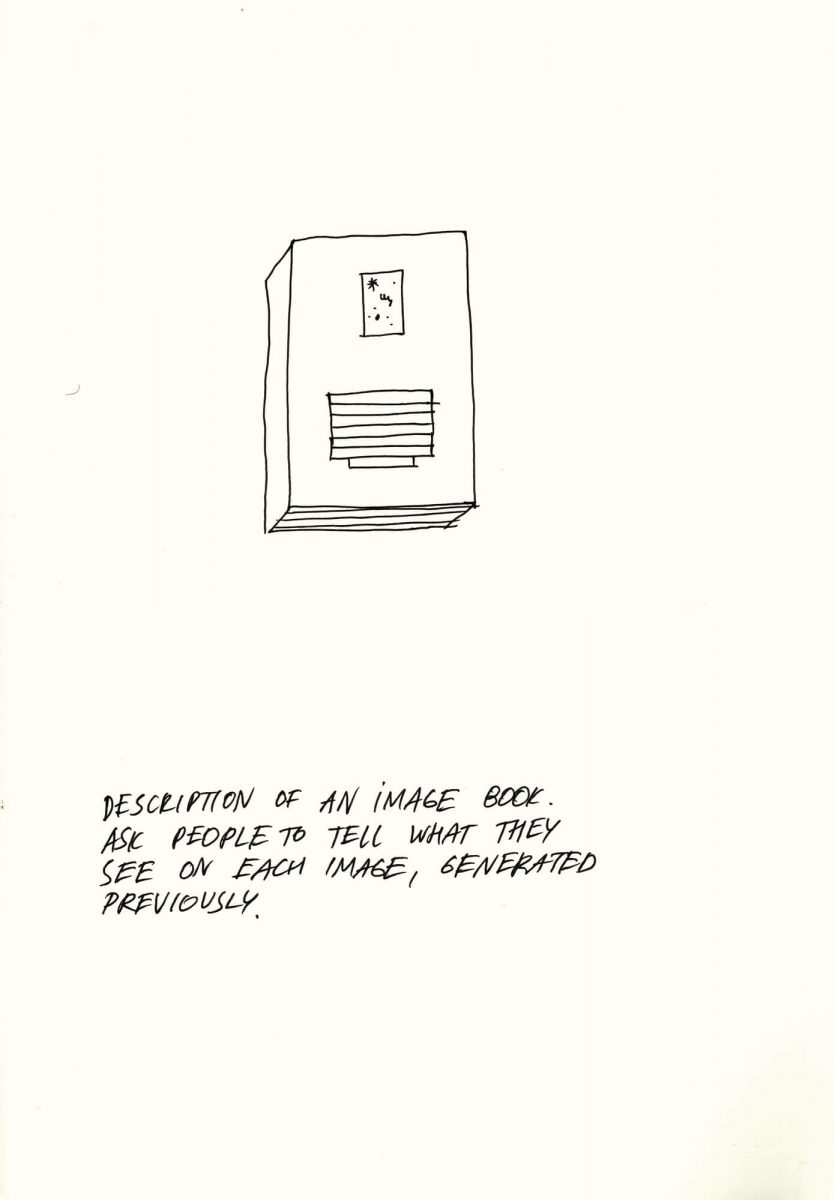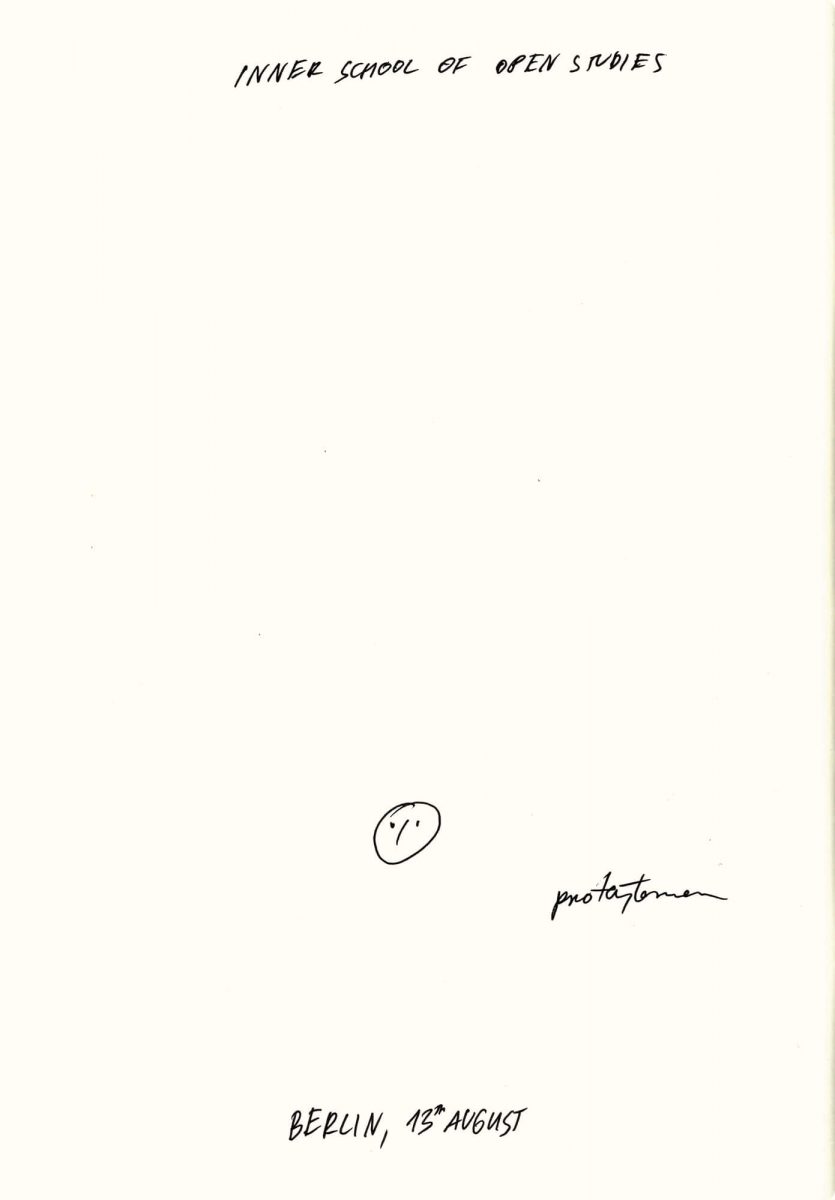- Зачем нужна случайность?
- Случайность помогает думать
- Ведь когда ты думаешь сам с собой, то, по сути, не думаешь вообще
- Просто бегаешь от вопроса к любым решениям
- А решений всегда больше, чем тебе нужно
- Потому что мы ограничены временем и пространством
- Самое ценное — пространство, ведь в нем видно течение времени
- В большом доме ты можешь слышать приближение гостя
- В большом пространстве есть место хранить артефакты прошлого
- А значит, есть место хранить память об прошедшем времени
- Память о прошедшем не только делает многомерным твой опыт
- Но и создает очаги интереса, а значит, и притяжения в будущем
- Имея множество очагов интереса в будущем ты становишься свободным
- Свобода находится на пересечении выбора и любви
- Чем больше возможности и любви, тем богаче будущее
- Чем многообразнее будущее, тем больше выборов предстоит сделать
- А делать выбор — убирать части будущего
- Но зачем отрезать то, что рождено расширятся?
- Просто потому что время сильнее всех
- Ты можешь любоваться закатом
- Но только что погасло еще несколько точек притяжения в будущем
- Но это совсем не страшно
- На старые у тебя больше энергии
- А значит, они сильнее притягивают
- И, может быть, завтра ты решишь не смотреть на закат
- Потому что будешь сидеть и любоваться будущим
- Ведь любоваться чем-то, значит уже приближаться к нему
- Когда мы чем-то любуемся, мы замираем не просто так
- Мы должны перестать дергаться и сопротивляться
- Чтобы источник ценного мог спокойно подтянуть нас к себе
- Ценное не терпит суеты
- На то оно и ценное, потому что больше, чем ты
- А то, что больше тебя, всегда хотело бы видеть в тебе равного
- Стремиться быть равным с ценным непросто
- Потому что может показаться, что кто-до быстрее тебя достигнет
- Твоего ценного
- А значит — украдет, заберет, спрячет
- Но мелочность — оскорбление ценности
- Оставьте ценное в покое
- Ешьте, гуляйте, играйте
- А когад это все сделаете, просто смотрите и любуйтесь ценным
- Так оно поймет, что вы равны
- Равенство не в единстве качеств
- Равенство — это гармония отличий
- Гармония — это следствие ритма
- Ритм — это управление энергией во времени
- Время — это просто движение
- Чтобы угадать ритм, мы должны помнить откуда и куда
- Это позволяет предугадать момент
- Действие внутри момента так скоропостижно
- Что практически равно случайности
- А случайностью мы не умеем управлять
- Попытка подчинить случайность оскорбляет ценность
- Потому что ценность не верит в случайность
- И ты не верь
- Не верь
- Верь
- То, что ты называешь случайностью
- Это просто притяжение к ценности
- Вместо случайности как результата
- Люби дорогу к ценности как процесс
- Сохраняй то, что нашел в этой дороге
- Потому что сложный момент
- Ты сможешь вспомнить о ней из прошлого
- И продолжить любоваться ей на равных
- Но твоя ценность никогда не усомнится в тебе
- Не ты ее выбирал
- А она выбрала тебя
- Не сопротивляйся
- Наблюдай. Любуйся.
Values and chances
1.Why do we need chance?
2.Chance helps to think
3.Indeed, when you think all by yourself, then, in fact, you do not think at all
4.Just run from a question to any decisions
5.Though there are always more decisions than you need
6.As we are limited by time and space
7.Space is the most valuable, it reflects the flow of time
8.You can hear a guest coming in a big house
9.There is a place to store artefacts of the past in a large space
10.So there is a place to keep the memory of the past
11.The memory of the past not only makes your experience multidimensional
12.But also creates point of interest, hence, the attraction in the future
13.You become free having many pints of interest in the future
14.Freedom stands at the crossroad of choice and love
15.The more opportunities and love, the richer the future
16.The more variable is the future, the more choices will have to be made
17.To make a choice is to remove parts of the future
18.Why do we cut off something born to expand ?
19.Because the time is the stronger than anything
20.You an feast eyes on the sunset
21.And some more points of attraction in the future just faded
22.Though it not scary at all
23.You have more energy for the old ones
24.So they attract more
25.Probably tomorrow you’ll make up your mind not to watch the sunset
26.As you will sit and delight in the future
27.To delight something is to get close to it
28.When we delight something we do not stand still for nothing
29.We need to stop to disturb and resist
30.So the source of value could easily pull us close to it
31.Value can stand vanity
32.That’s why its the value, as it is larger tan you are
33.The thing, larger than you, always wants to treat you as an equal
34.It is difficult to strive to equal value
35.As it could seem that someone reach it faster than you
36.Reach your value
37.That means – steal, take away, hide
38.Pettiness is an insult to the value
39.Leave the value alone
40.Eat, walk, play
41.When you’re done, watch and delight the value
42.So it will understand you are equal
43.Equality is not the unity of qualities here
44.Equality is harmony of differences
45.Harmony is a consequence of rhythm
46.Rhythm is a manager of energy in time
47.Time is just a movement
48.To see the rhythm we shall remember where to and from
49.It allows to predict the moment
50.An action inside the moment is fast and sudden
51.That almost equals to chance
52.We can not manage chance
53.An attempt to subdue chance insults the value
54.As the value does not believe in chance
55.You shall not believe
56.Don’t believe
57.Believe
58.The thing you call a chance
59.is just an attraction to the value
60.Instead of chance as a result
61.Appreciate the way to the value as a process
62.Save what you’ve found in this way
63.As the moment is hard
64.You can recollect it from the past
65.And keep on admiring it equally
66.Though your value will never doubt youе
67.It was not you who chose it
68.It was it that chose you
69.Don’t resist
70.Watch. Admire.
